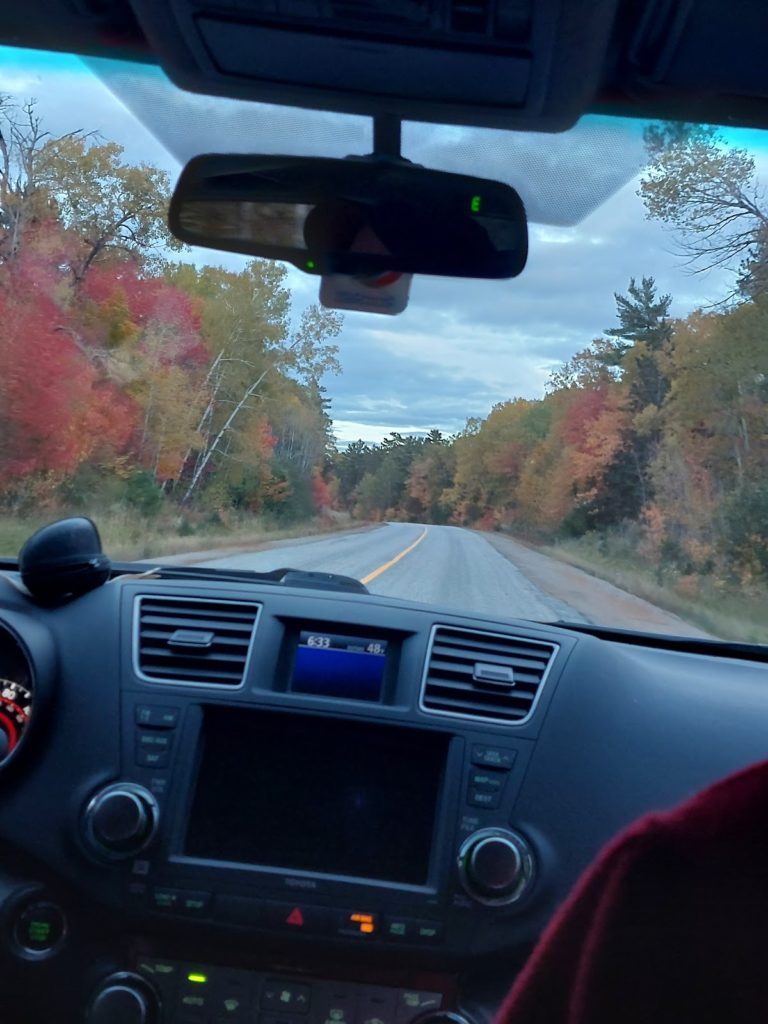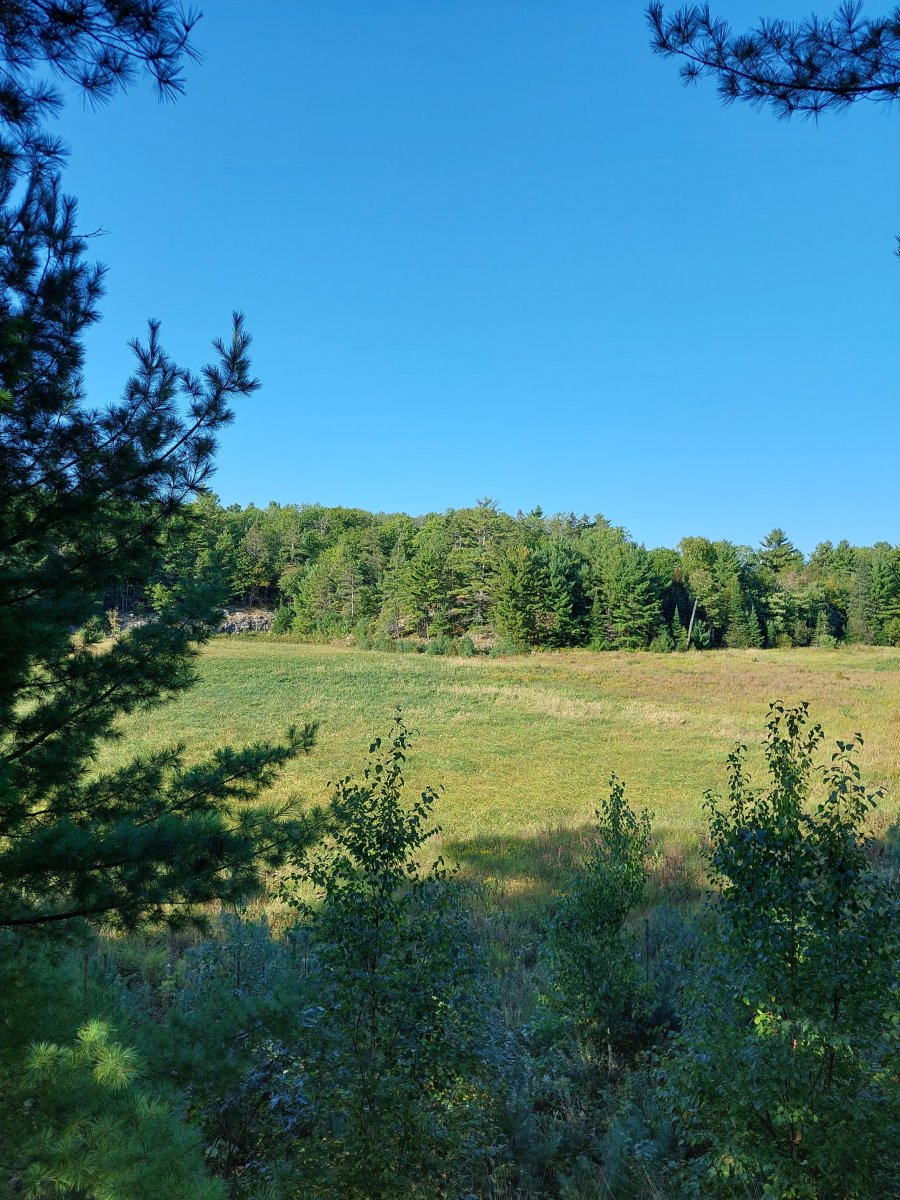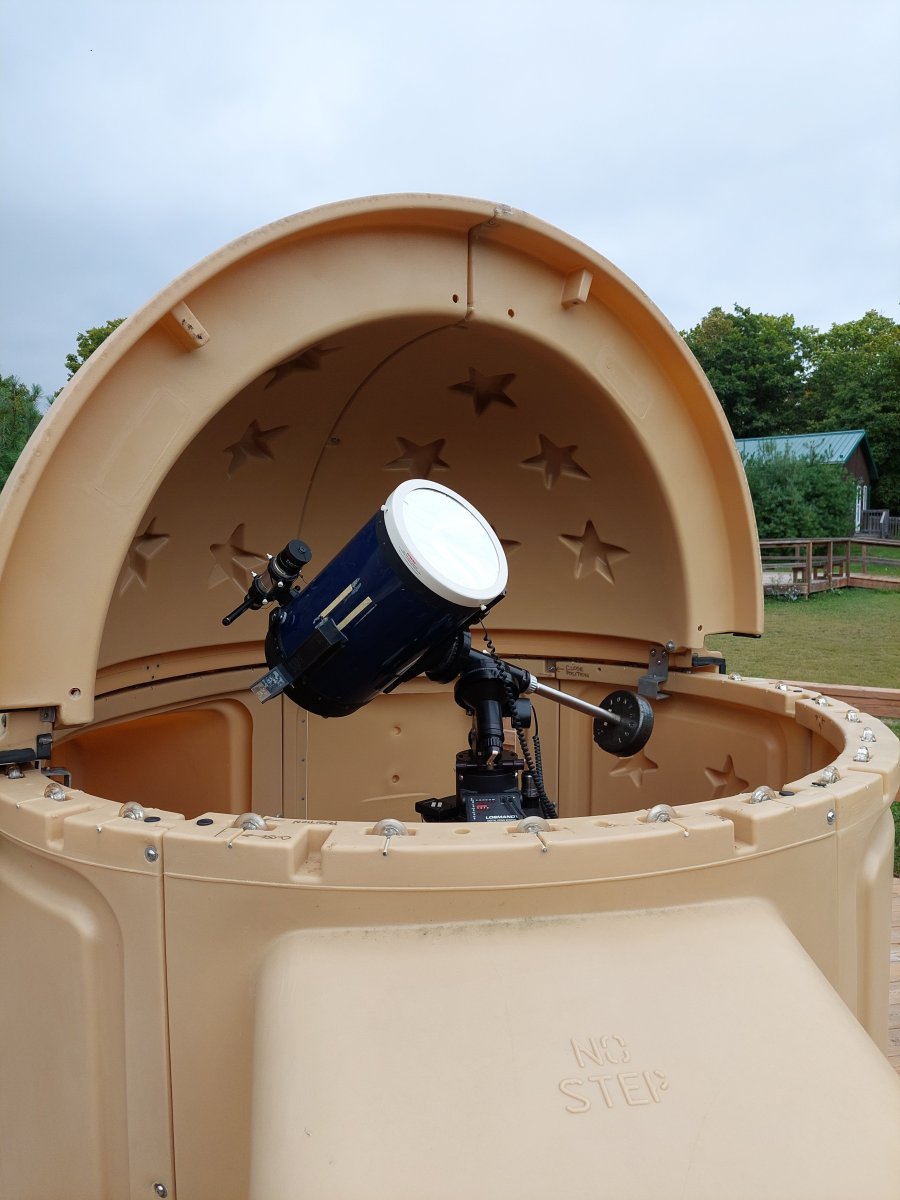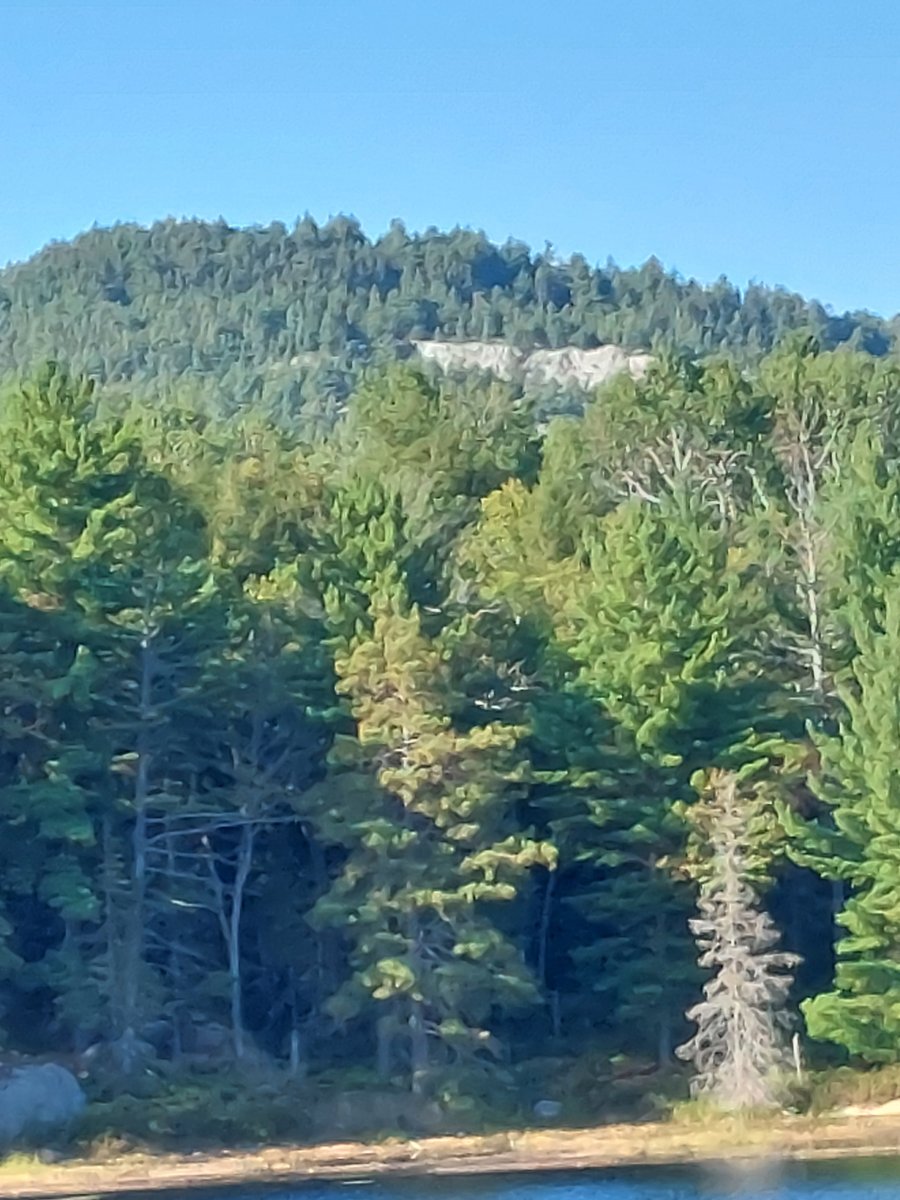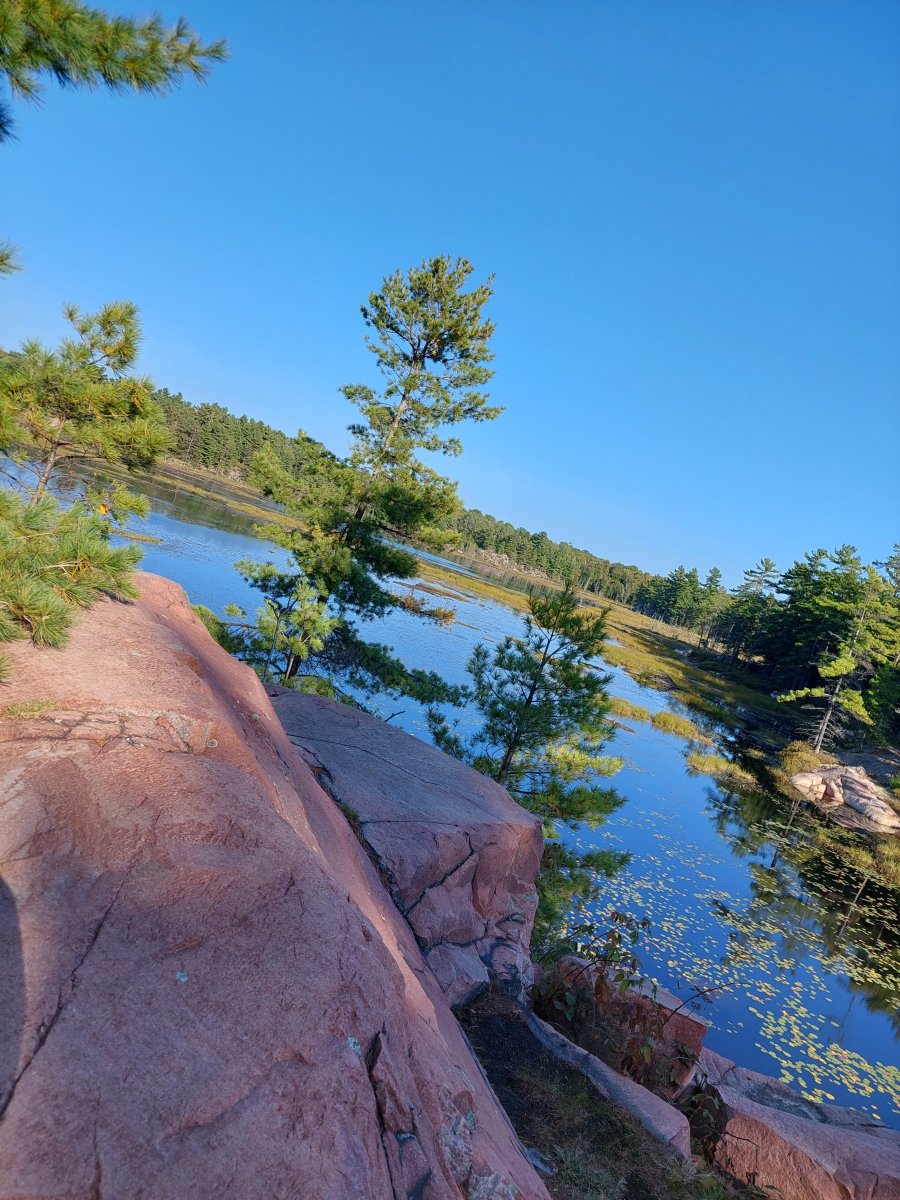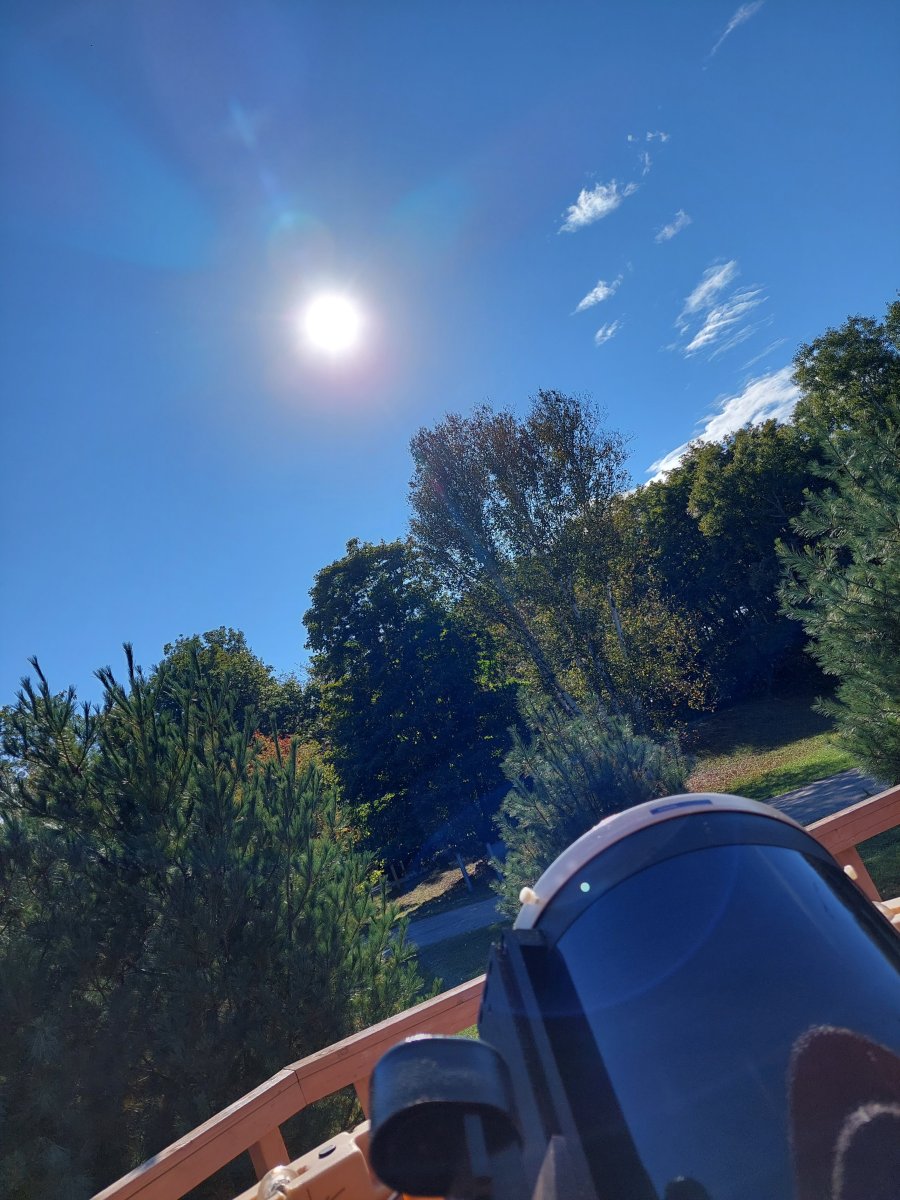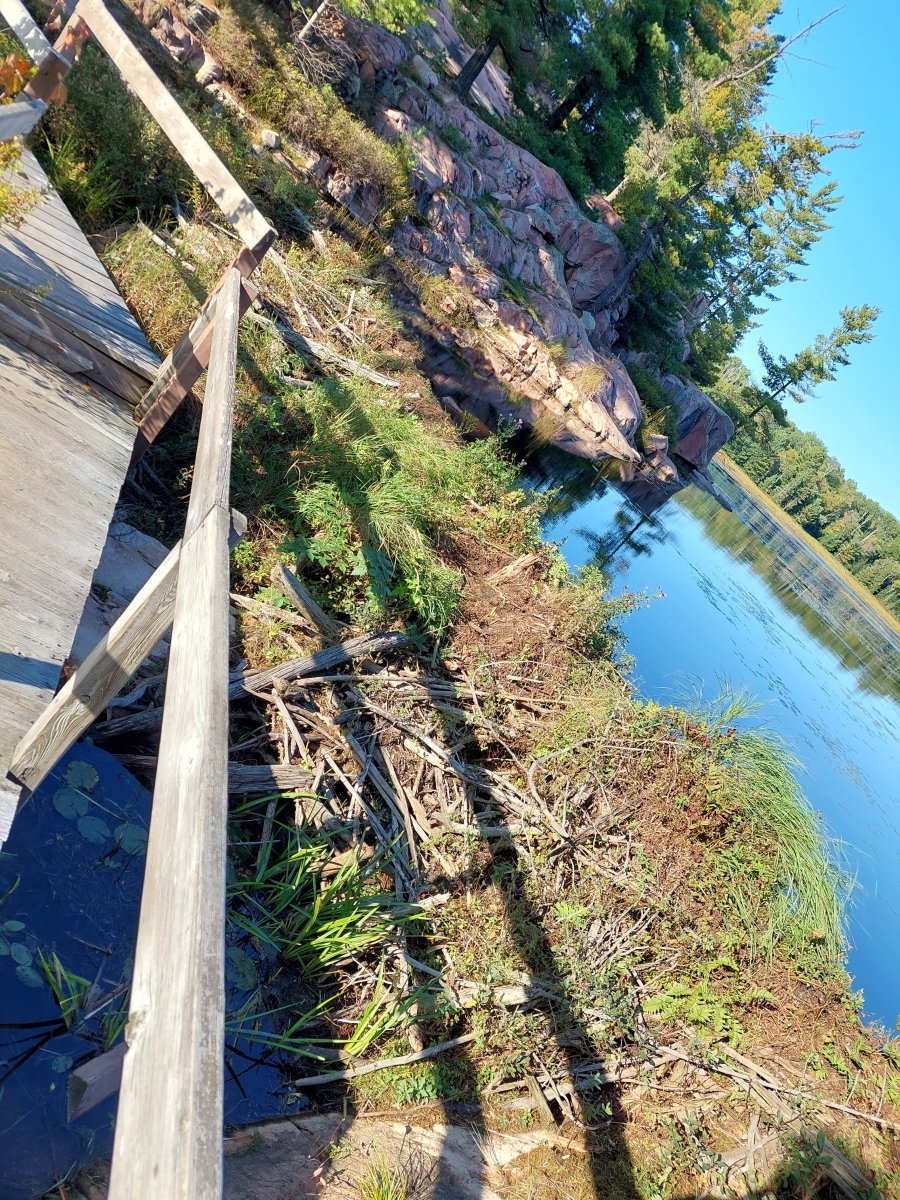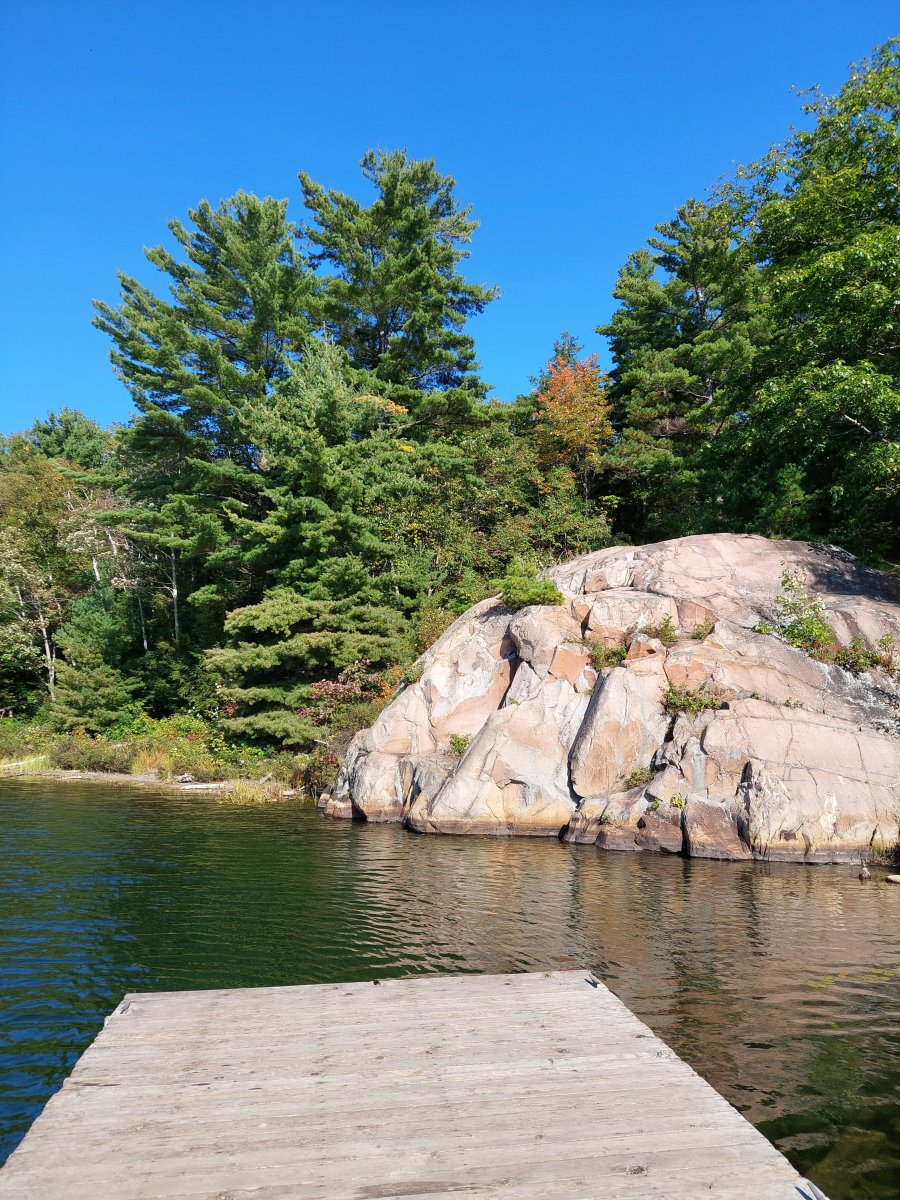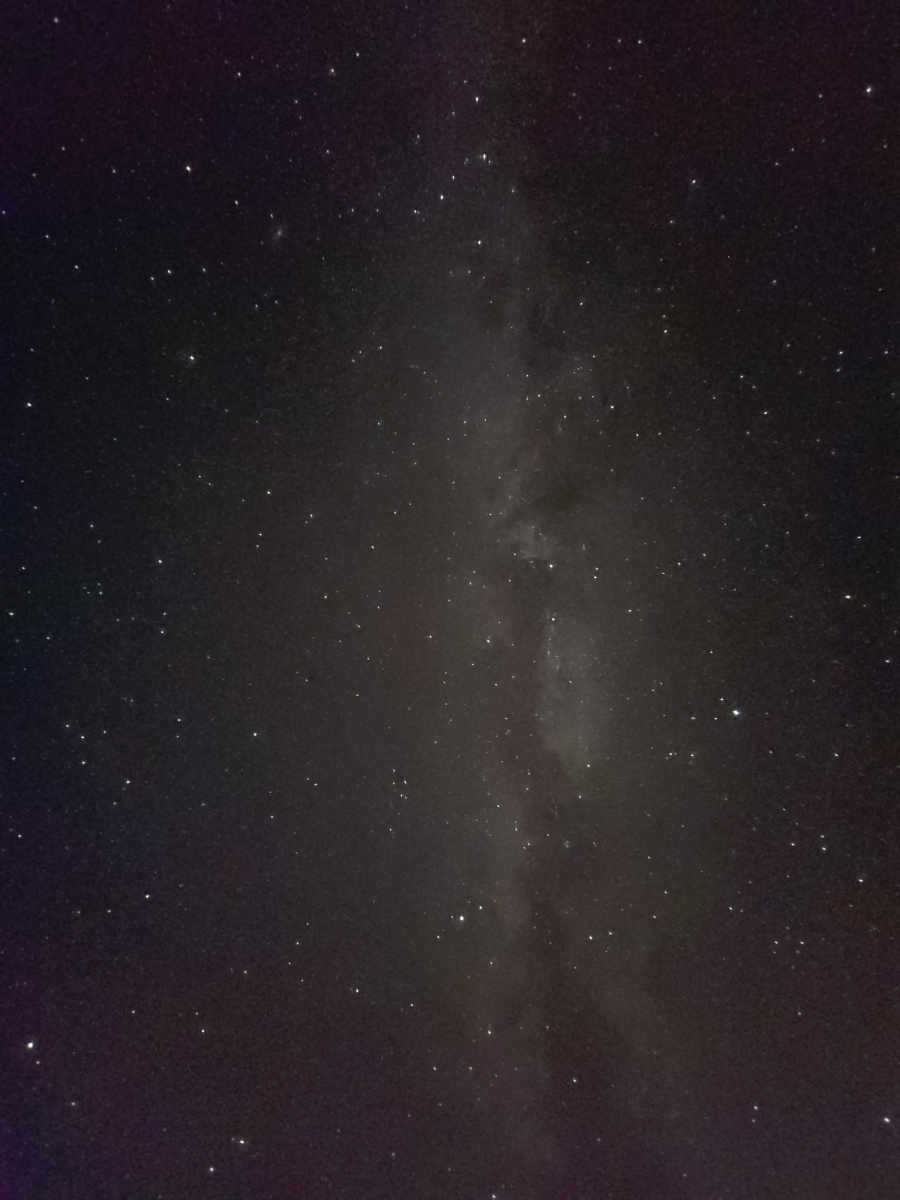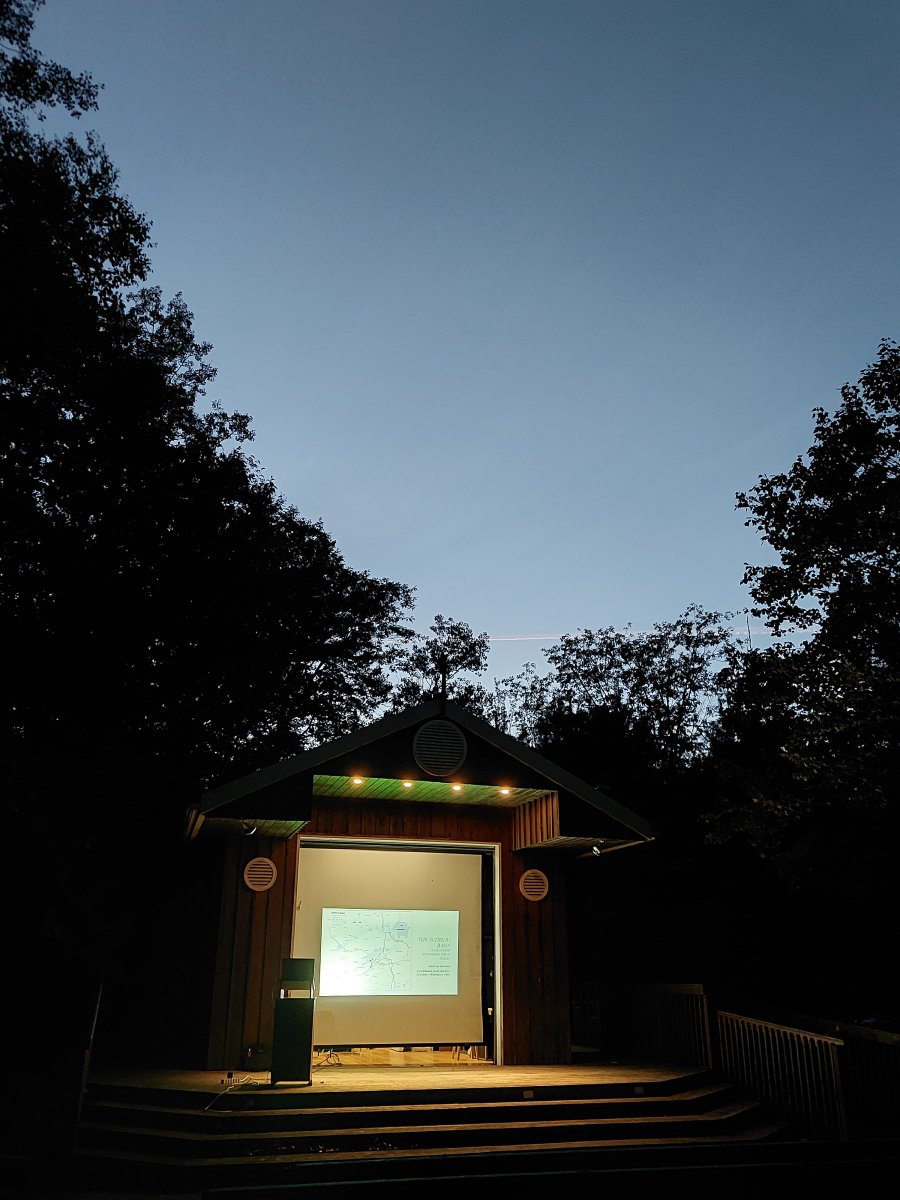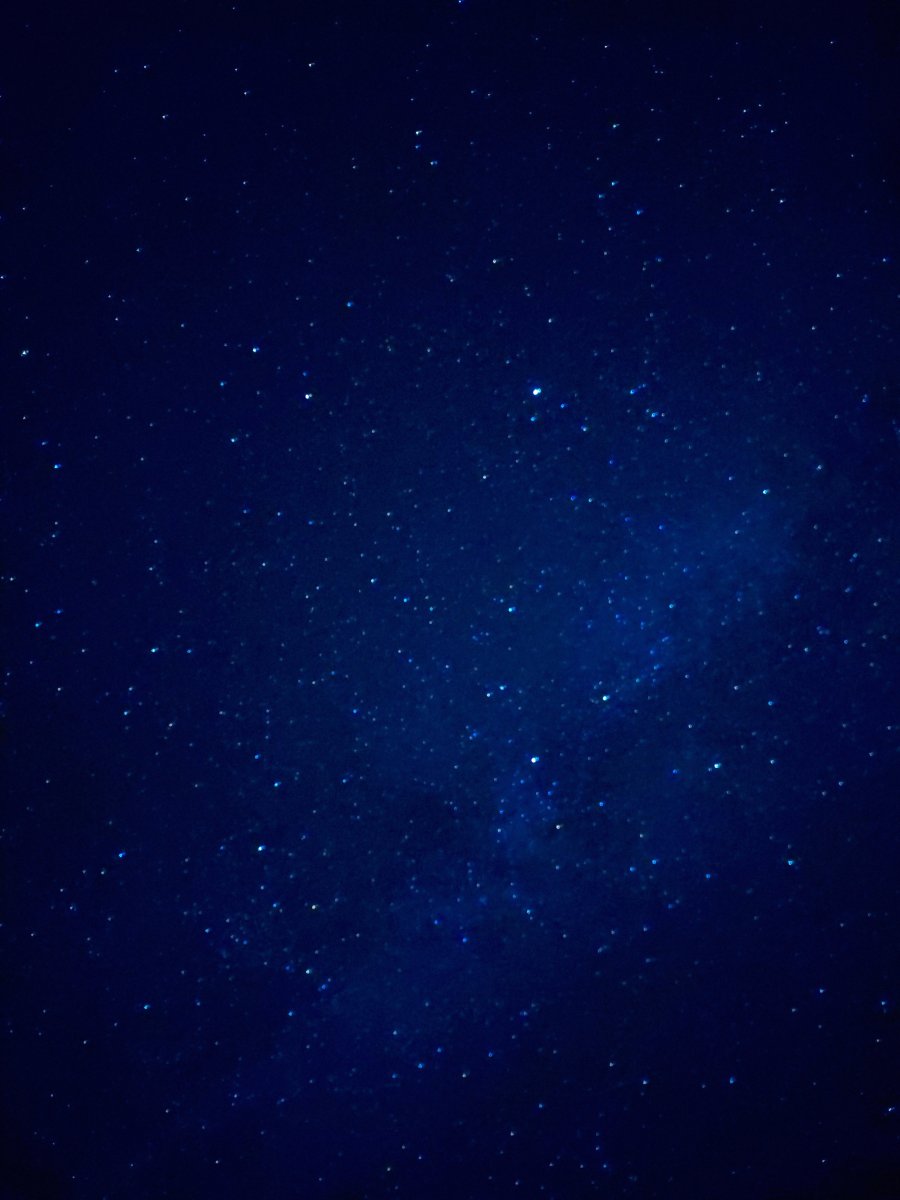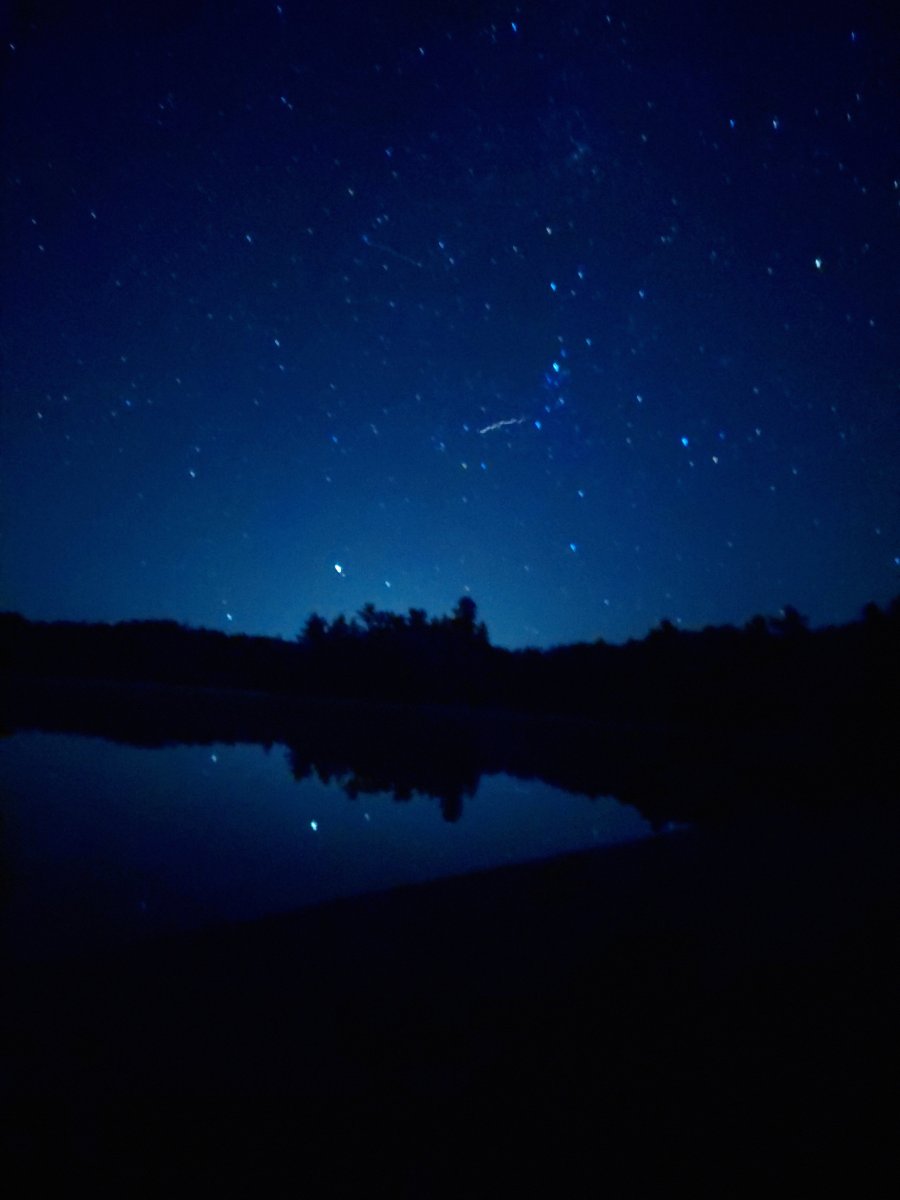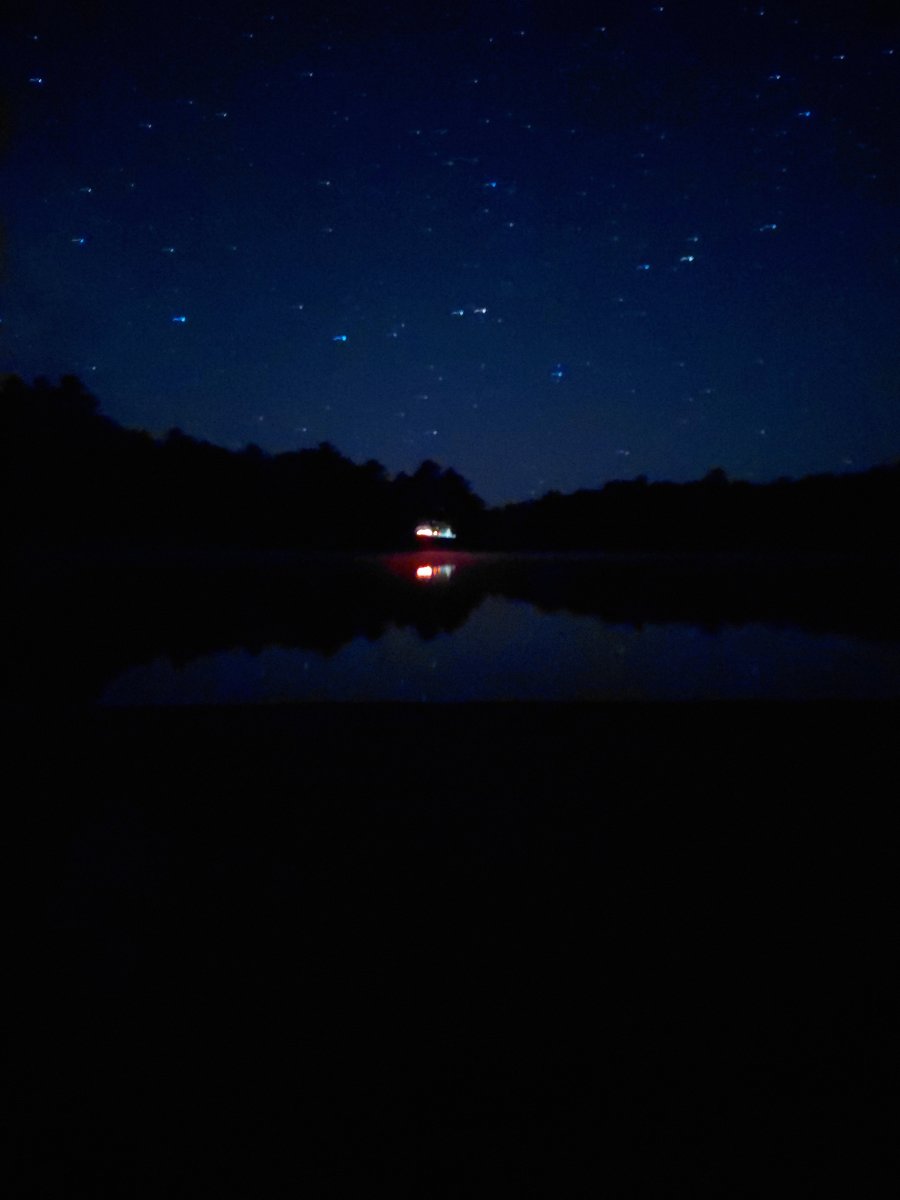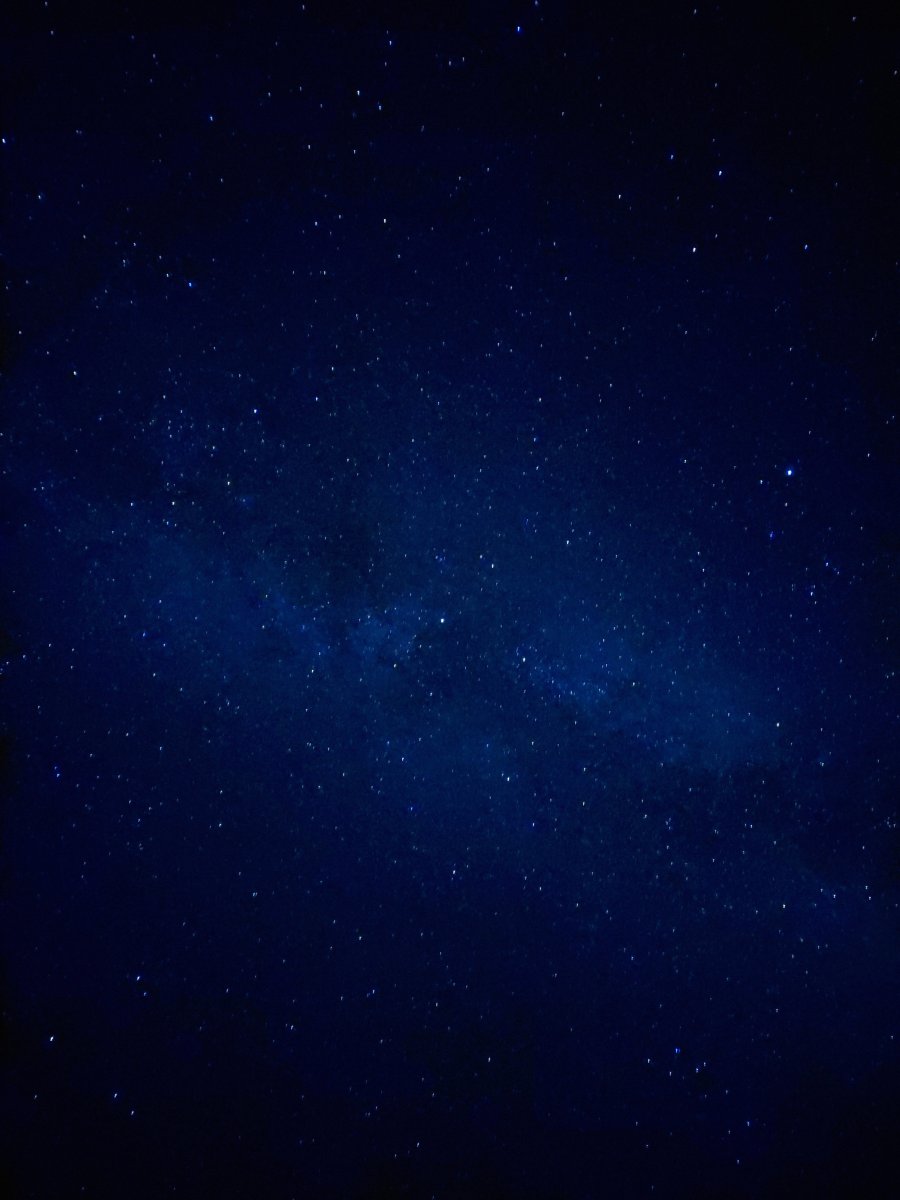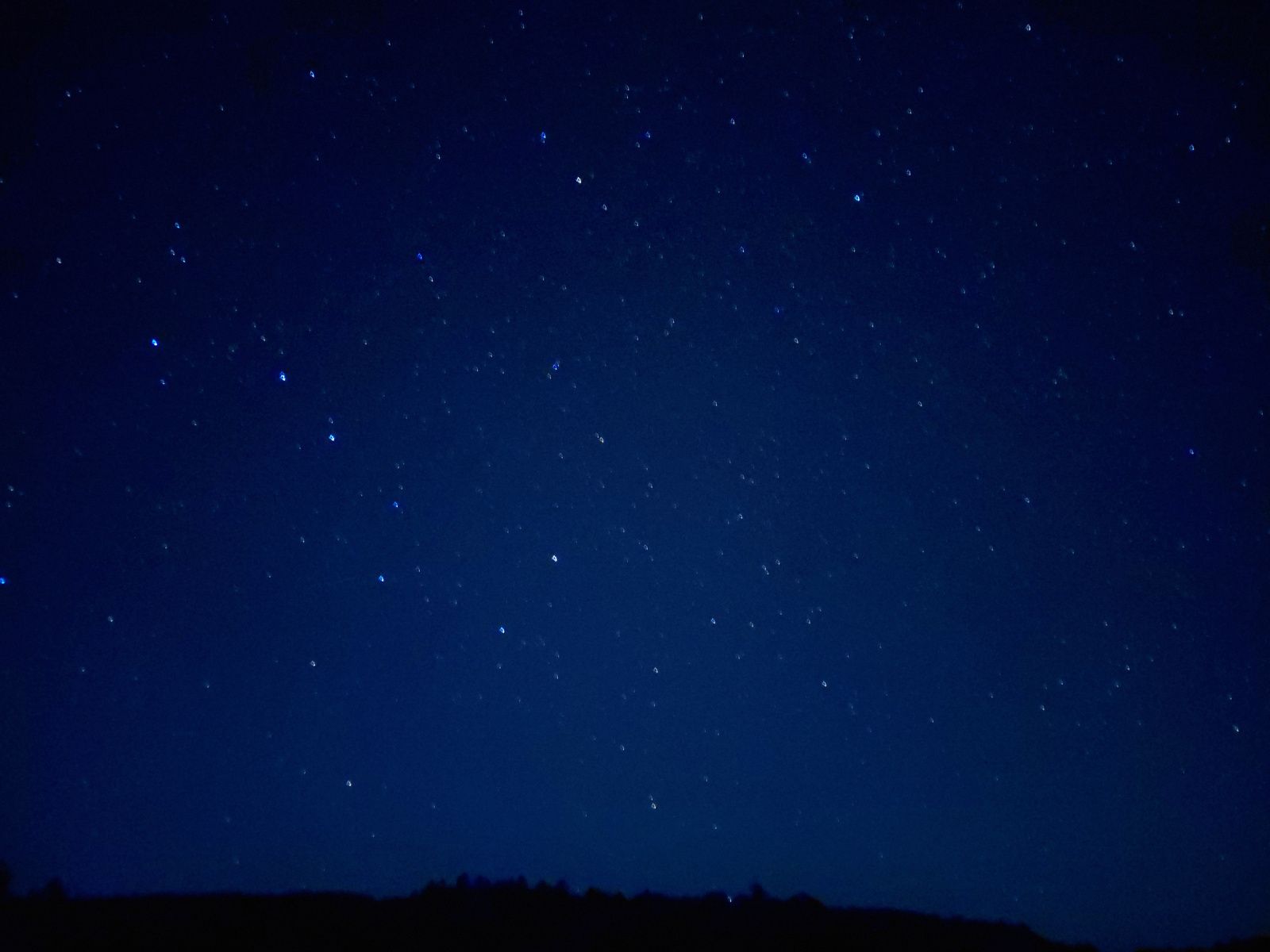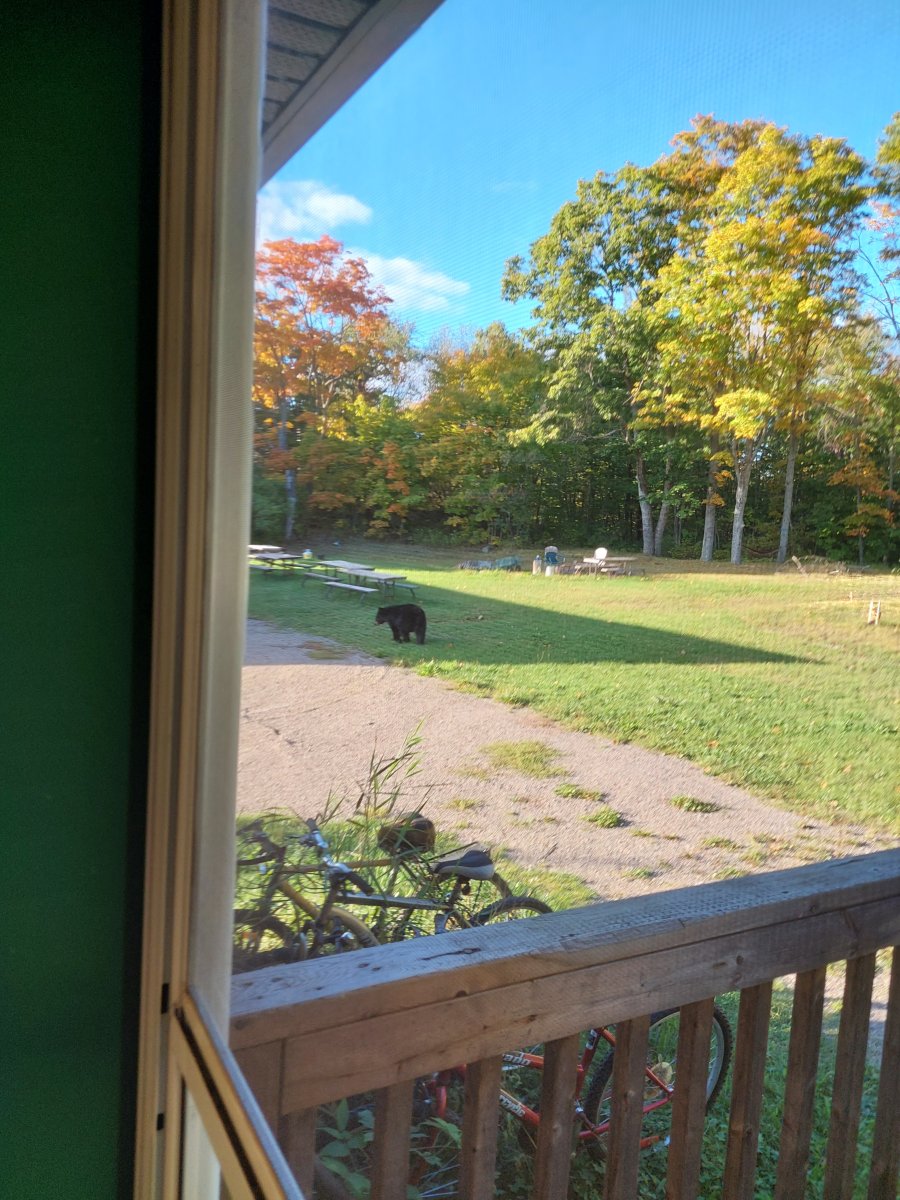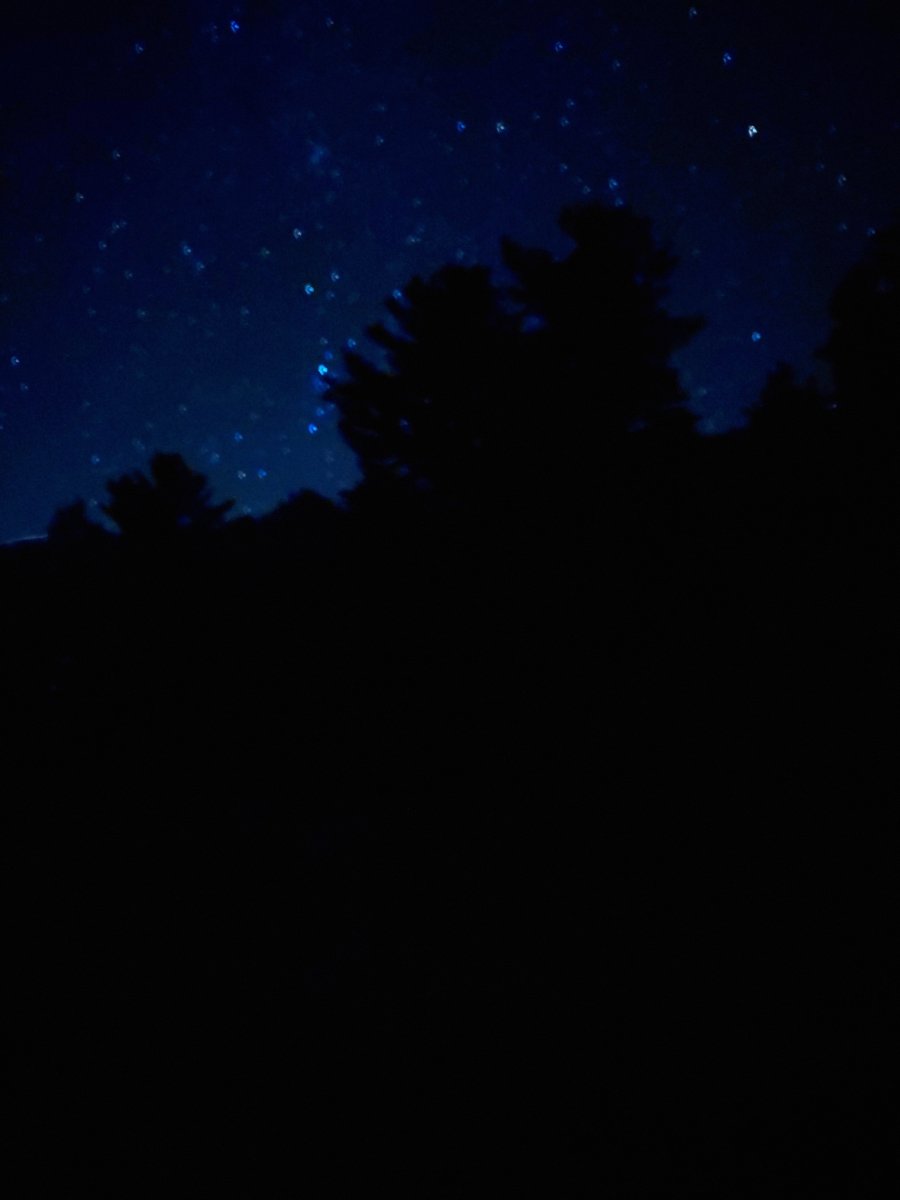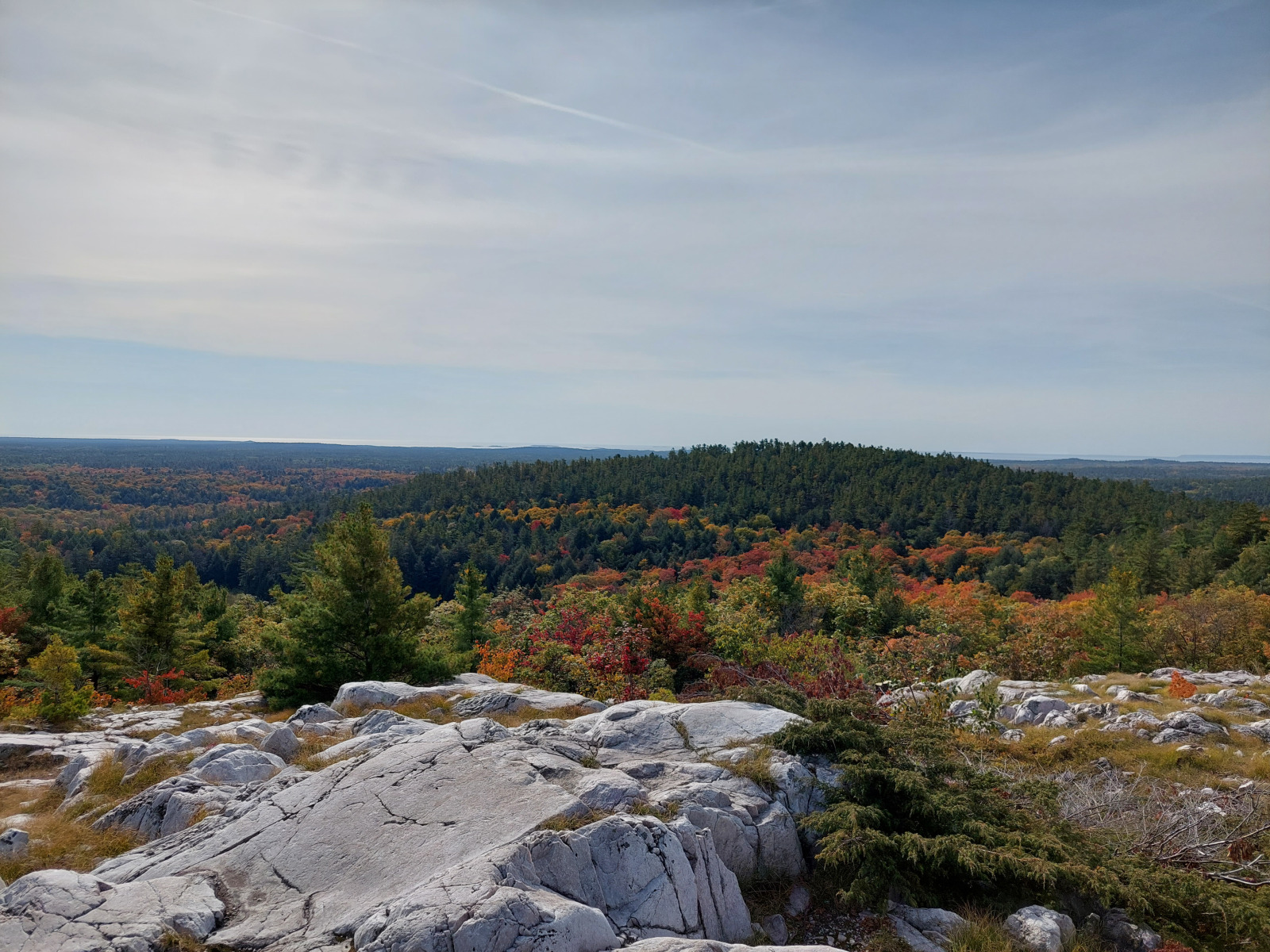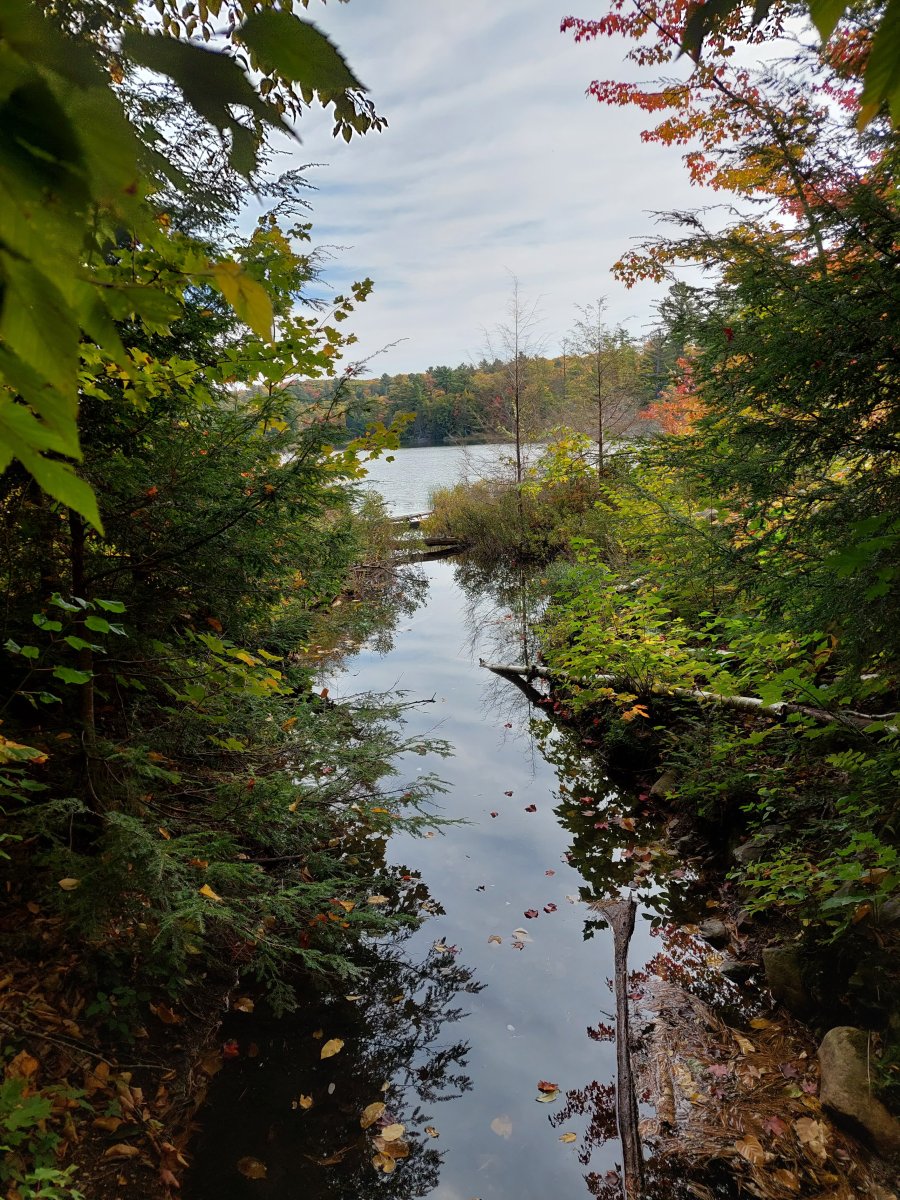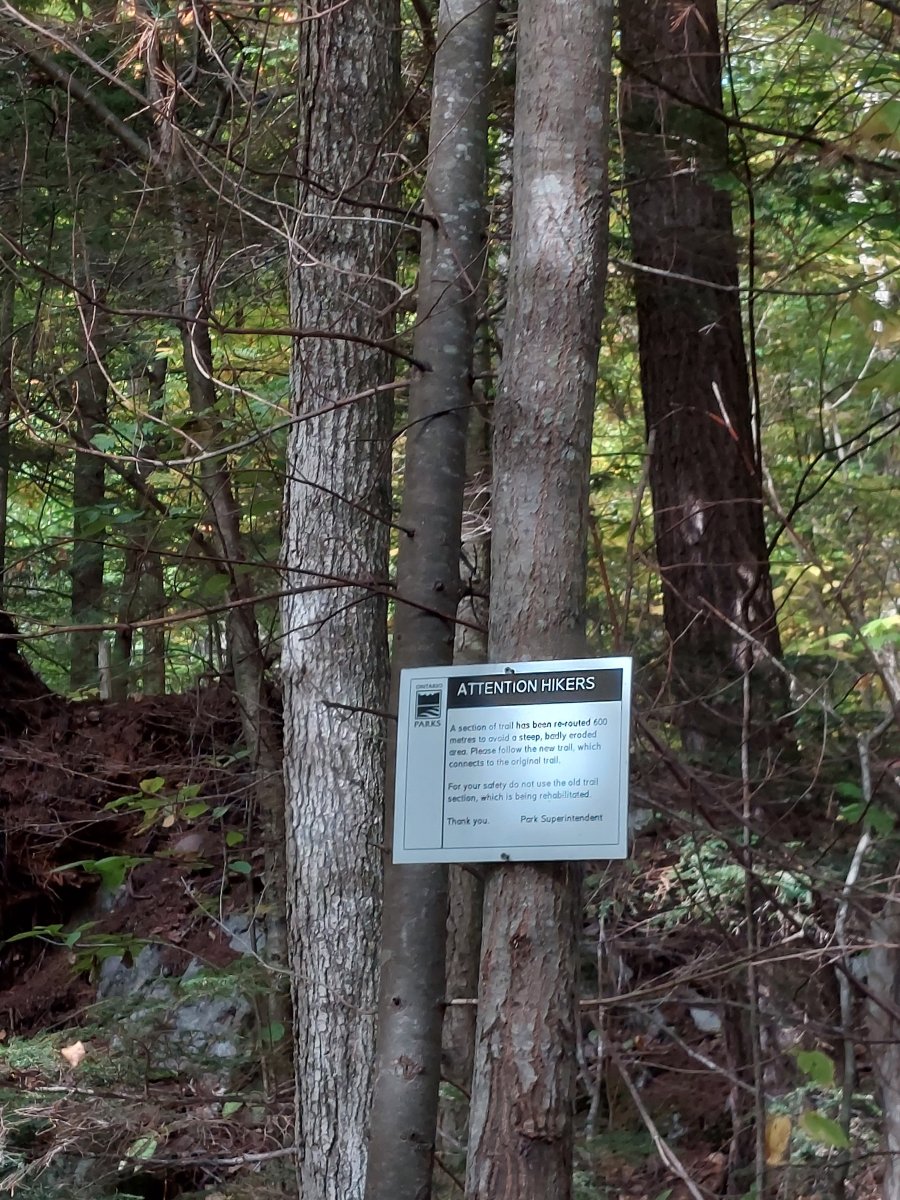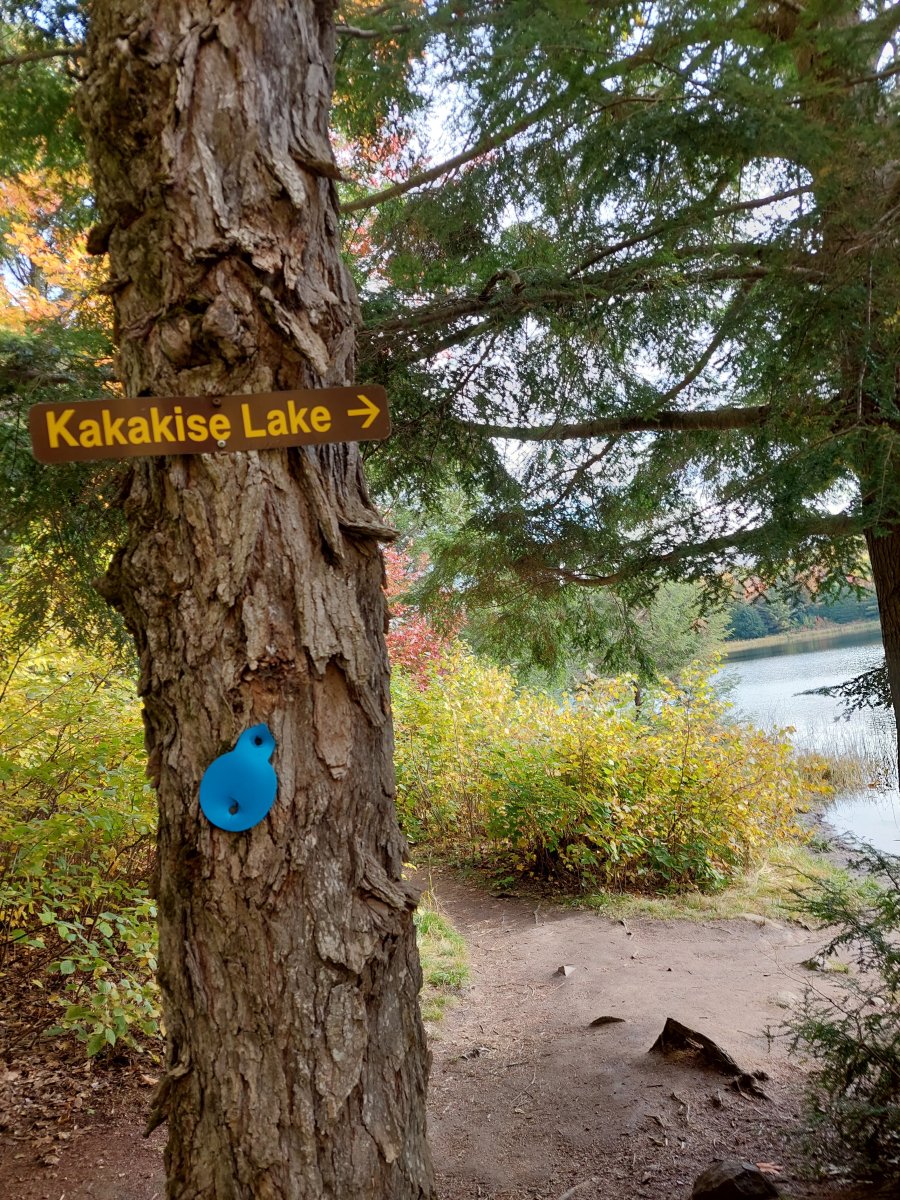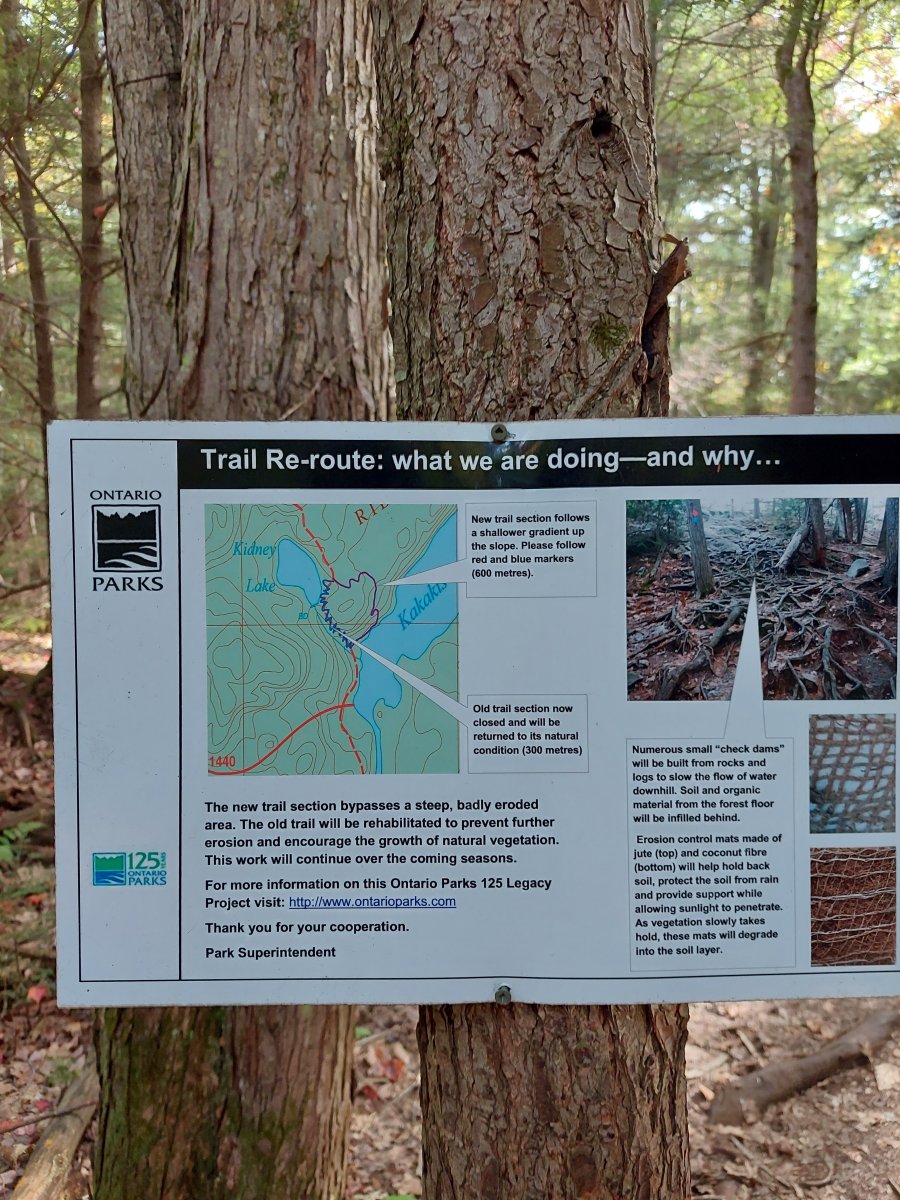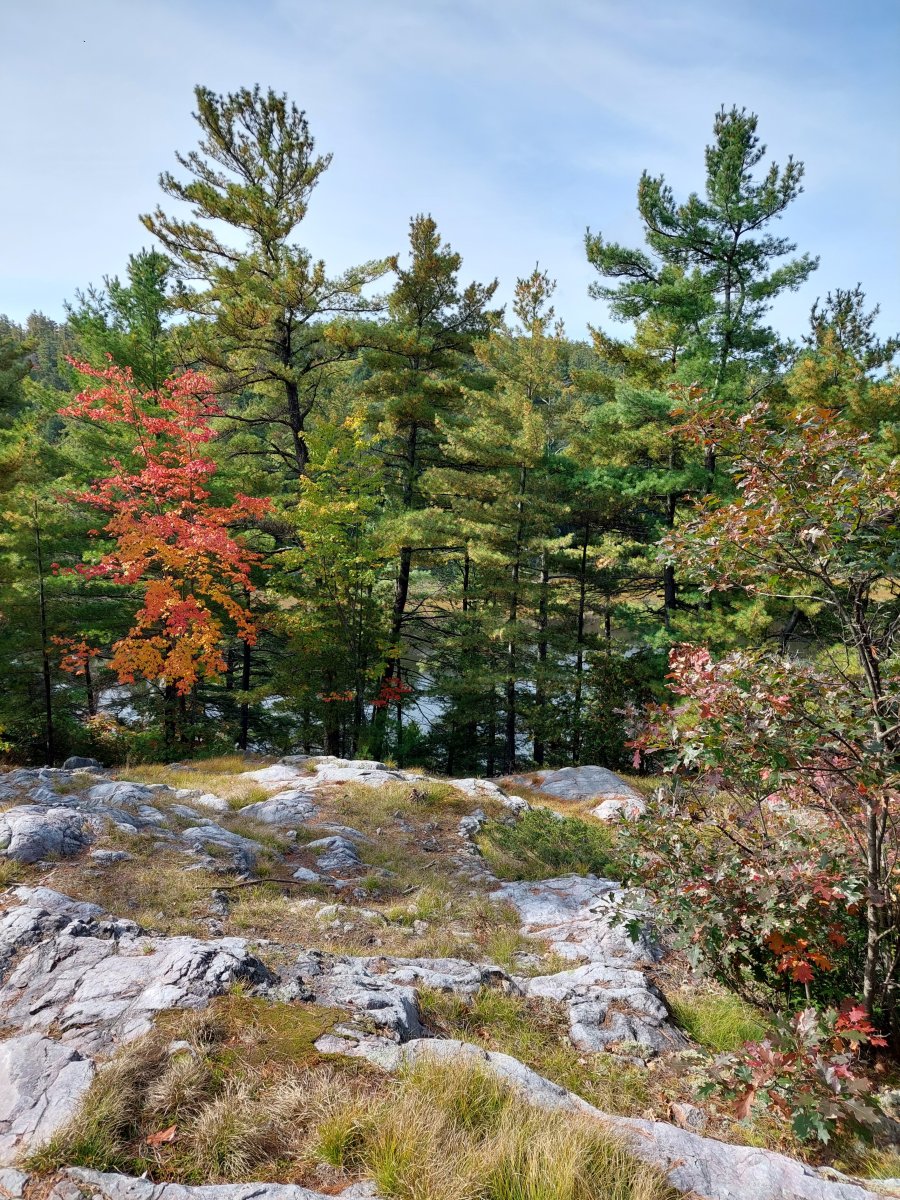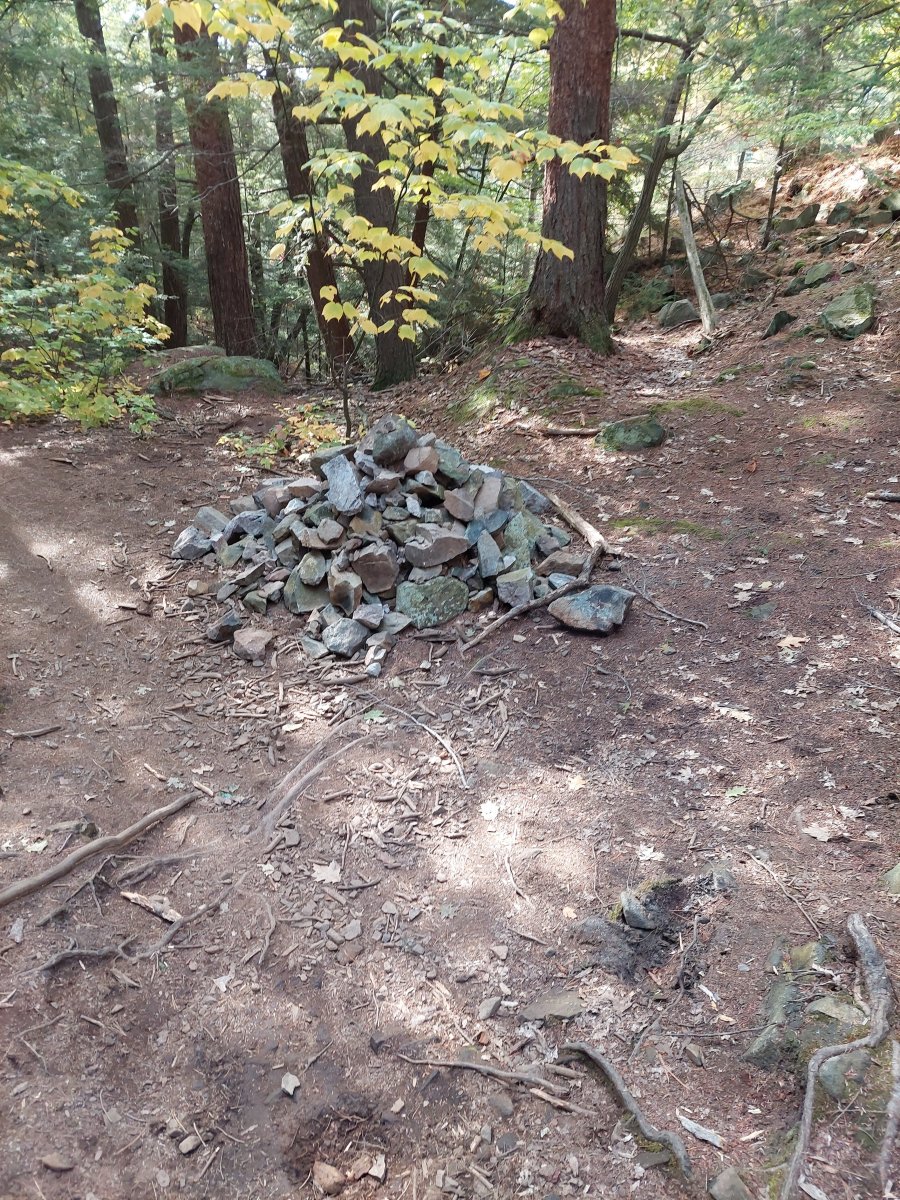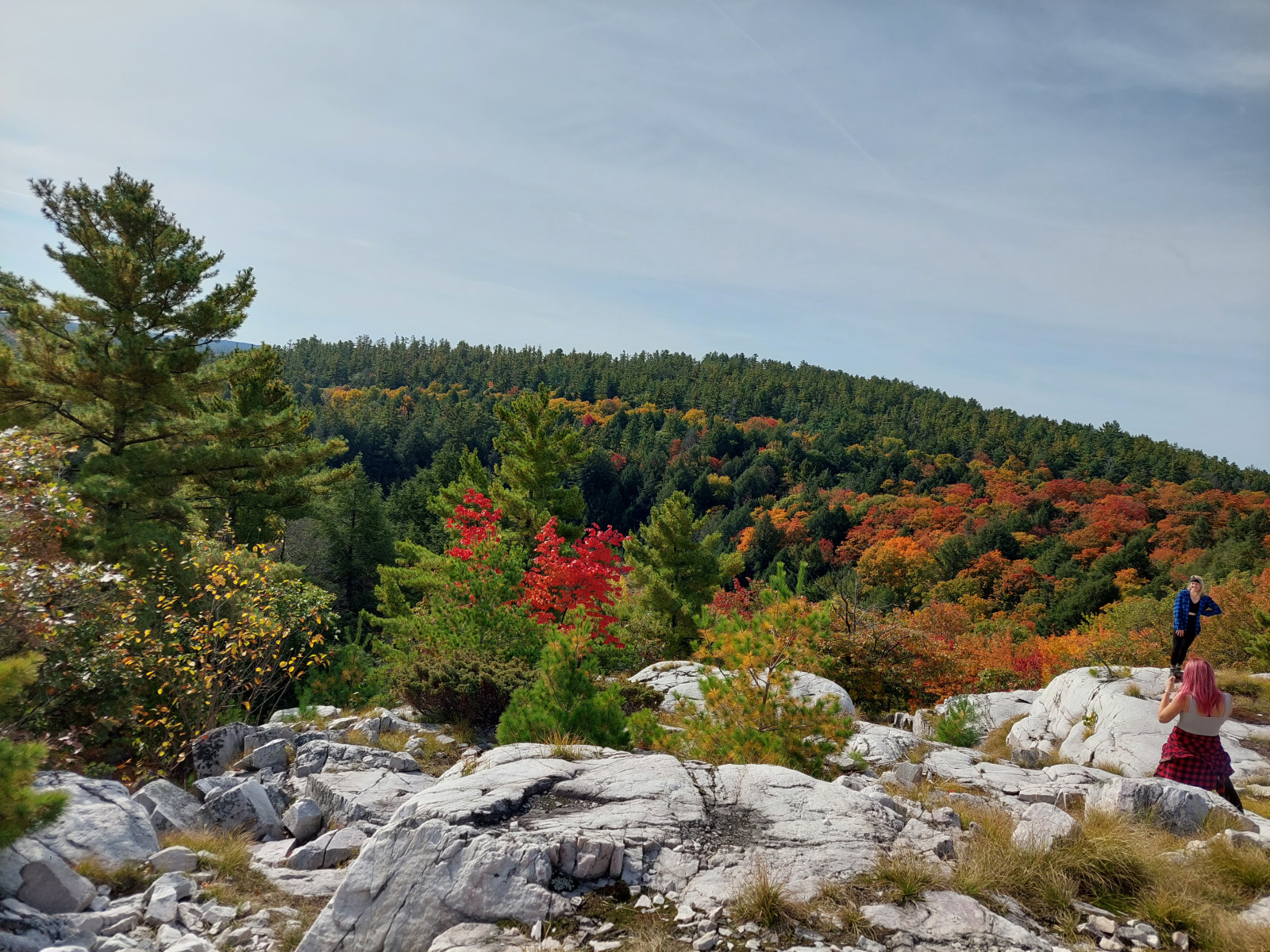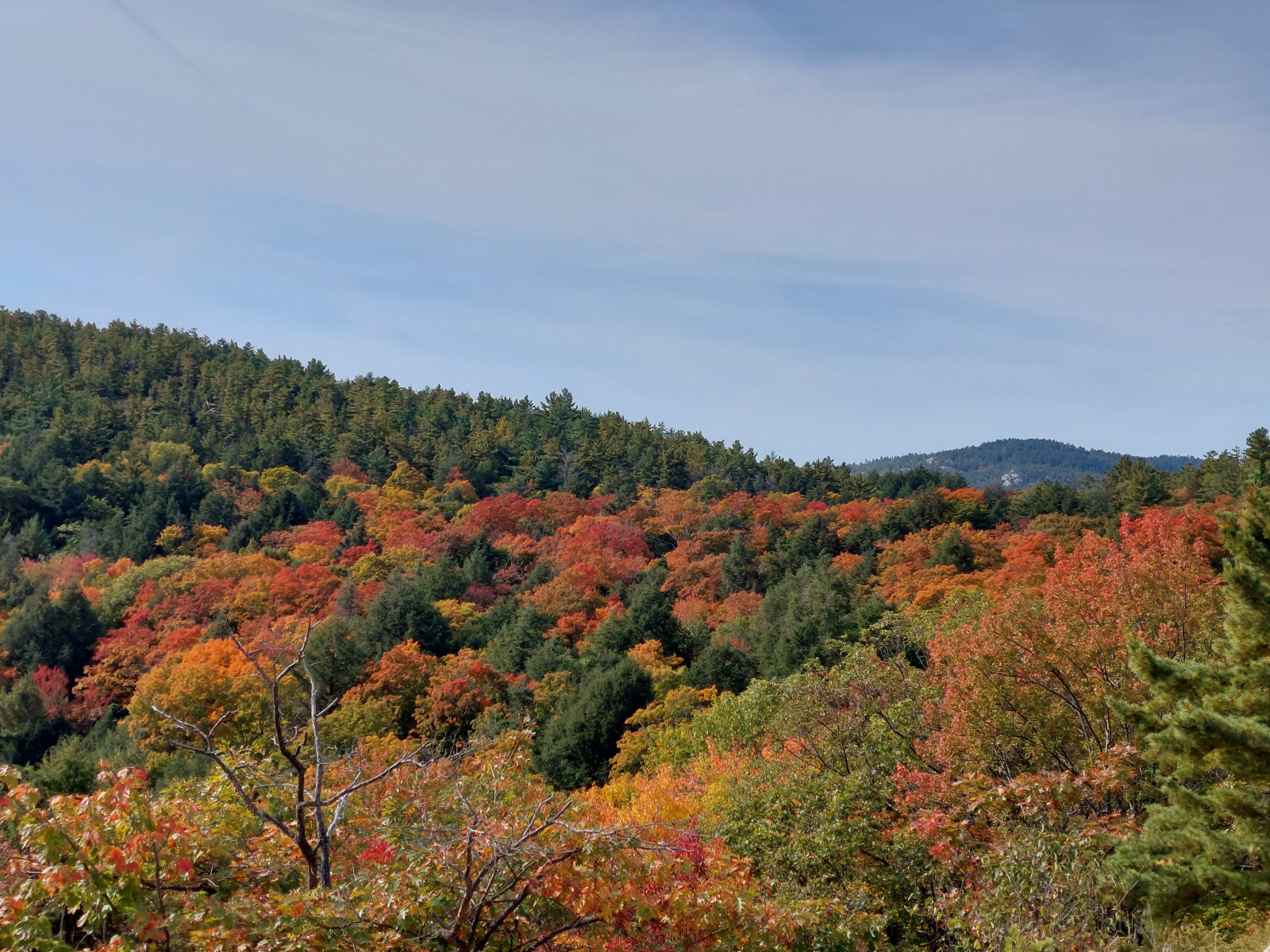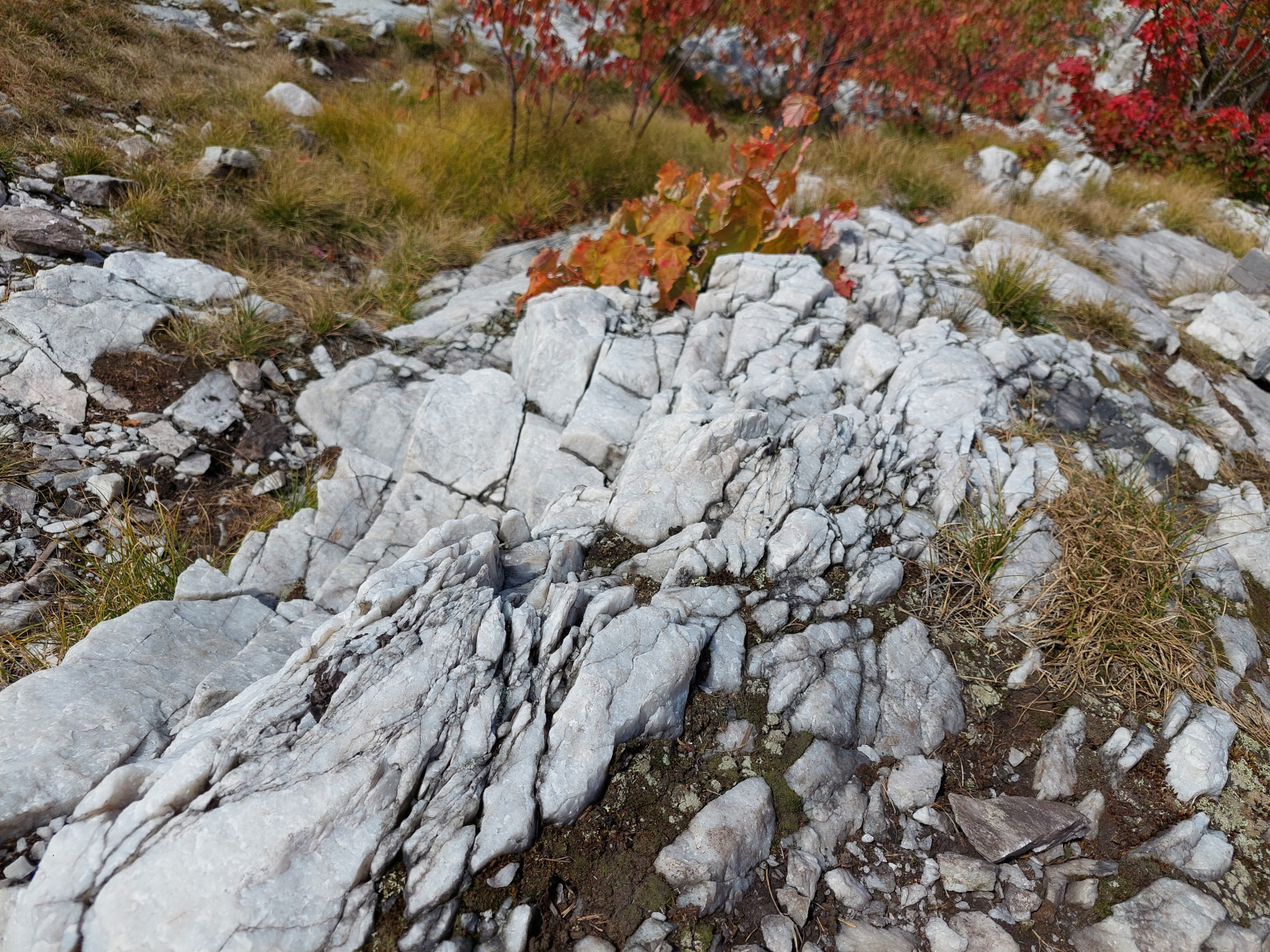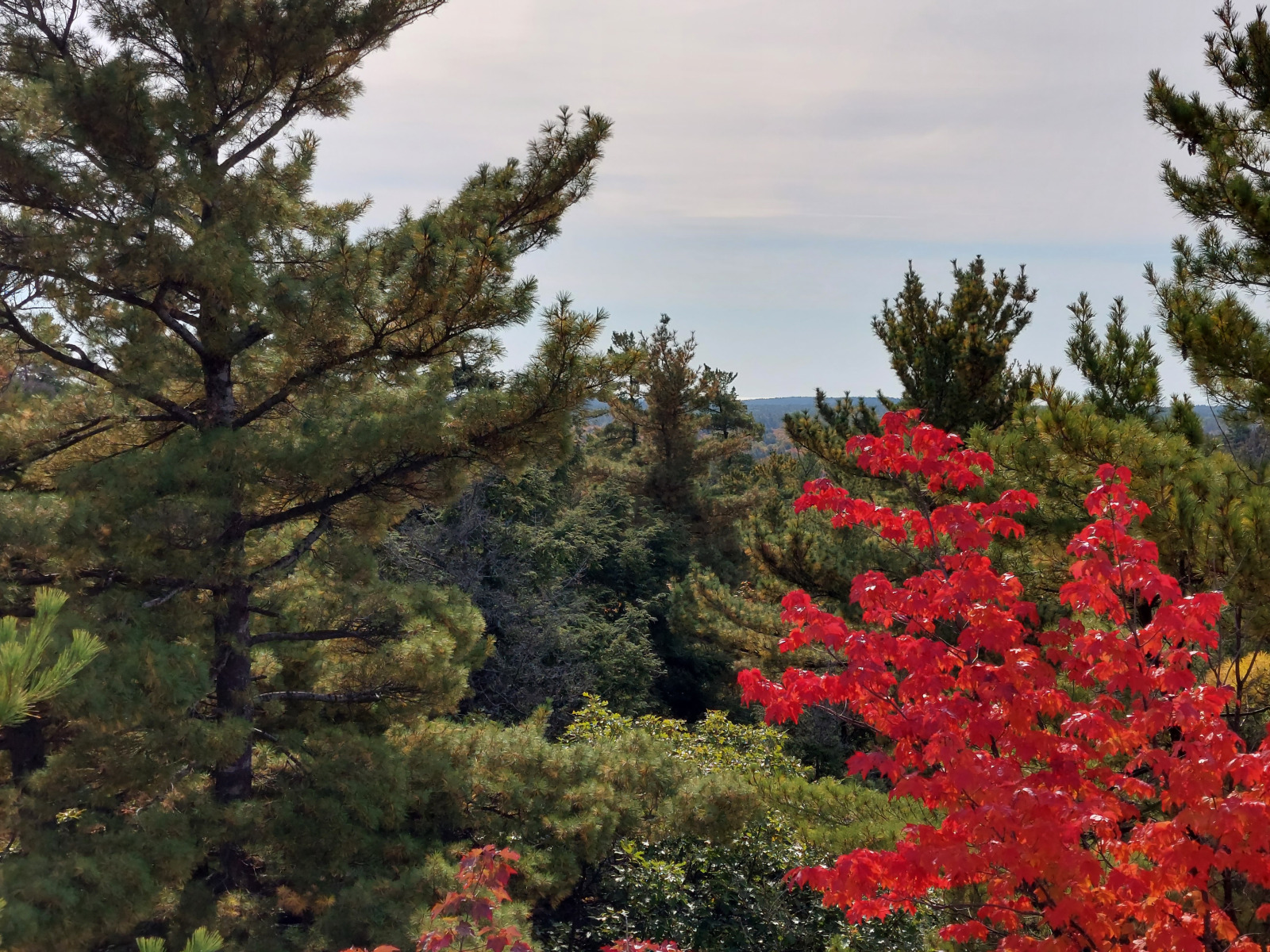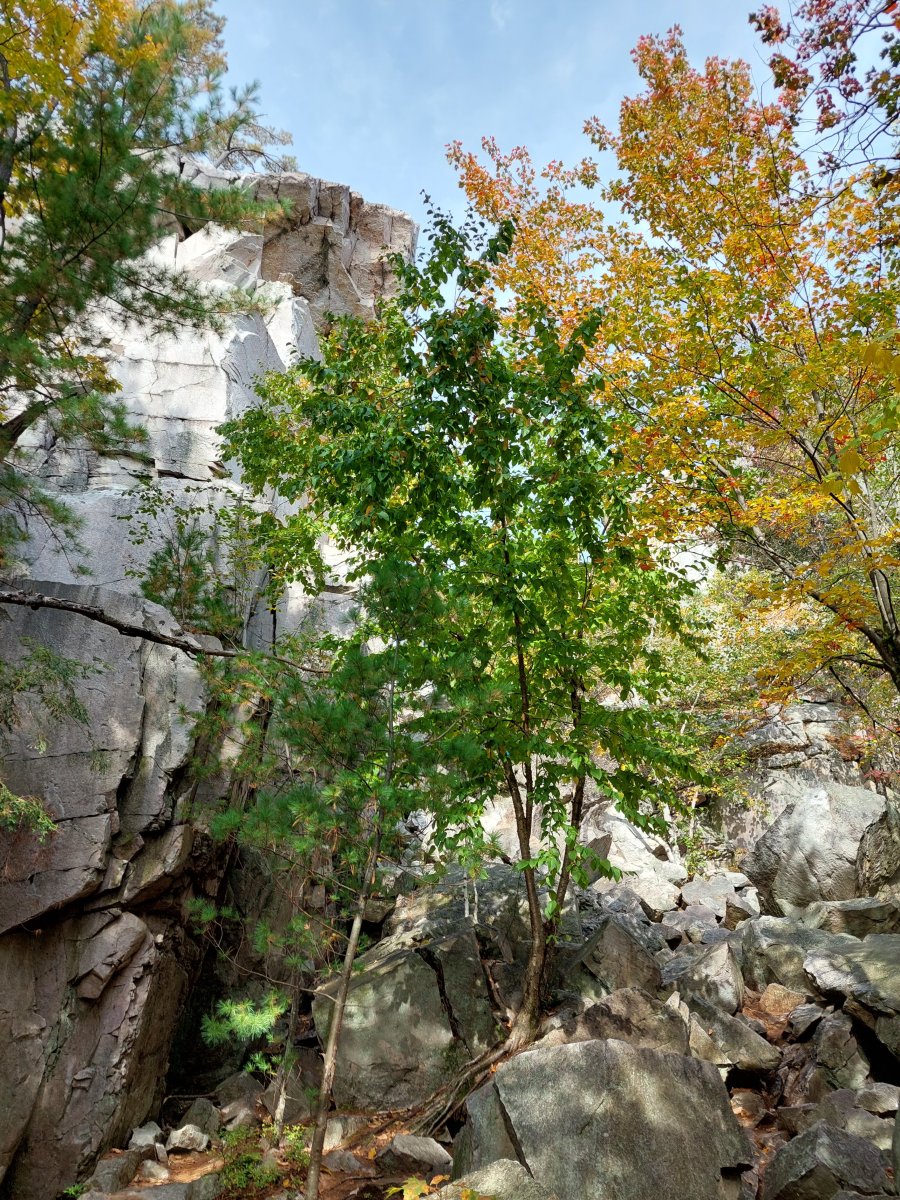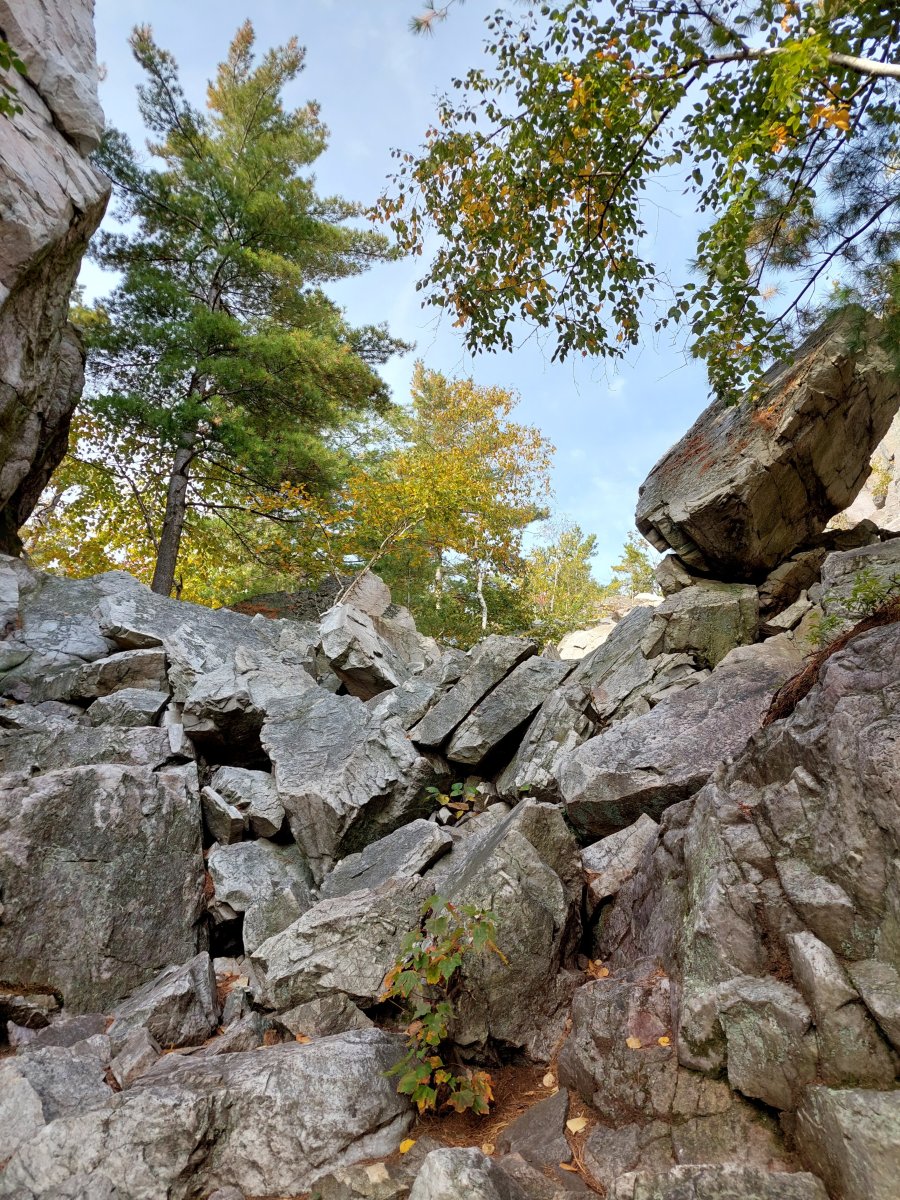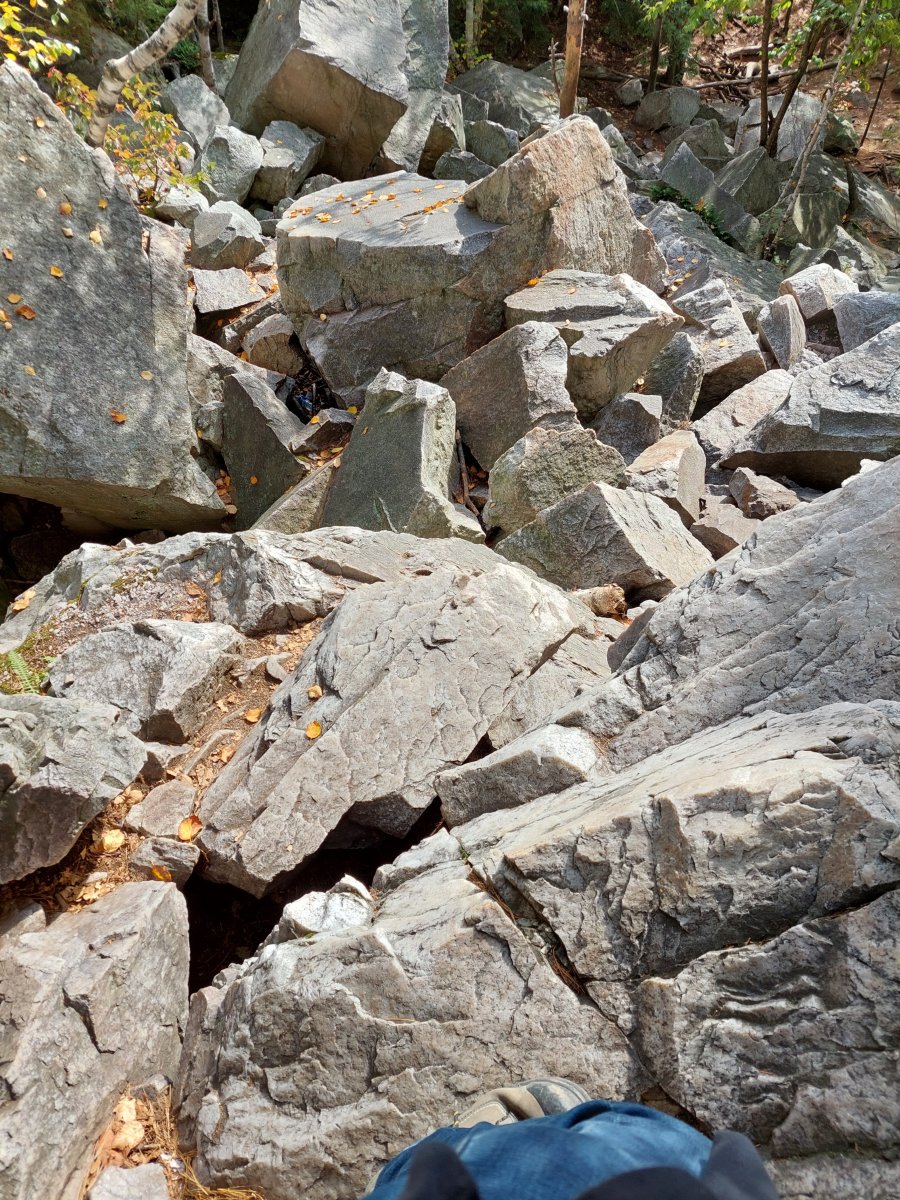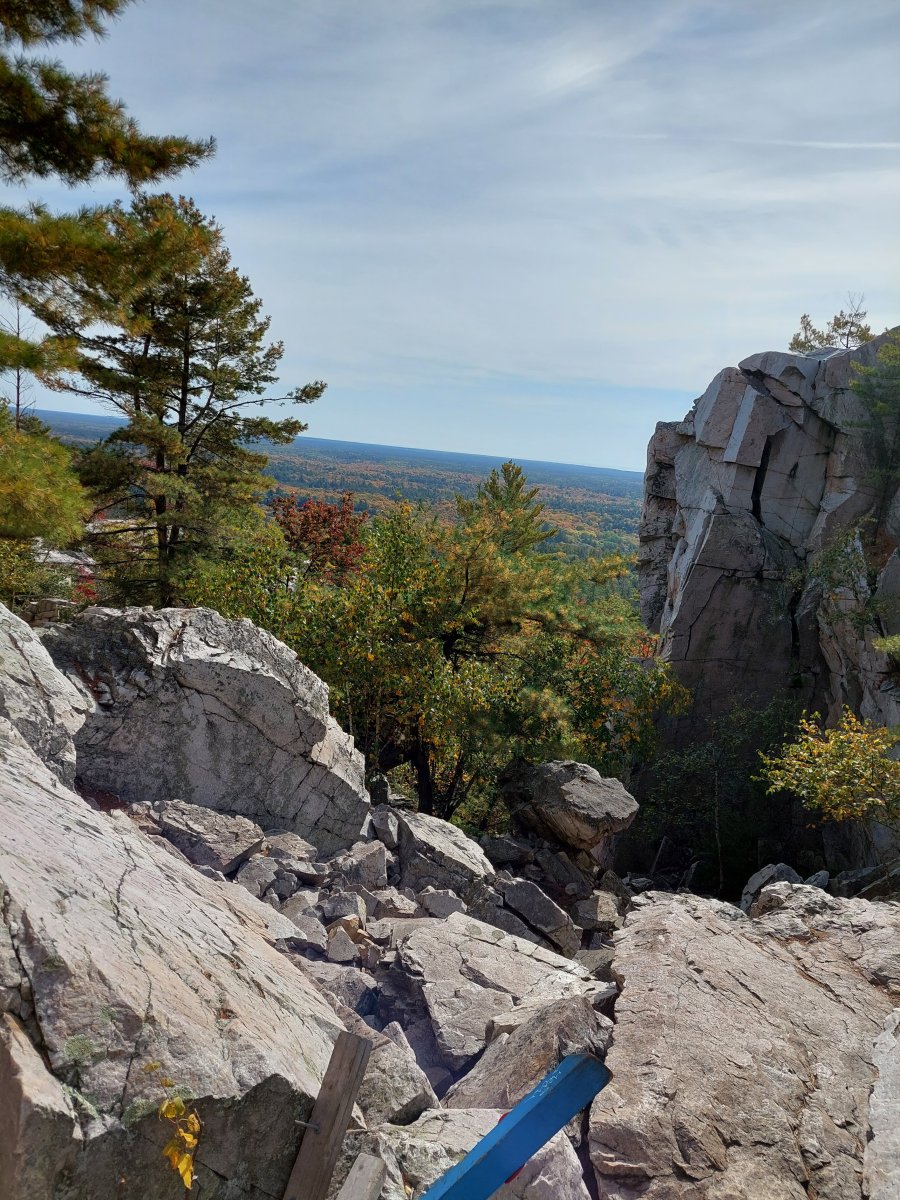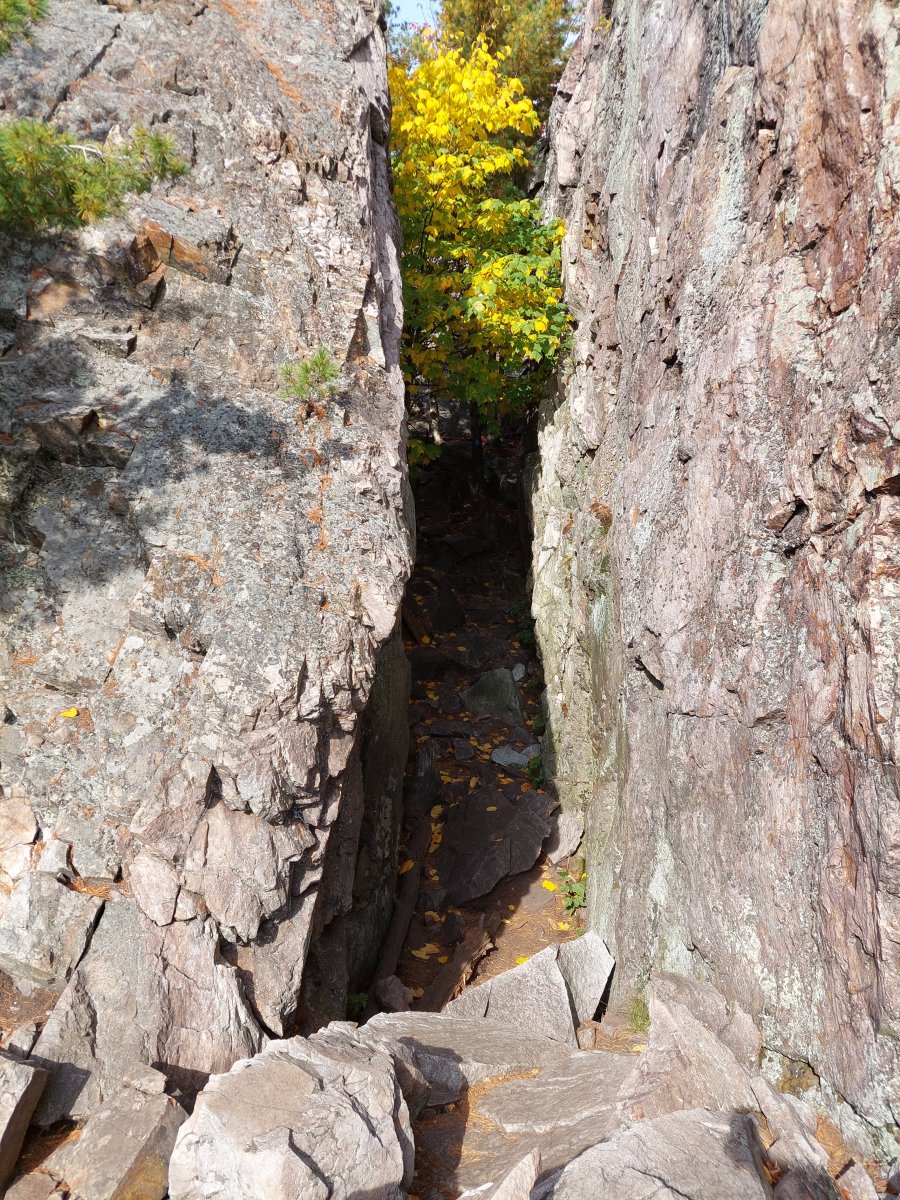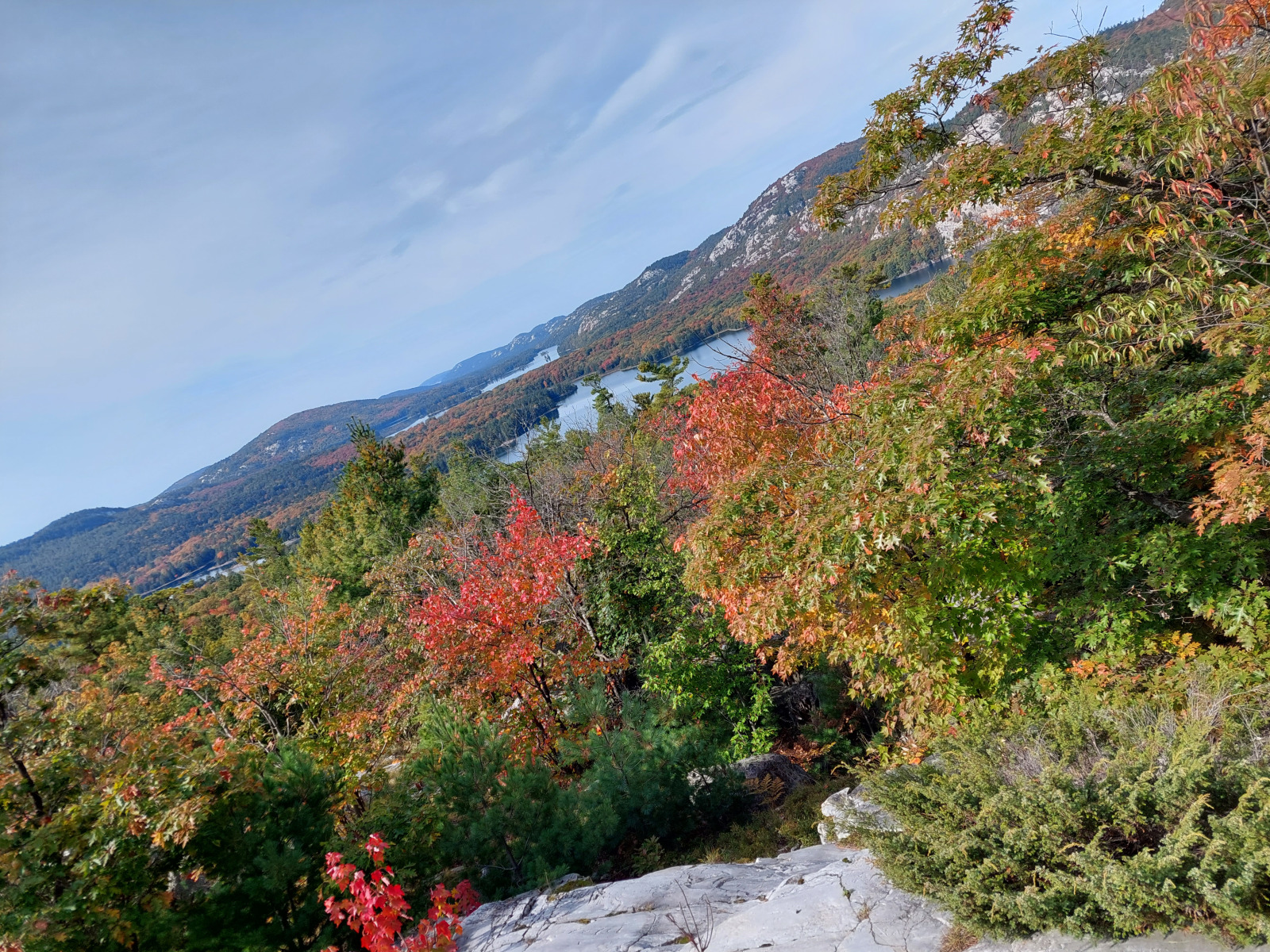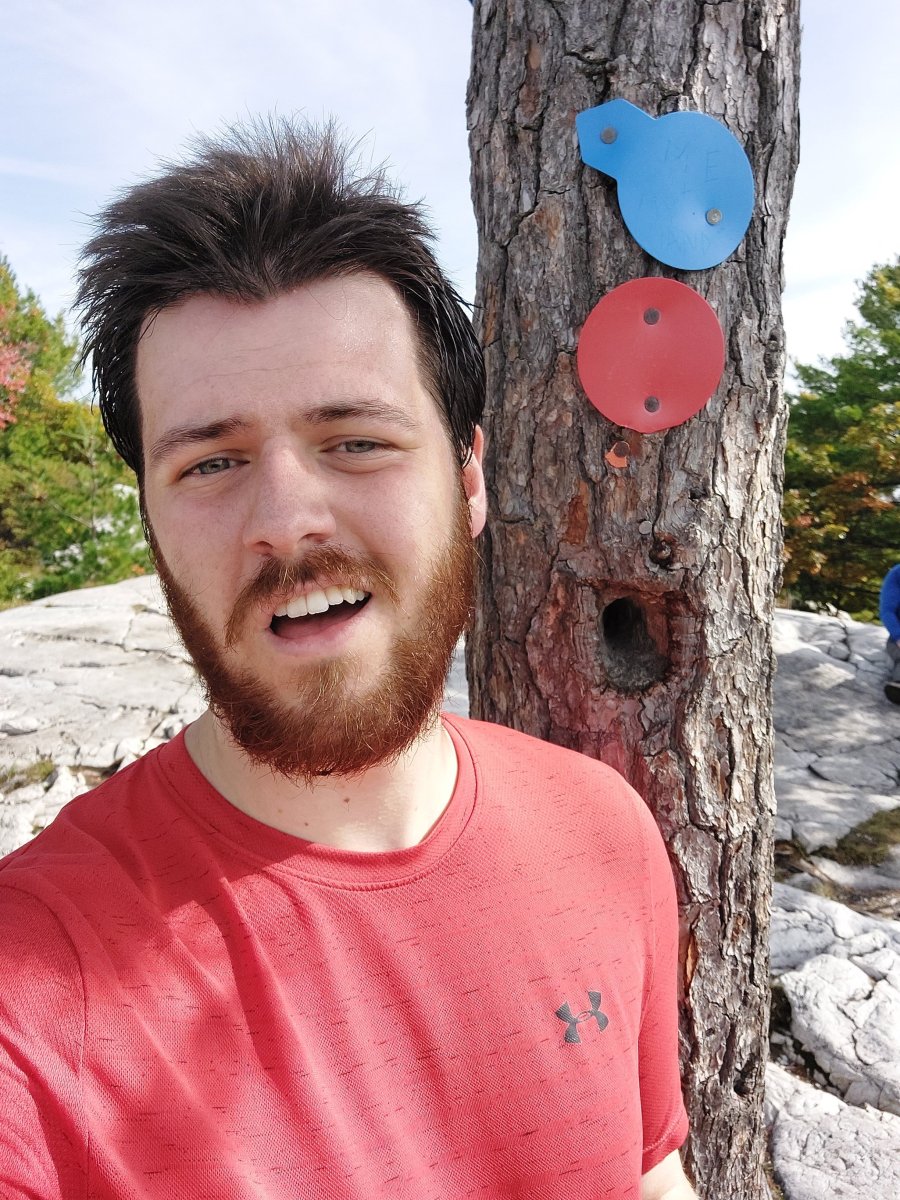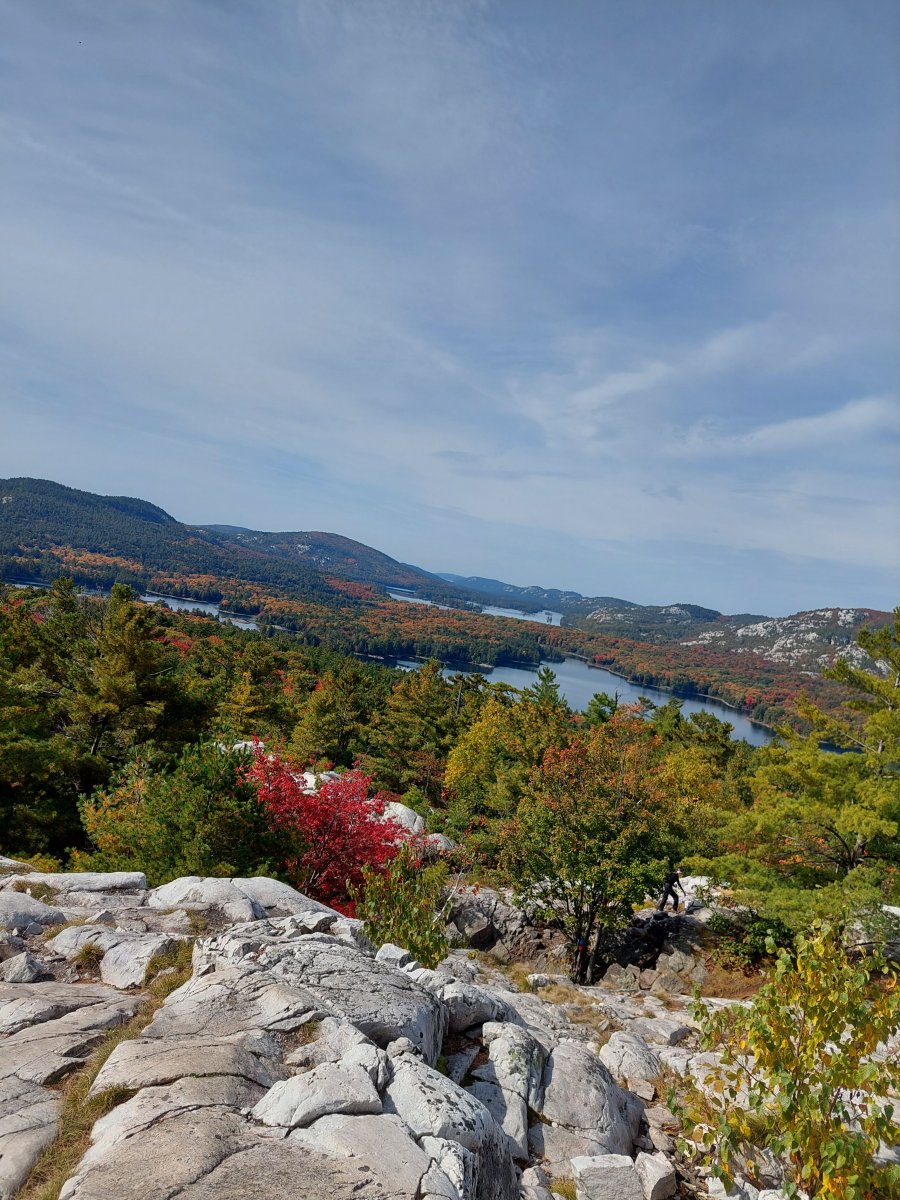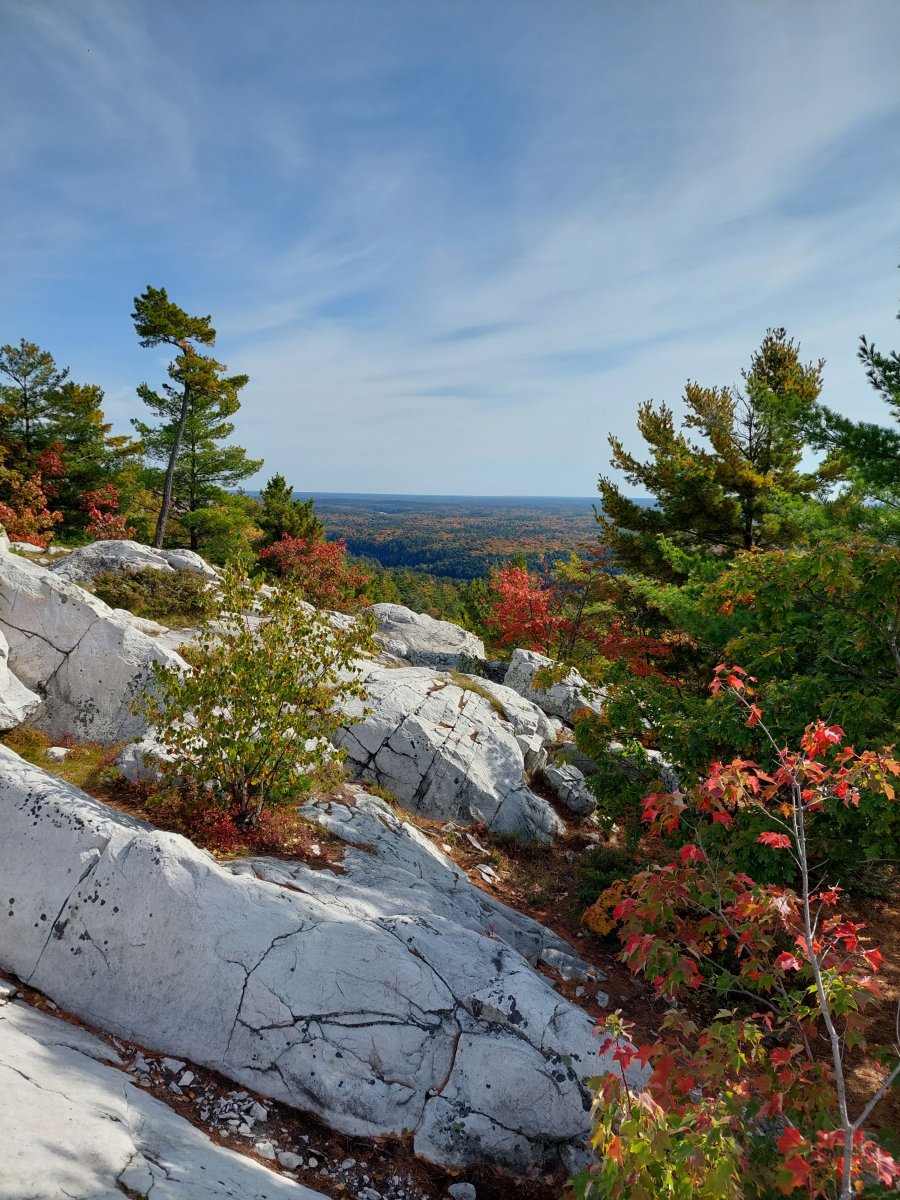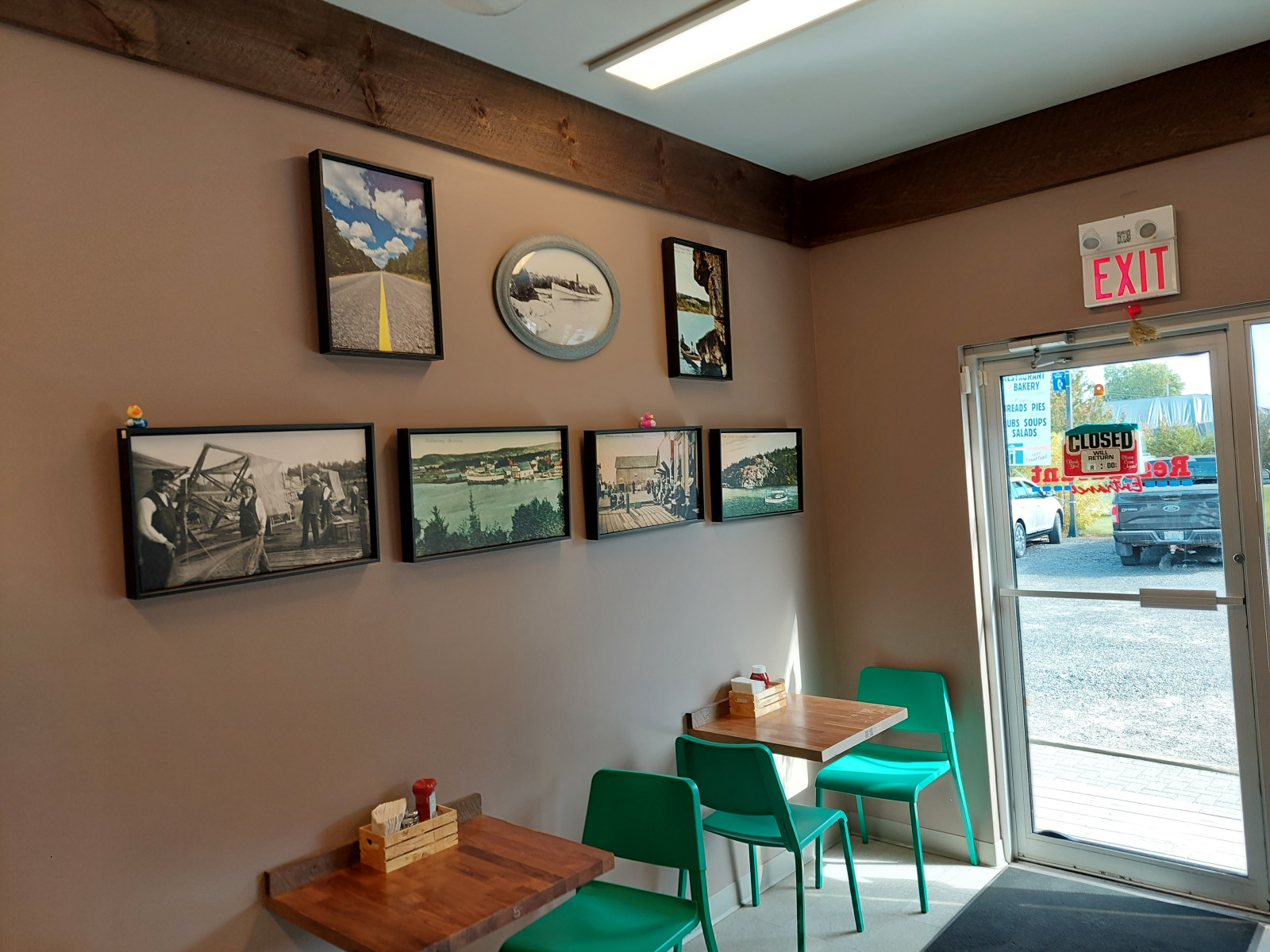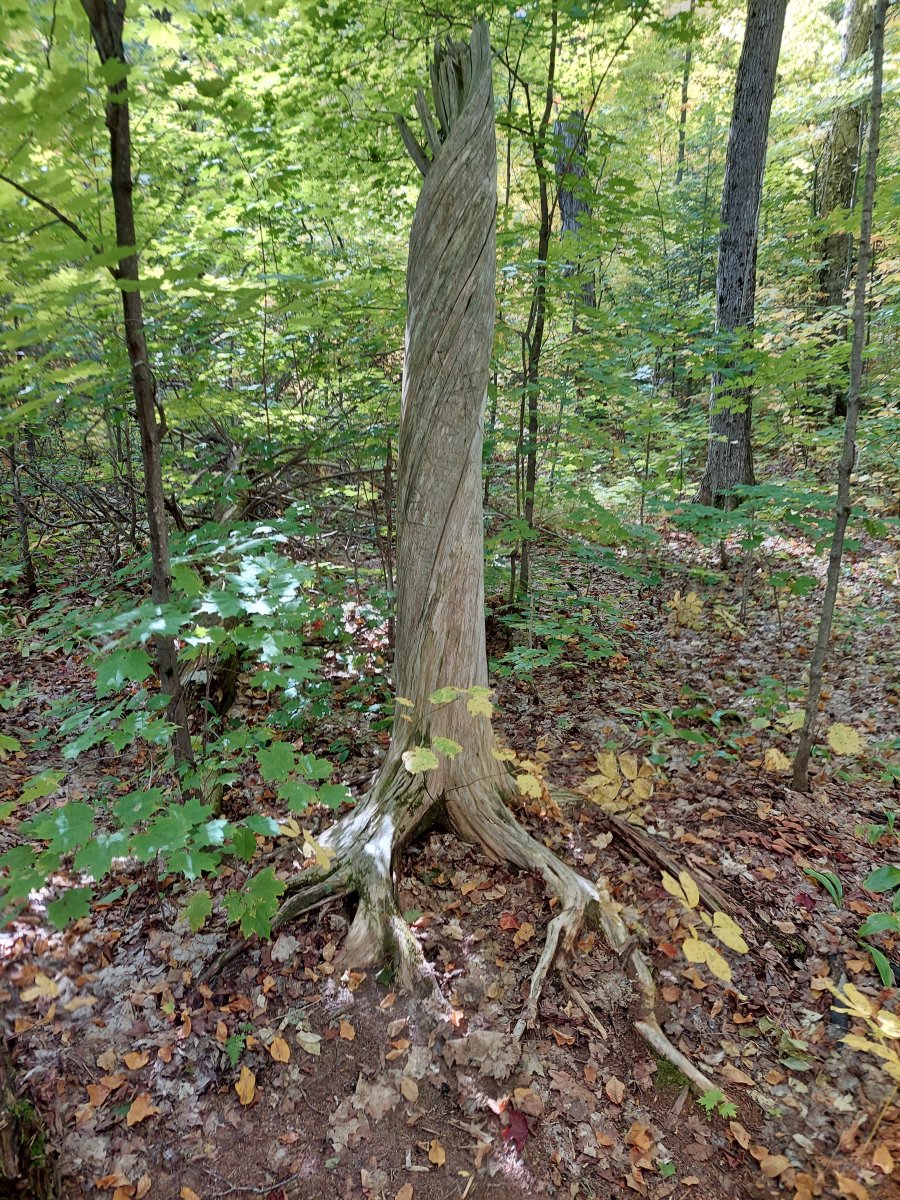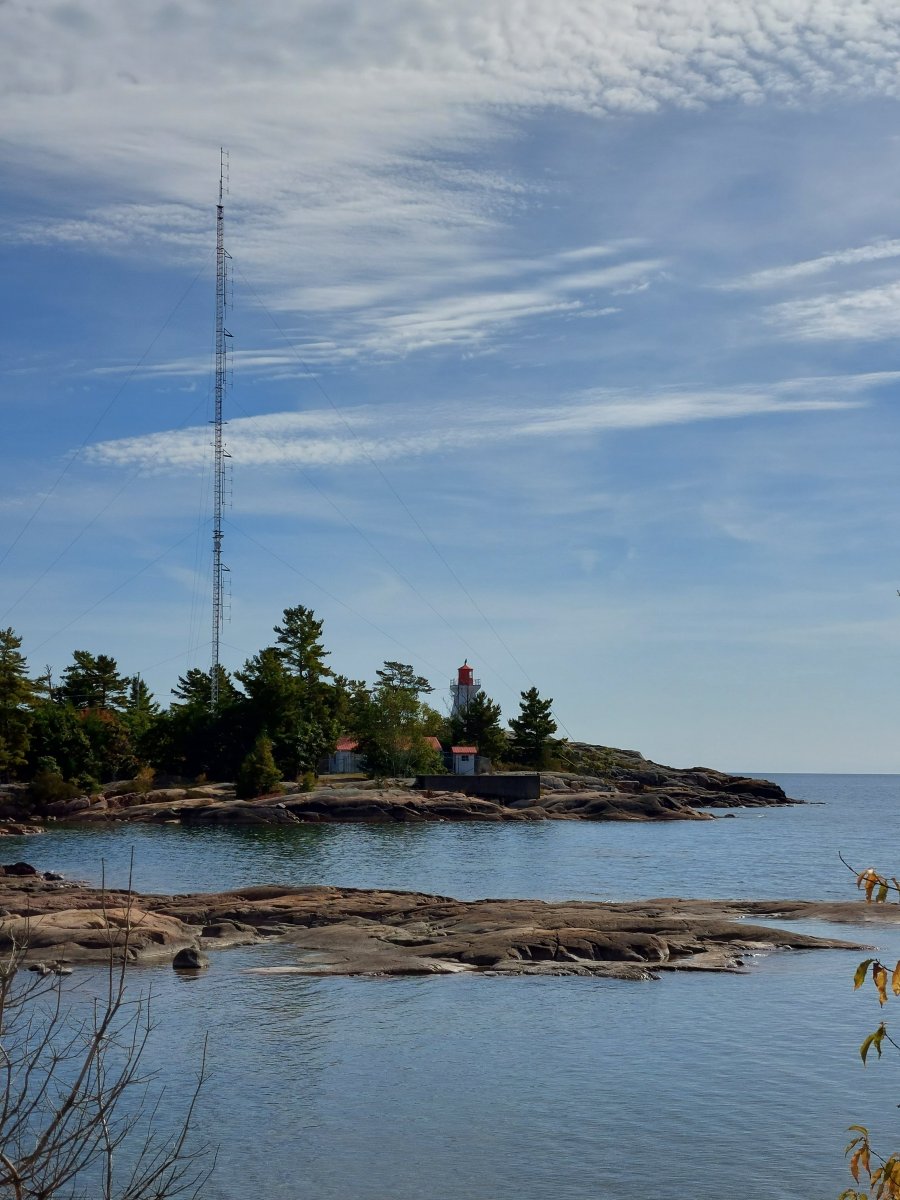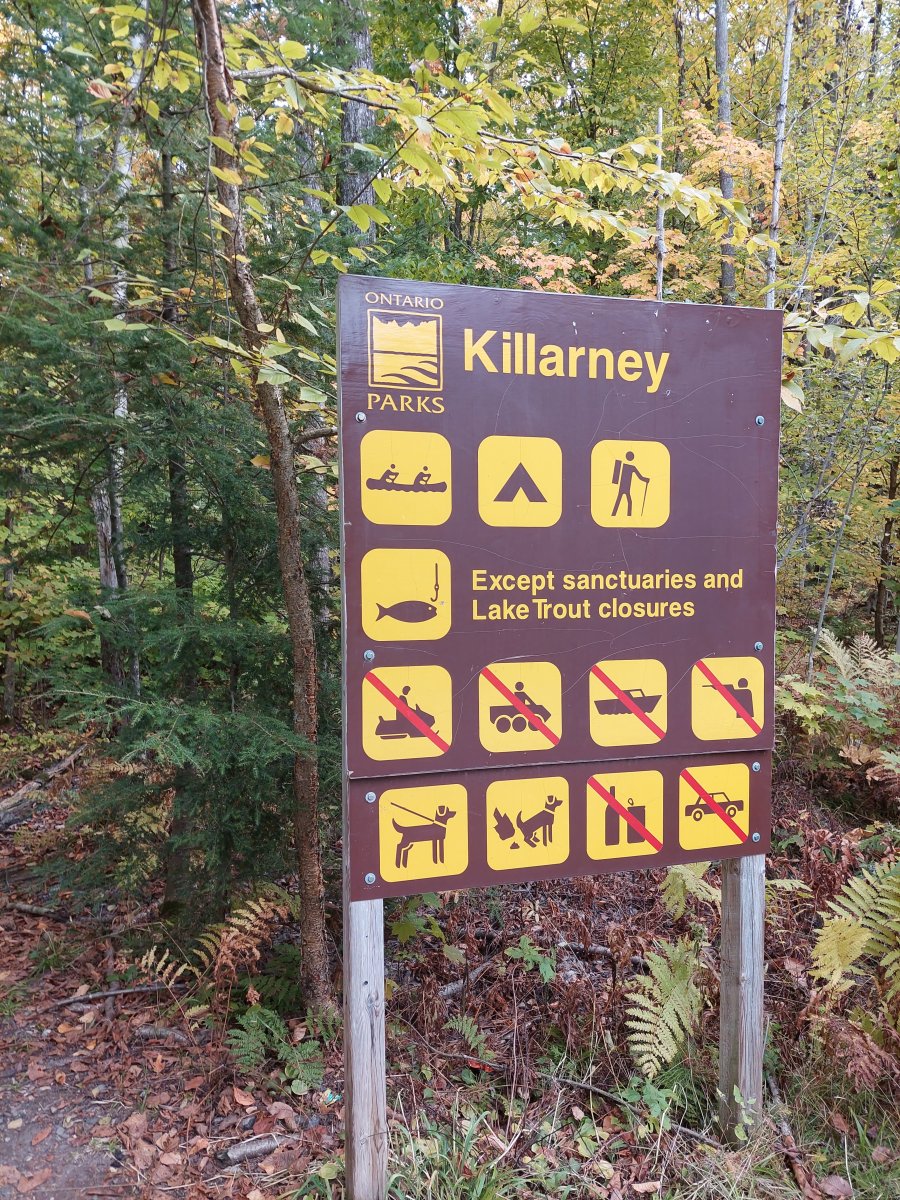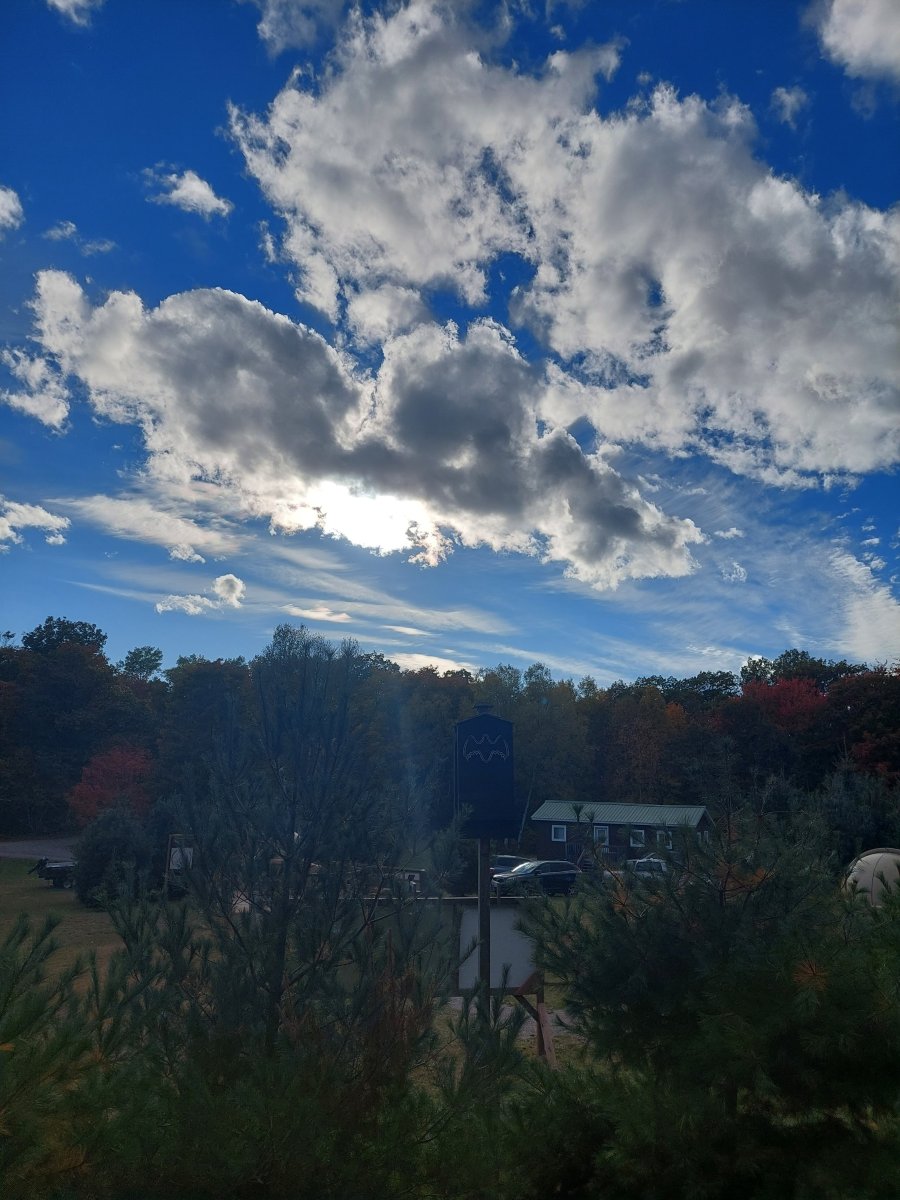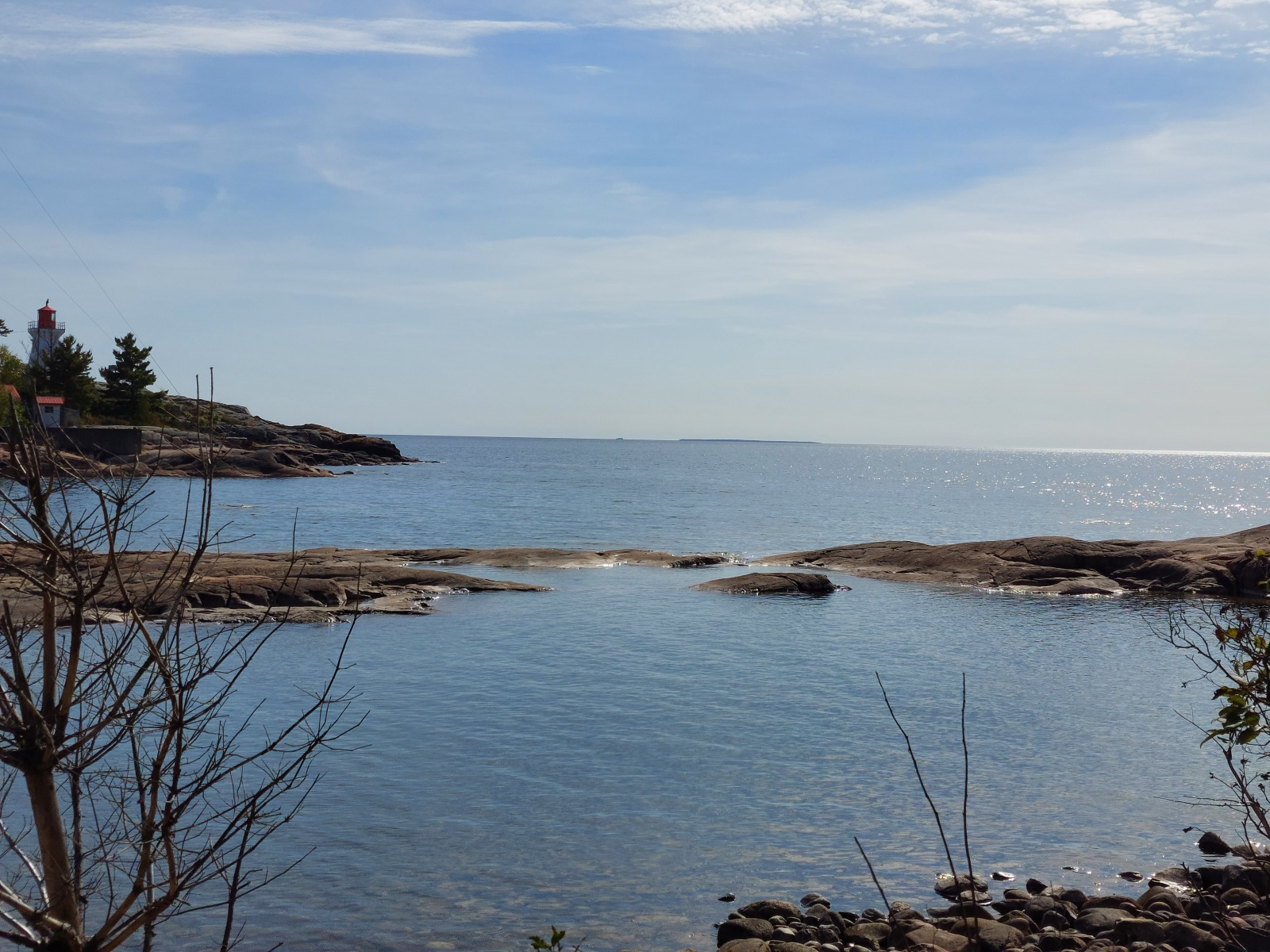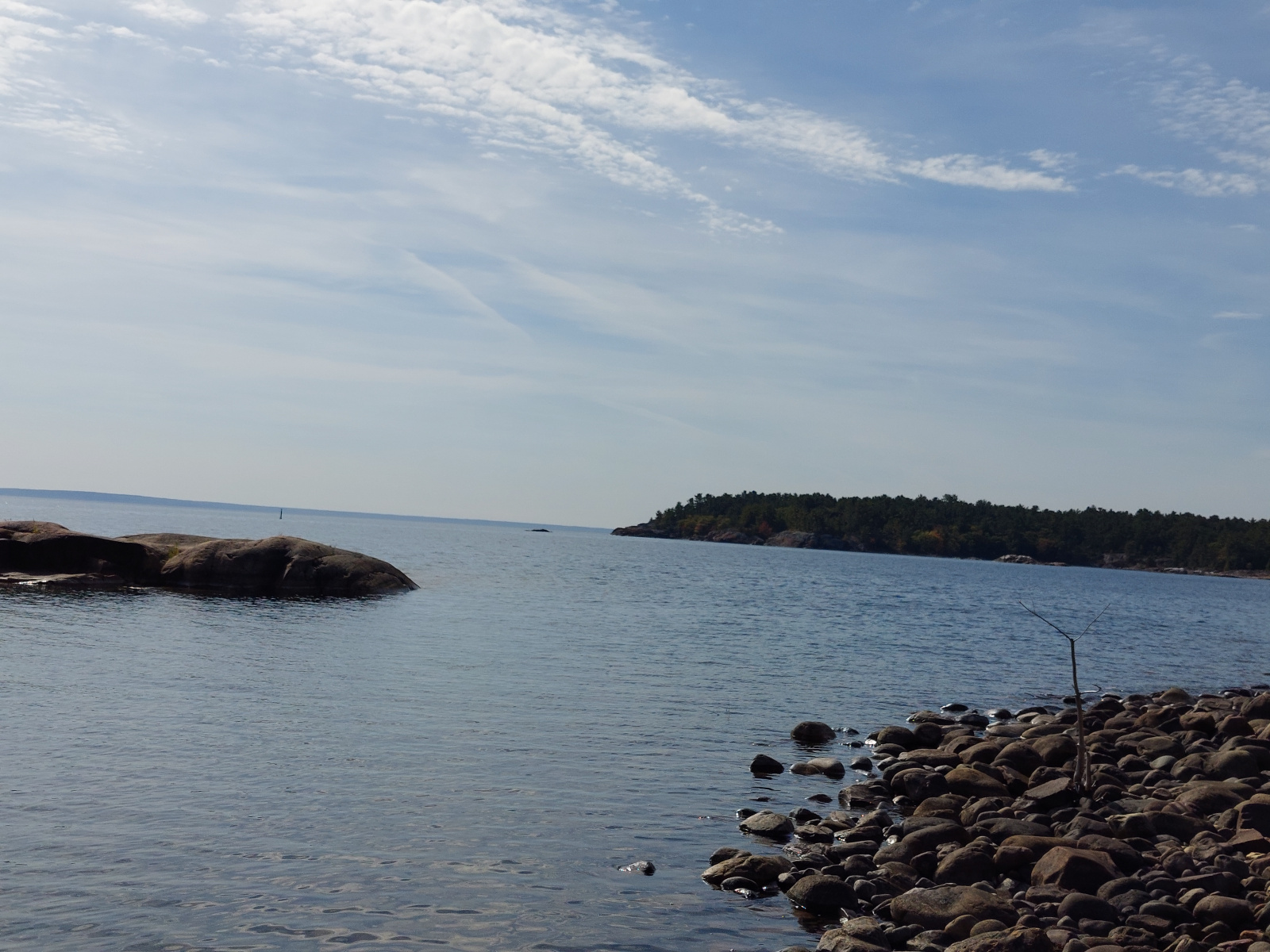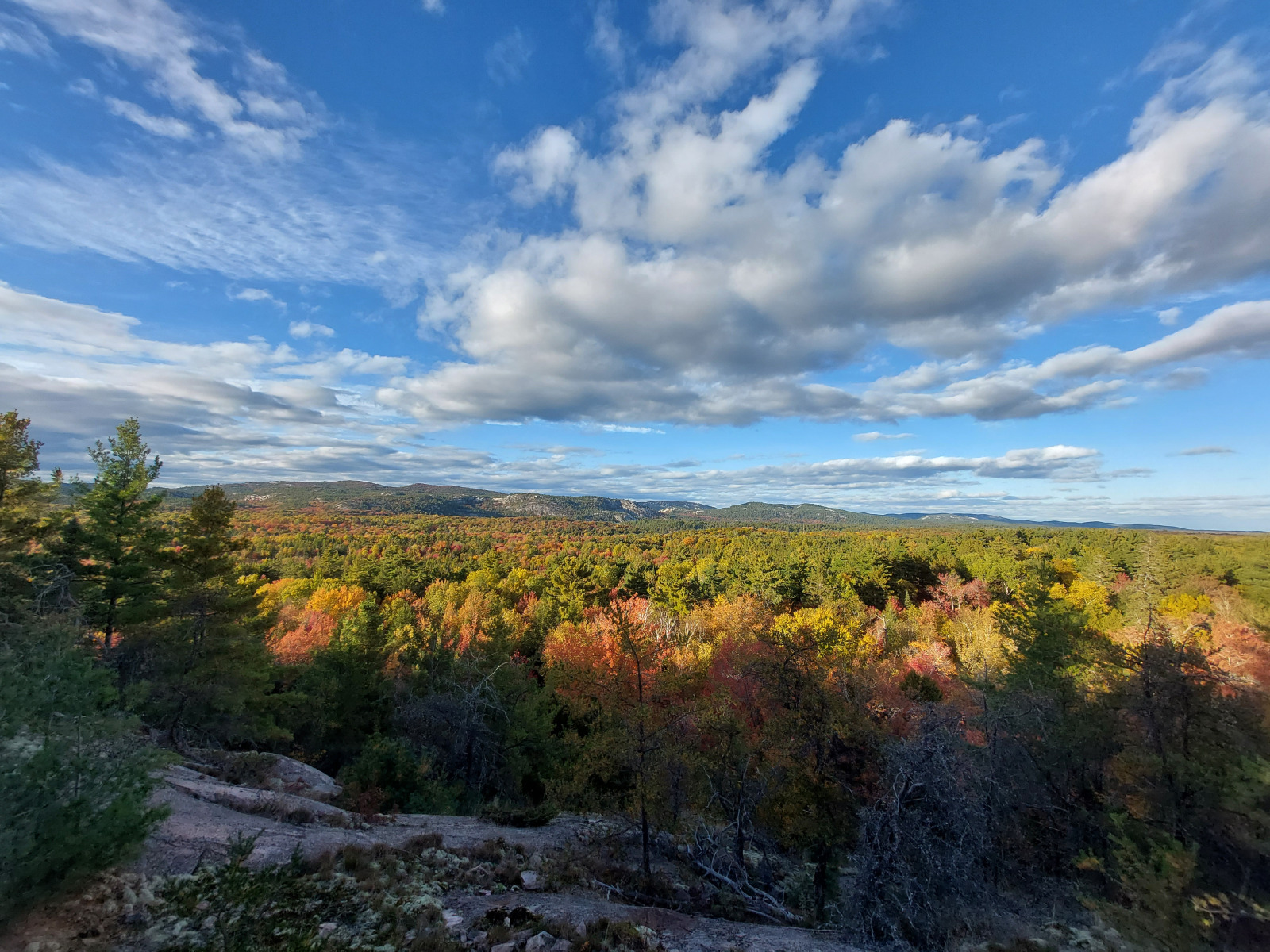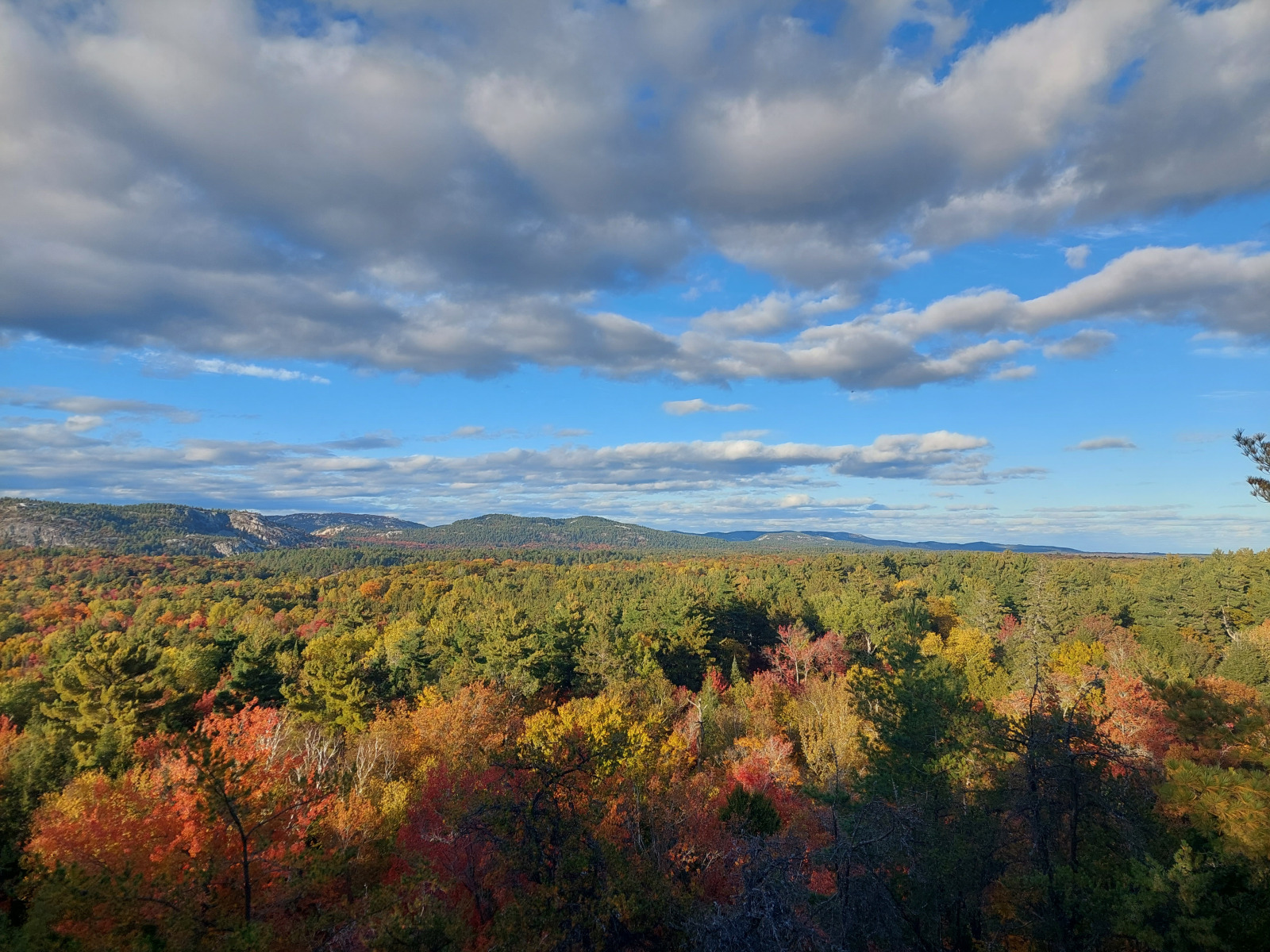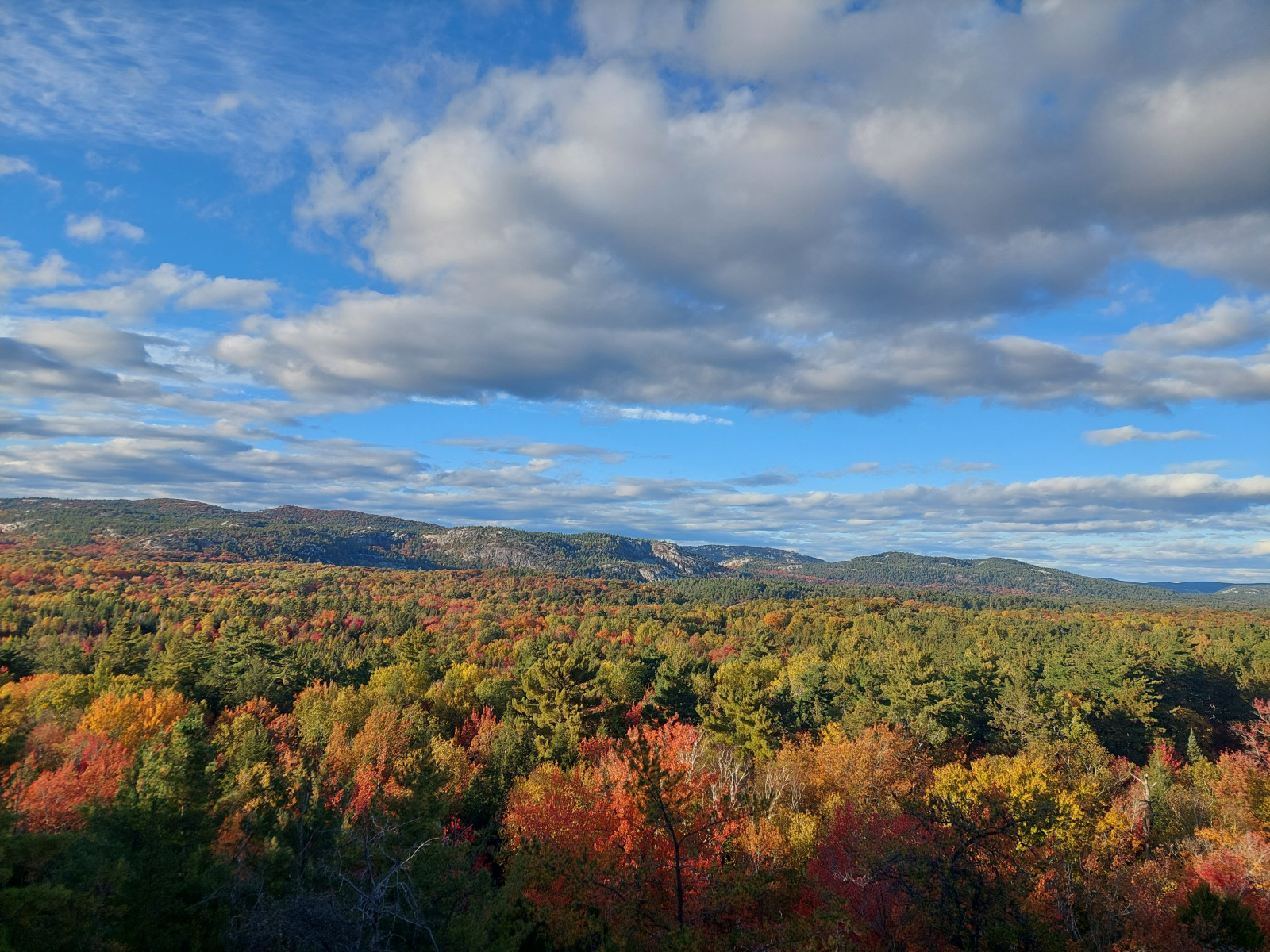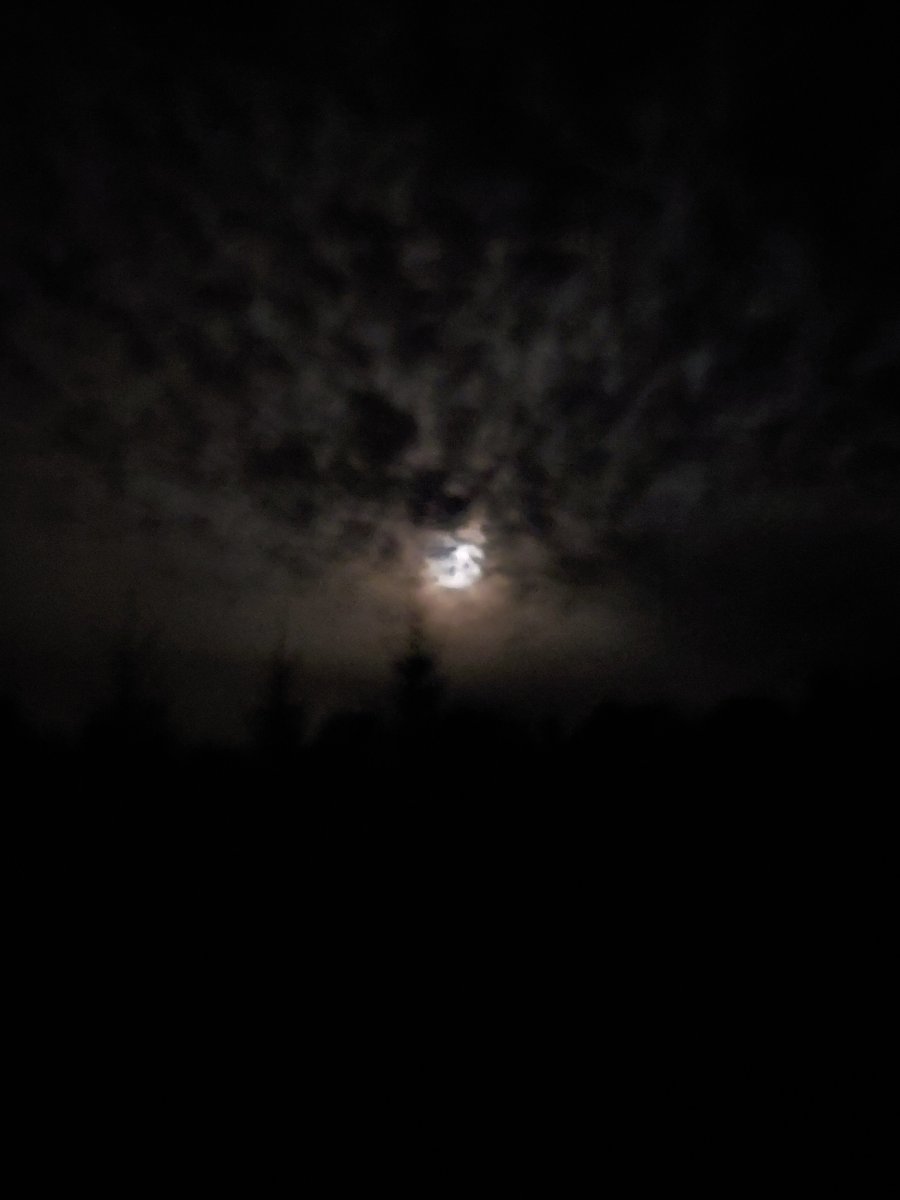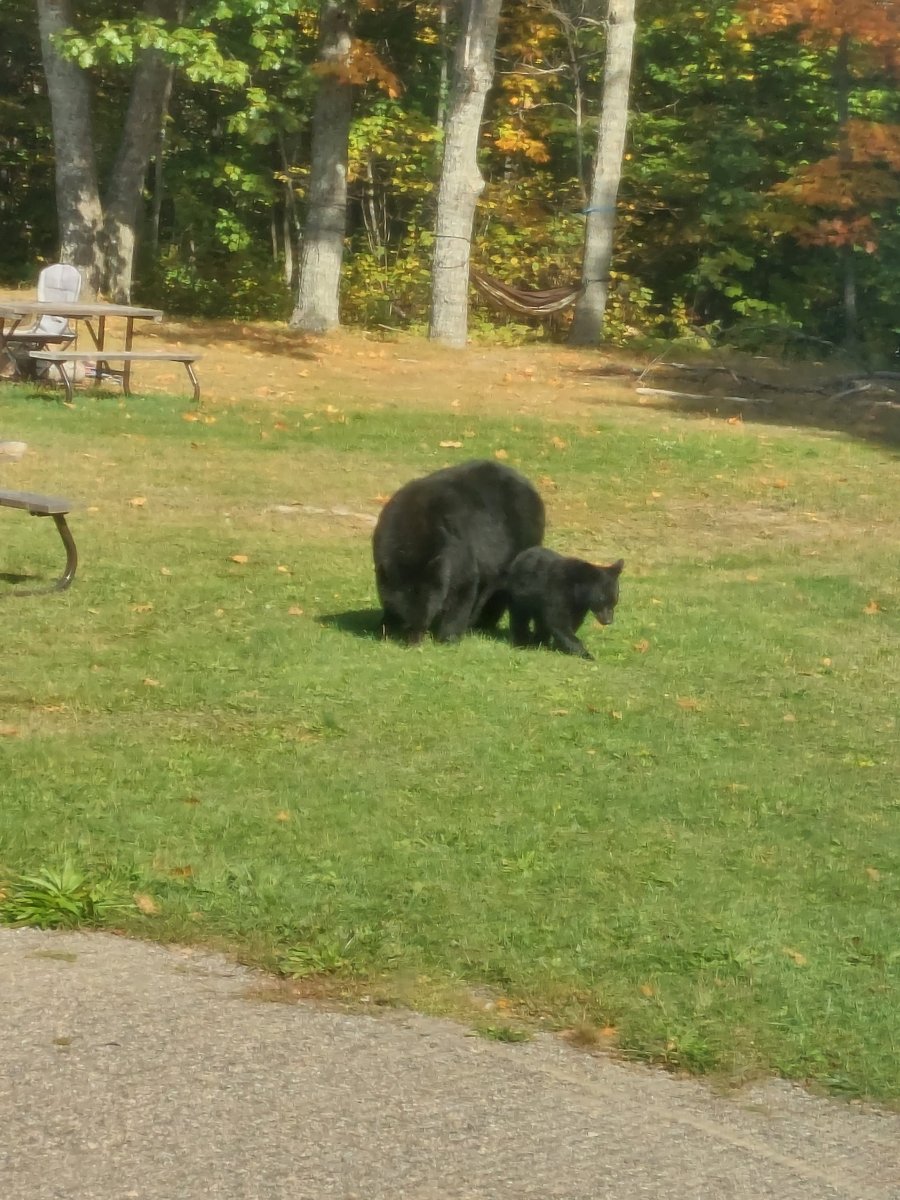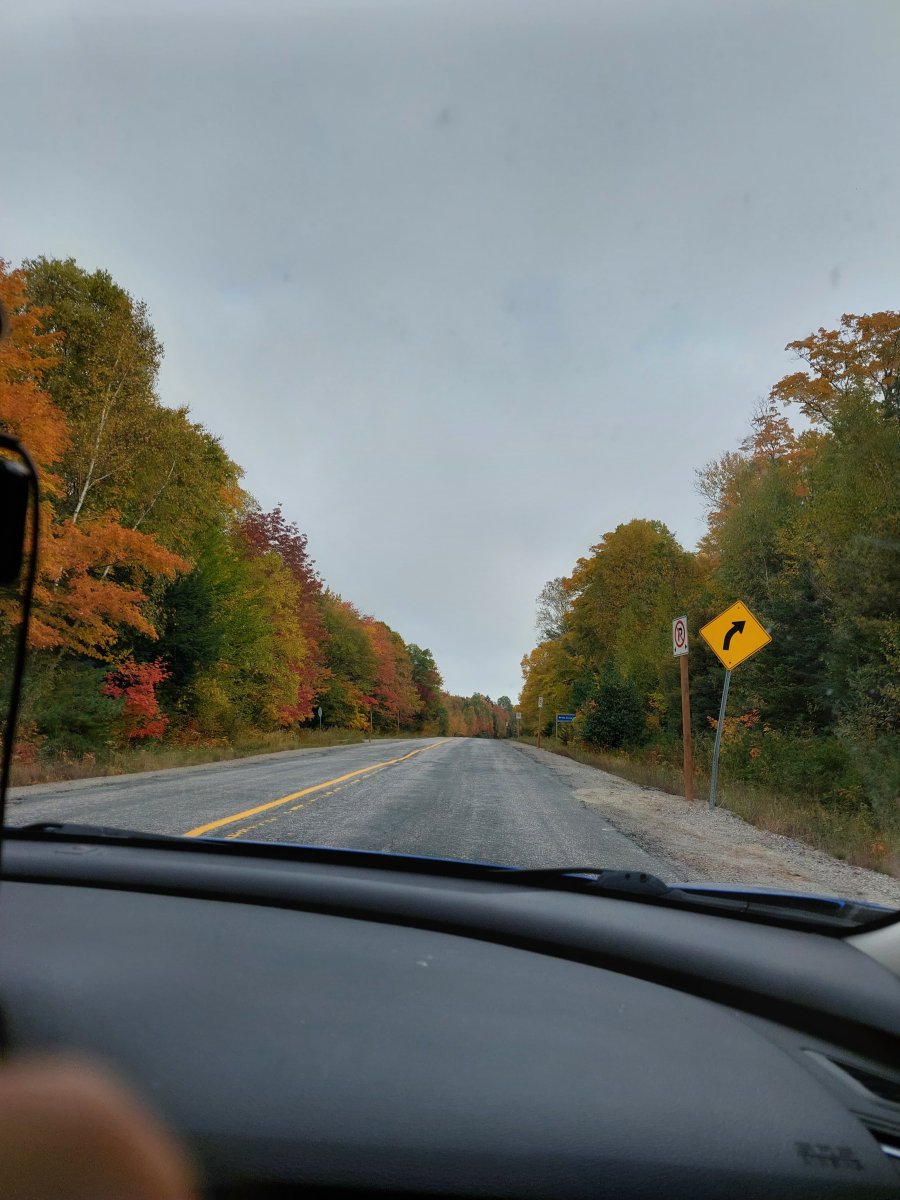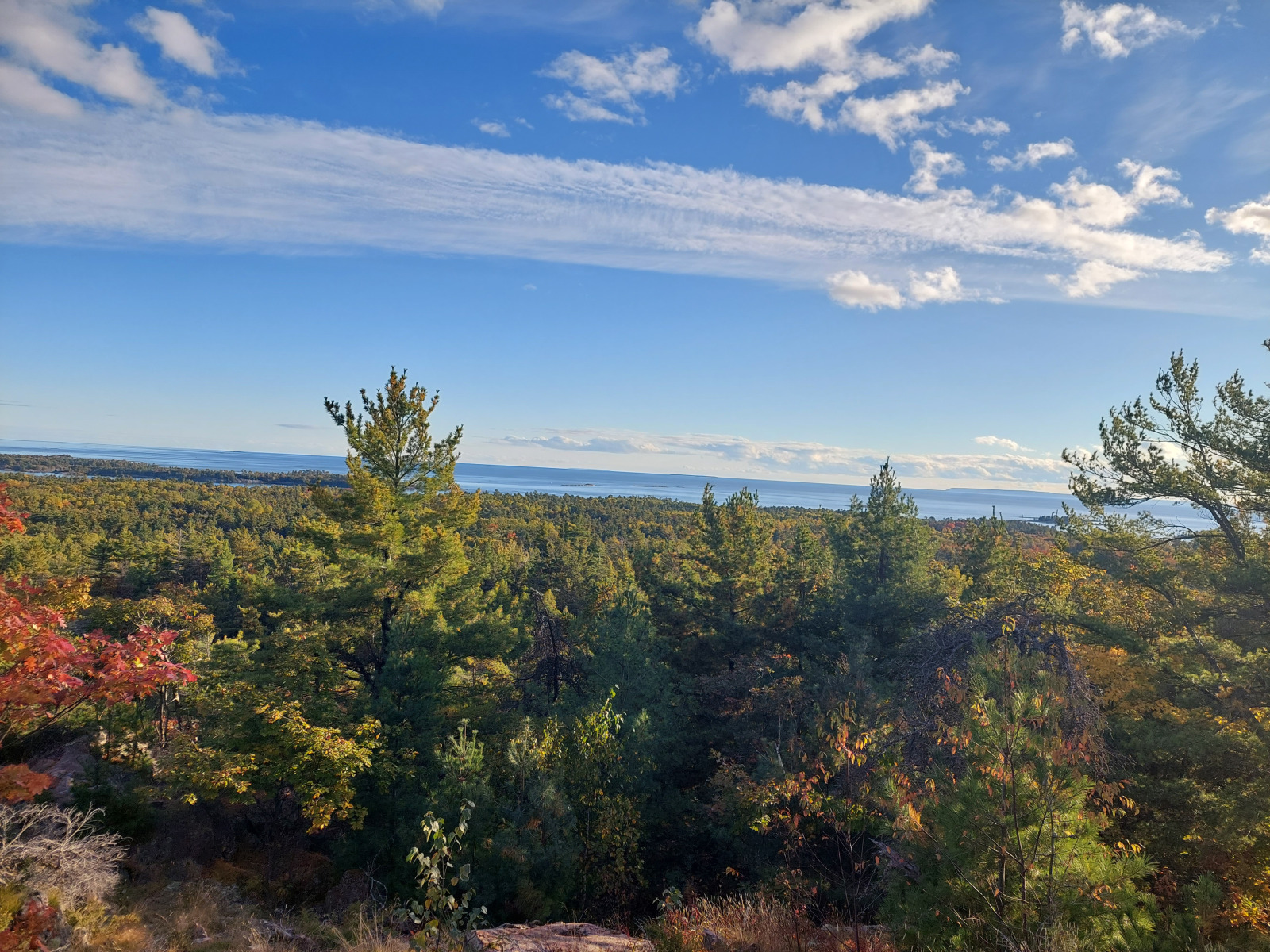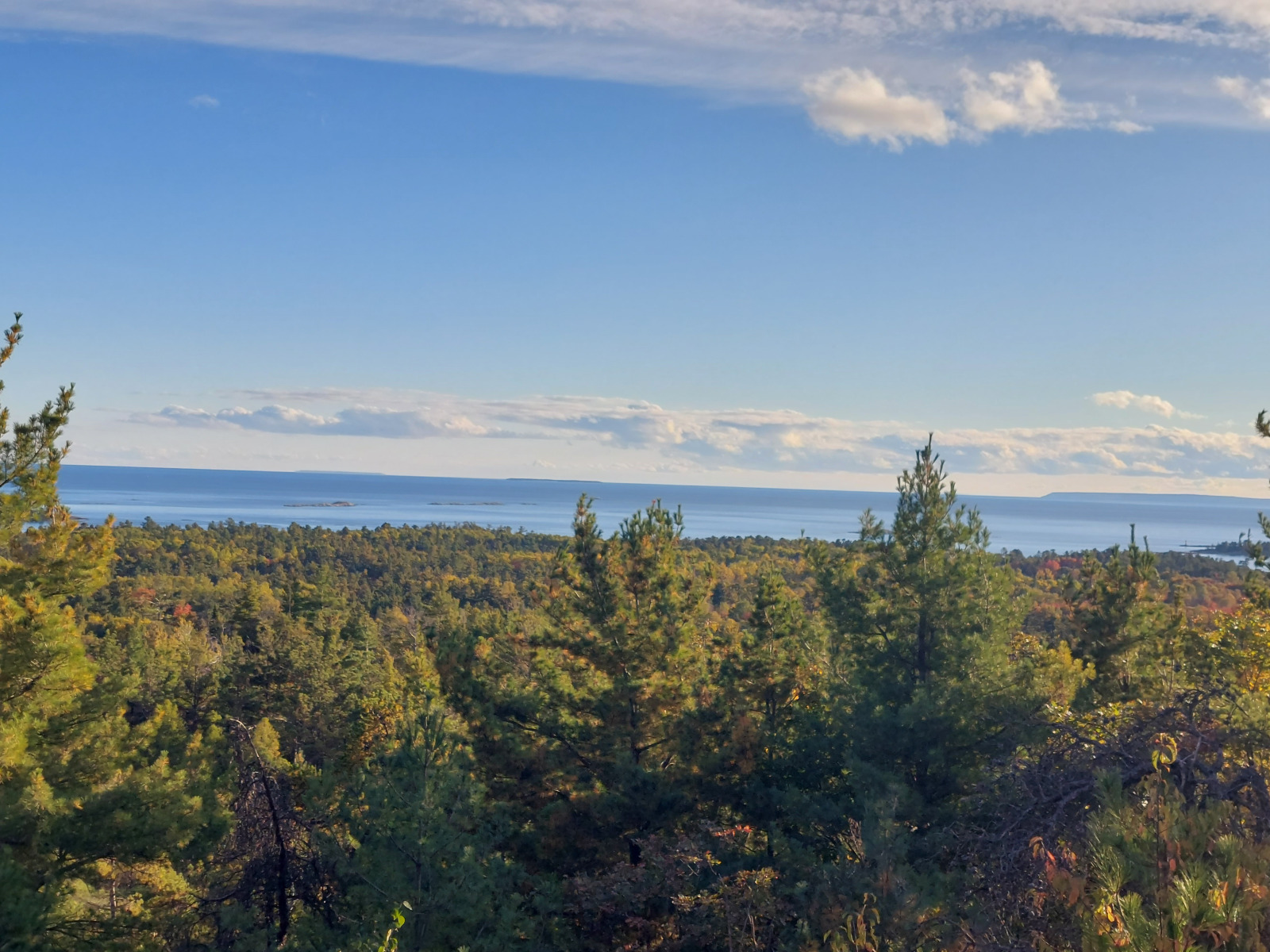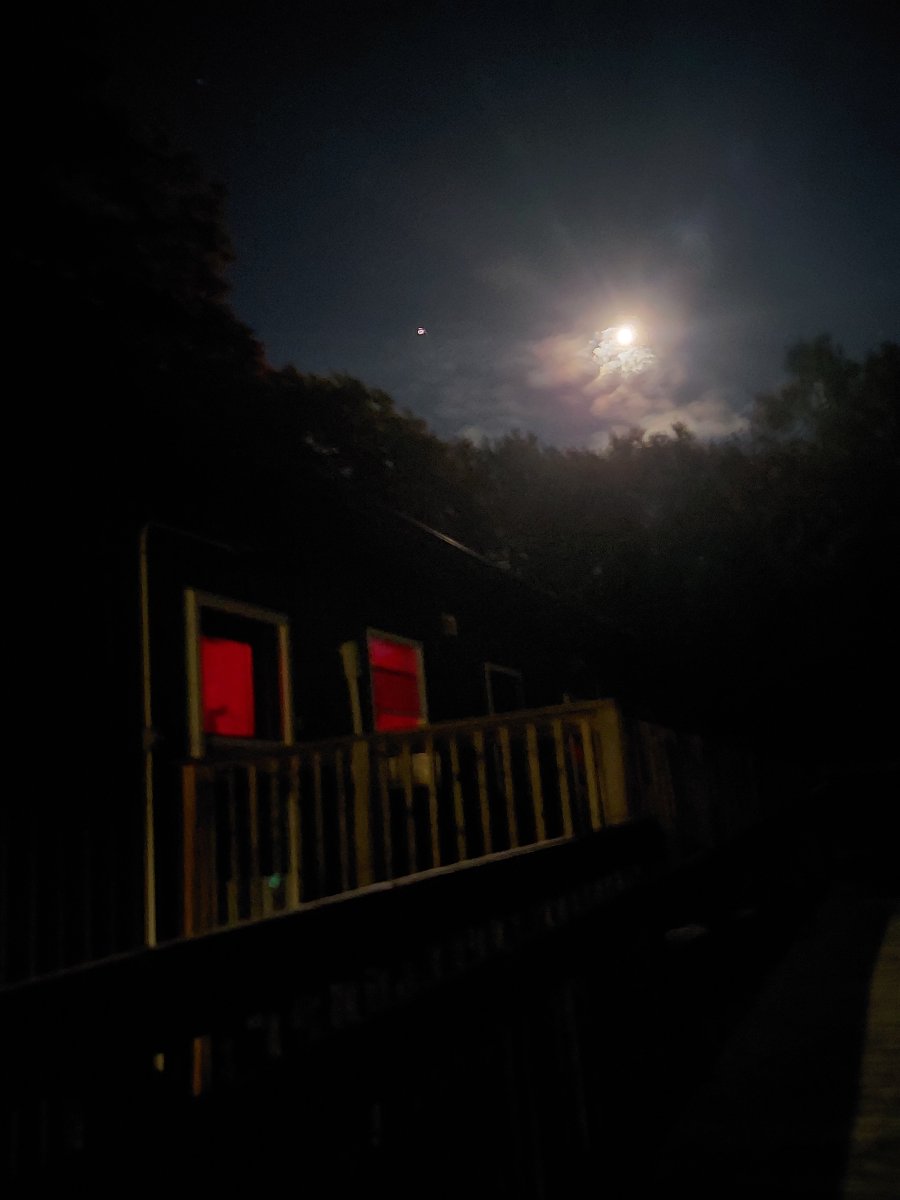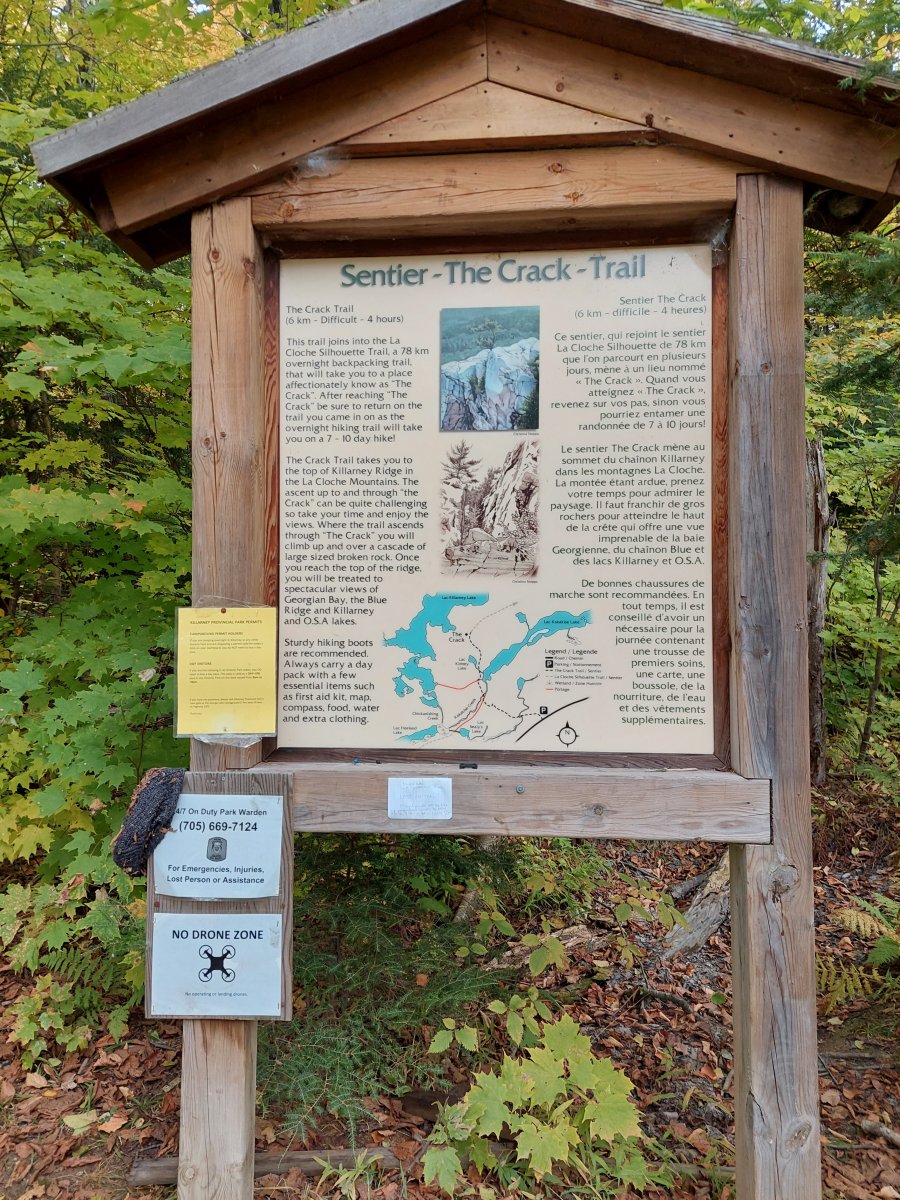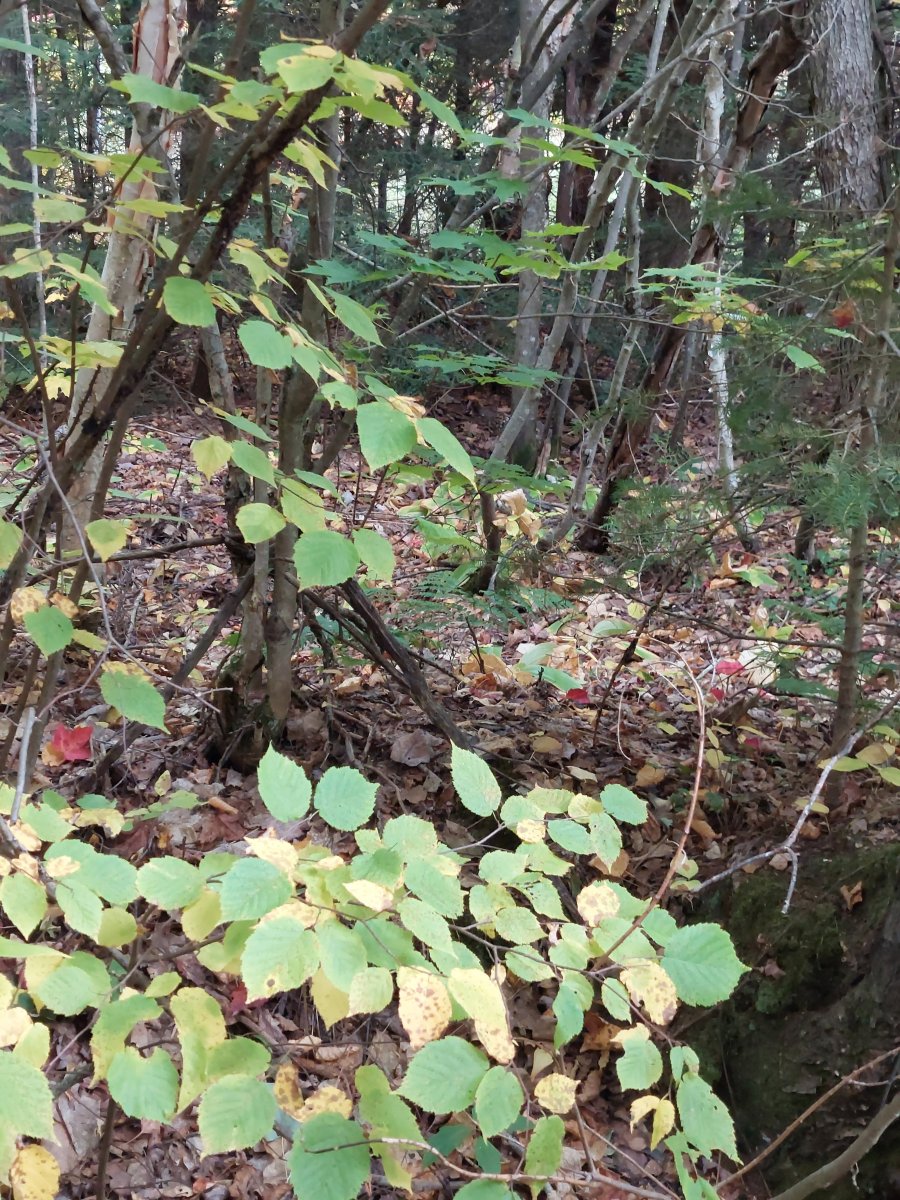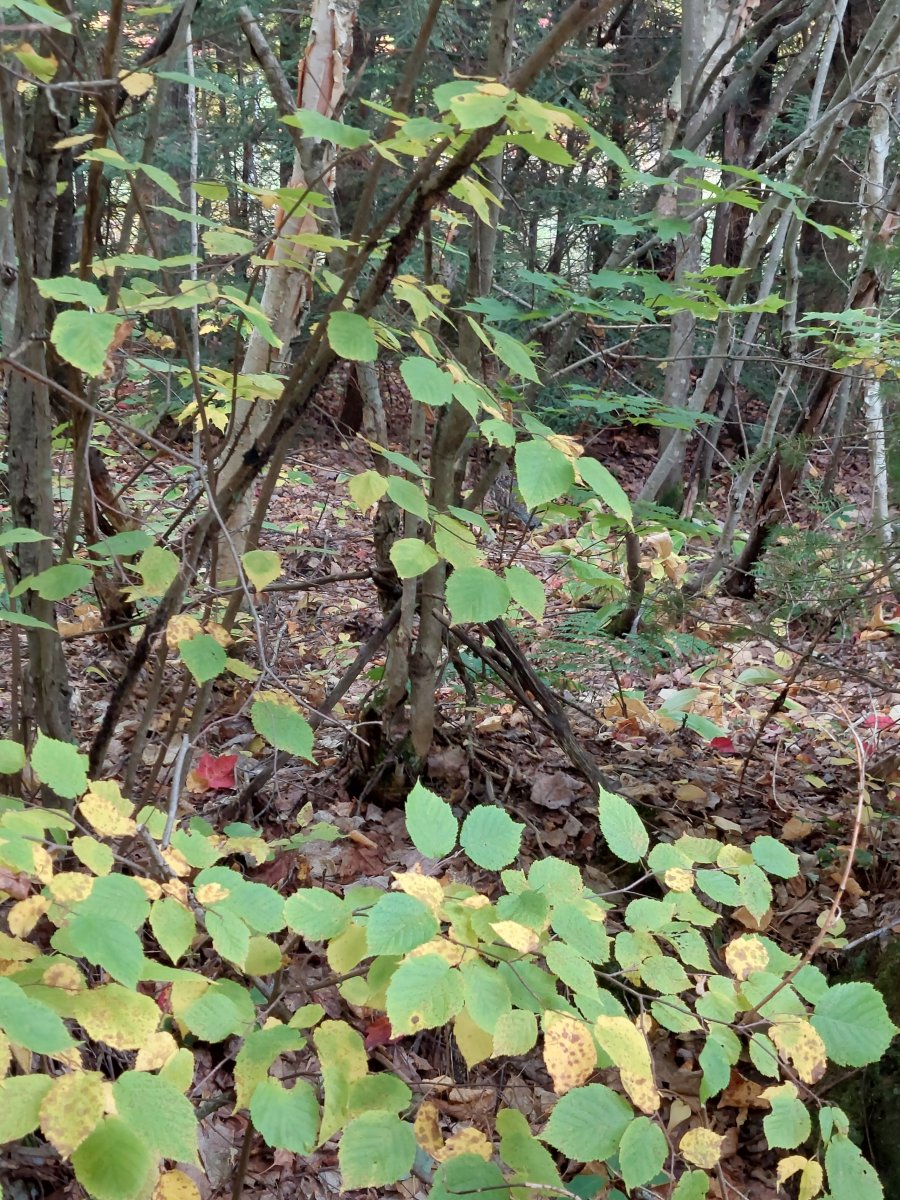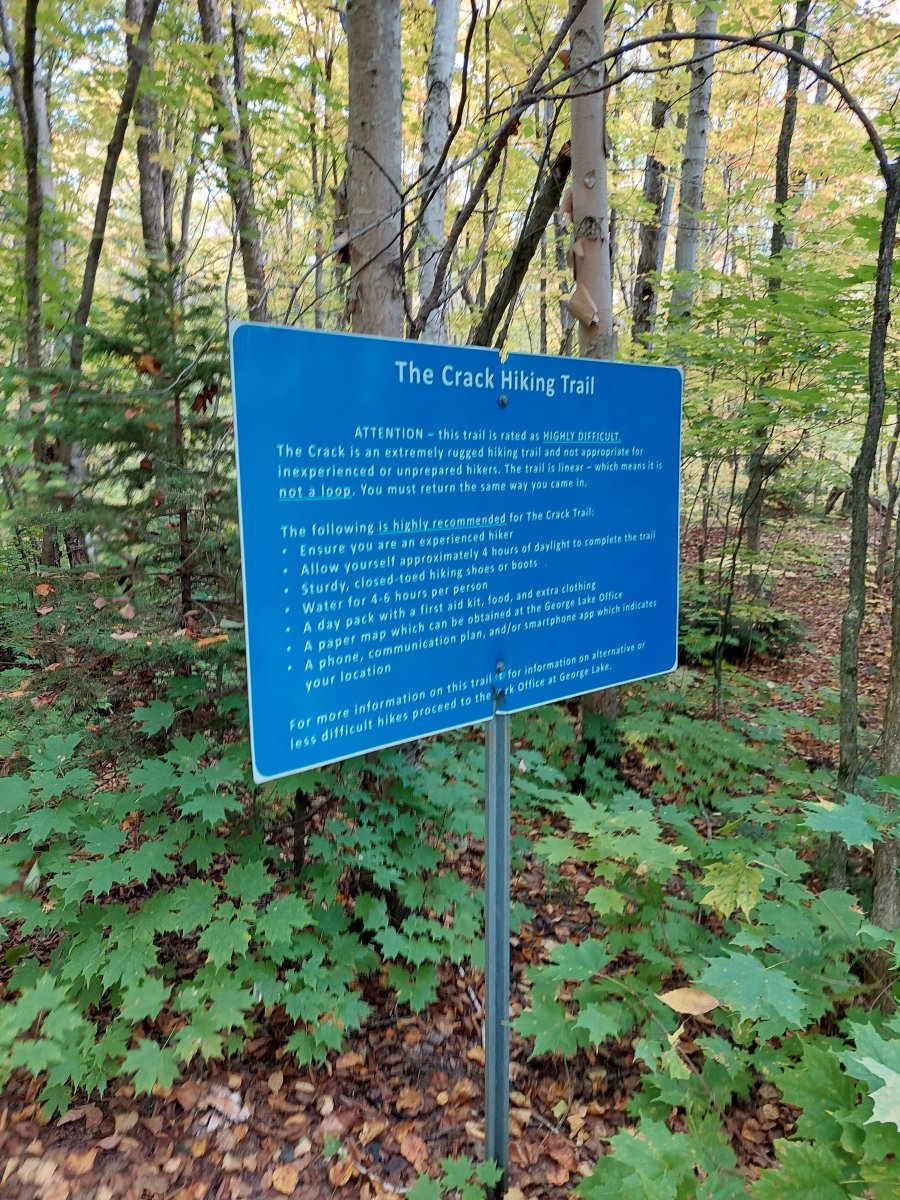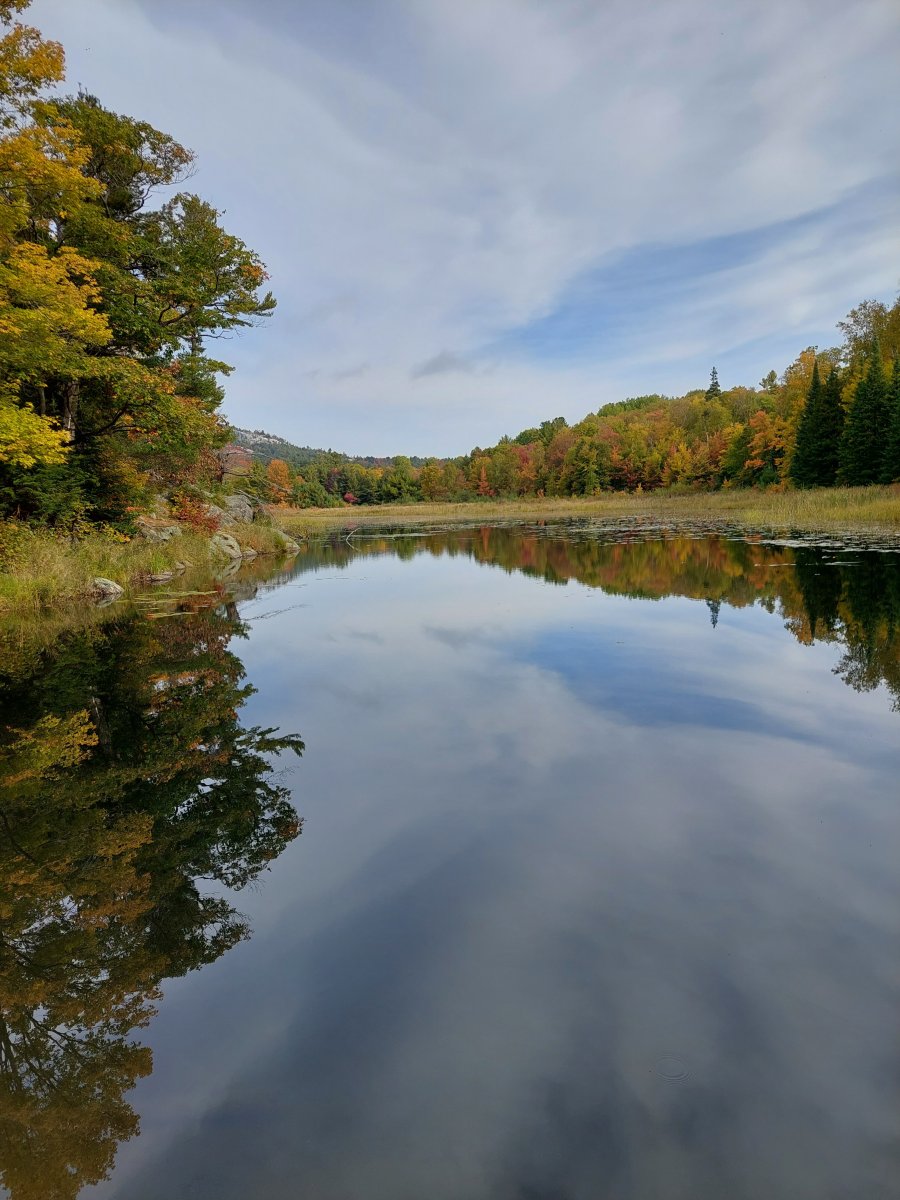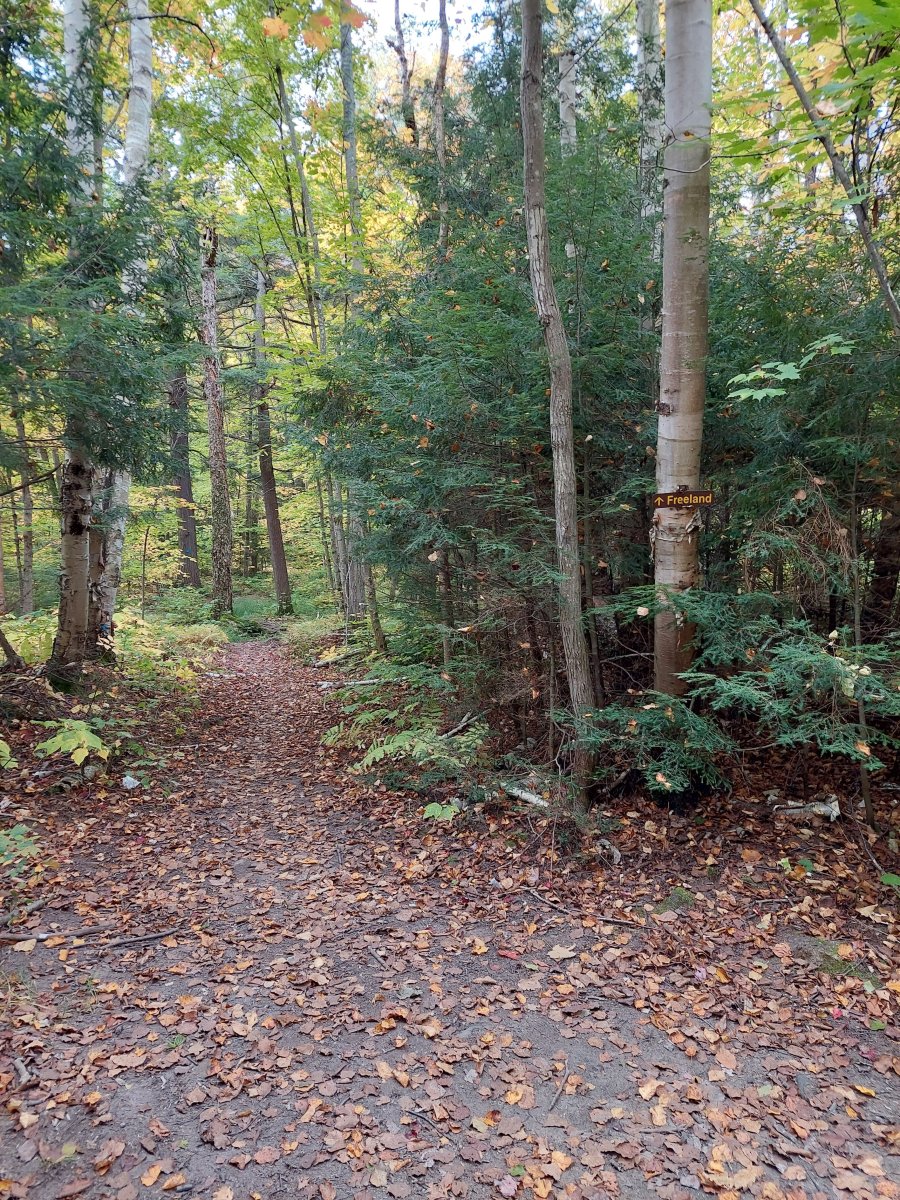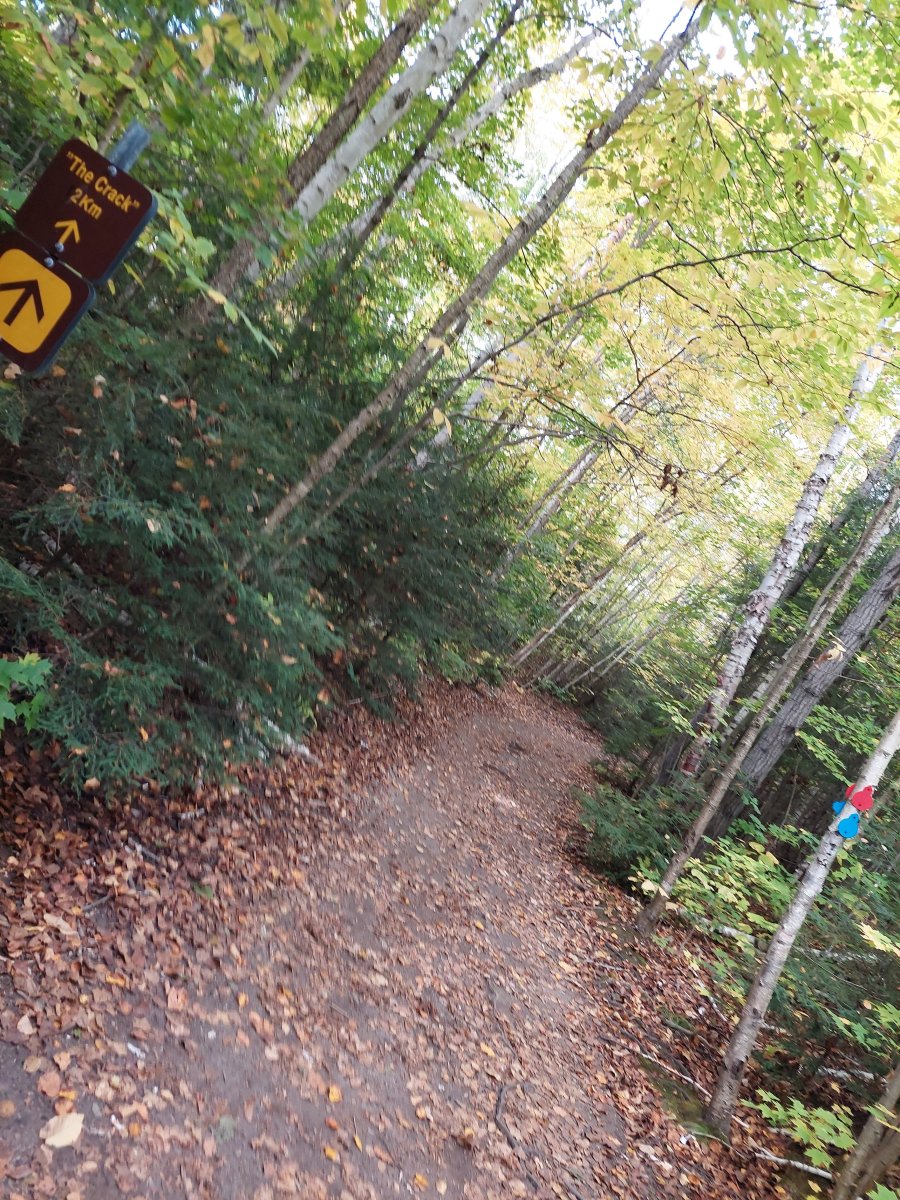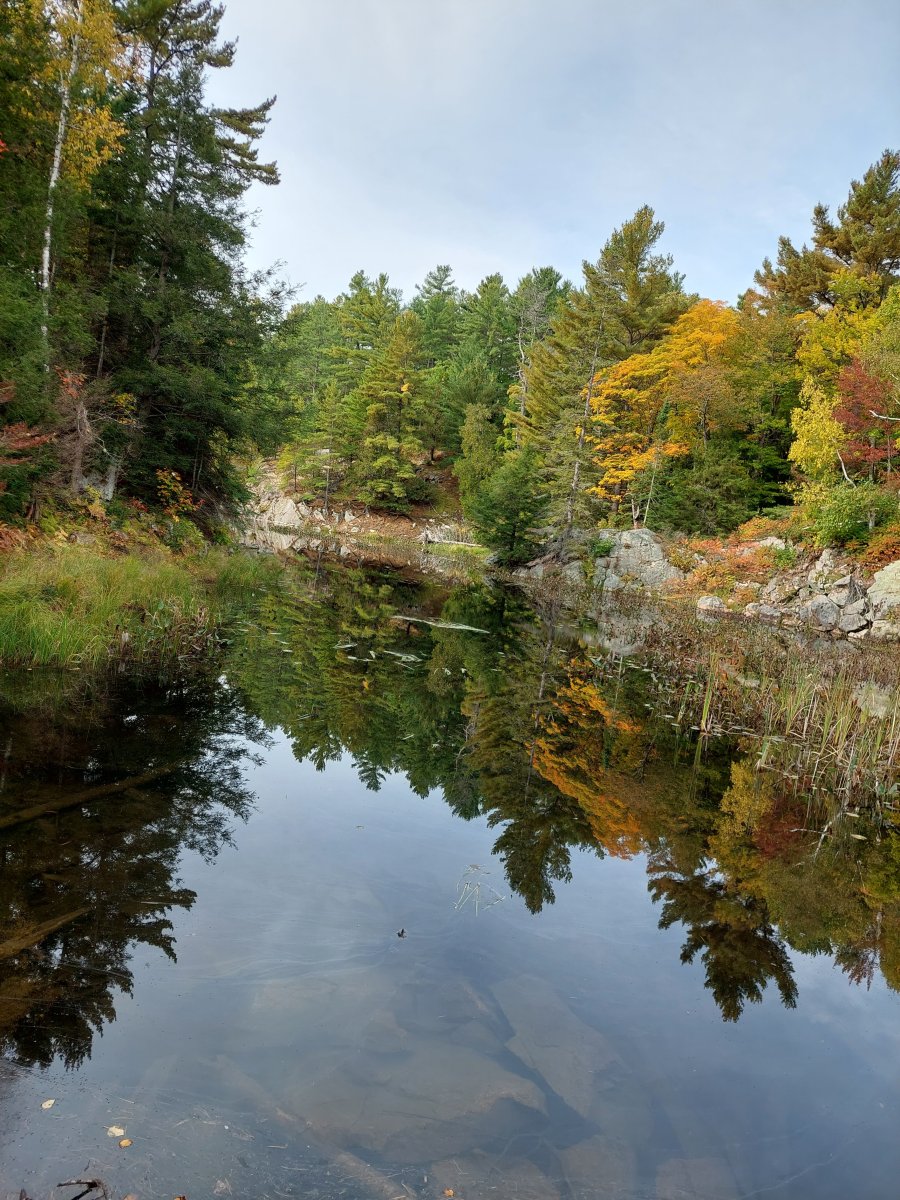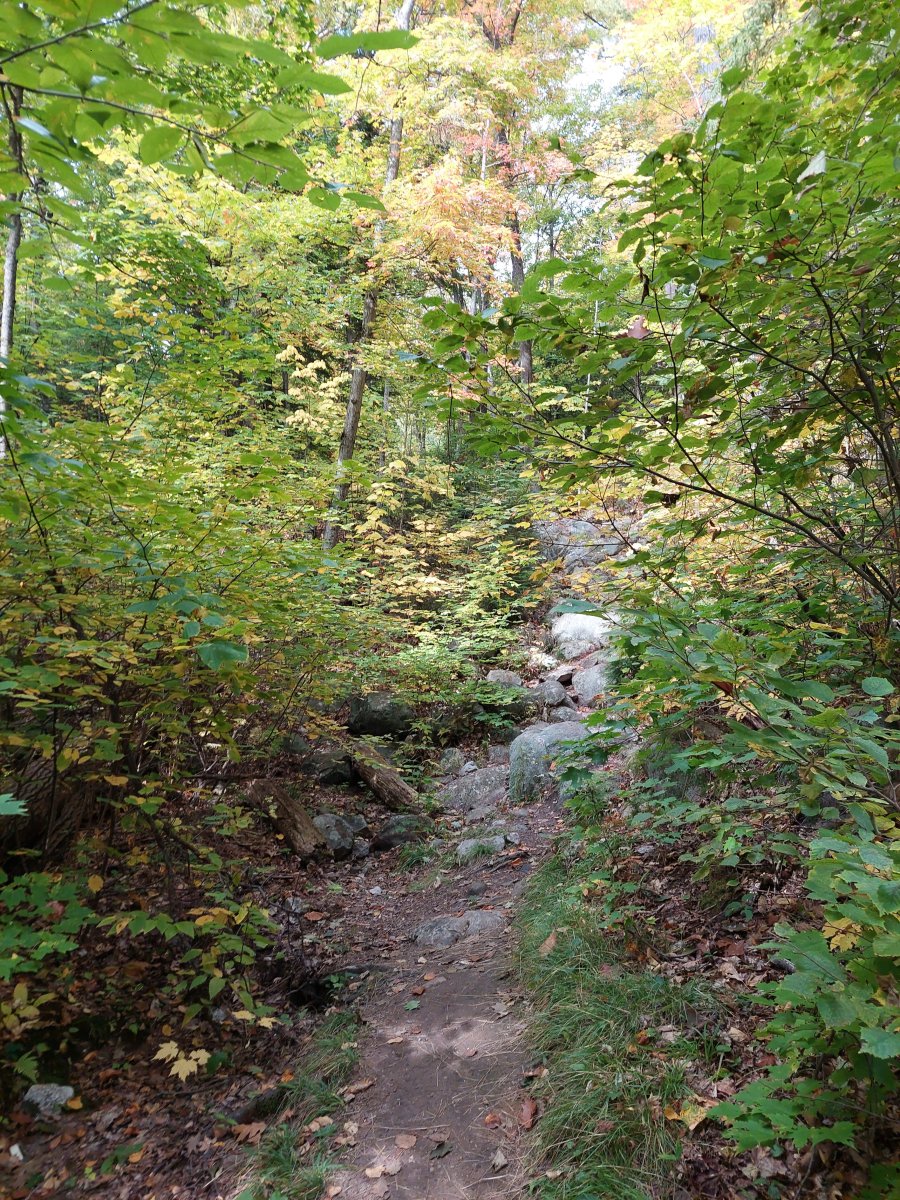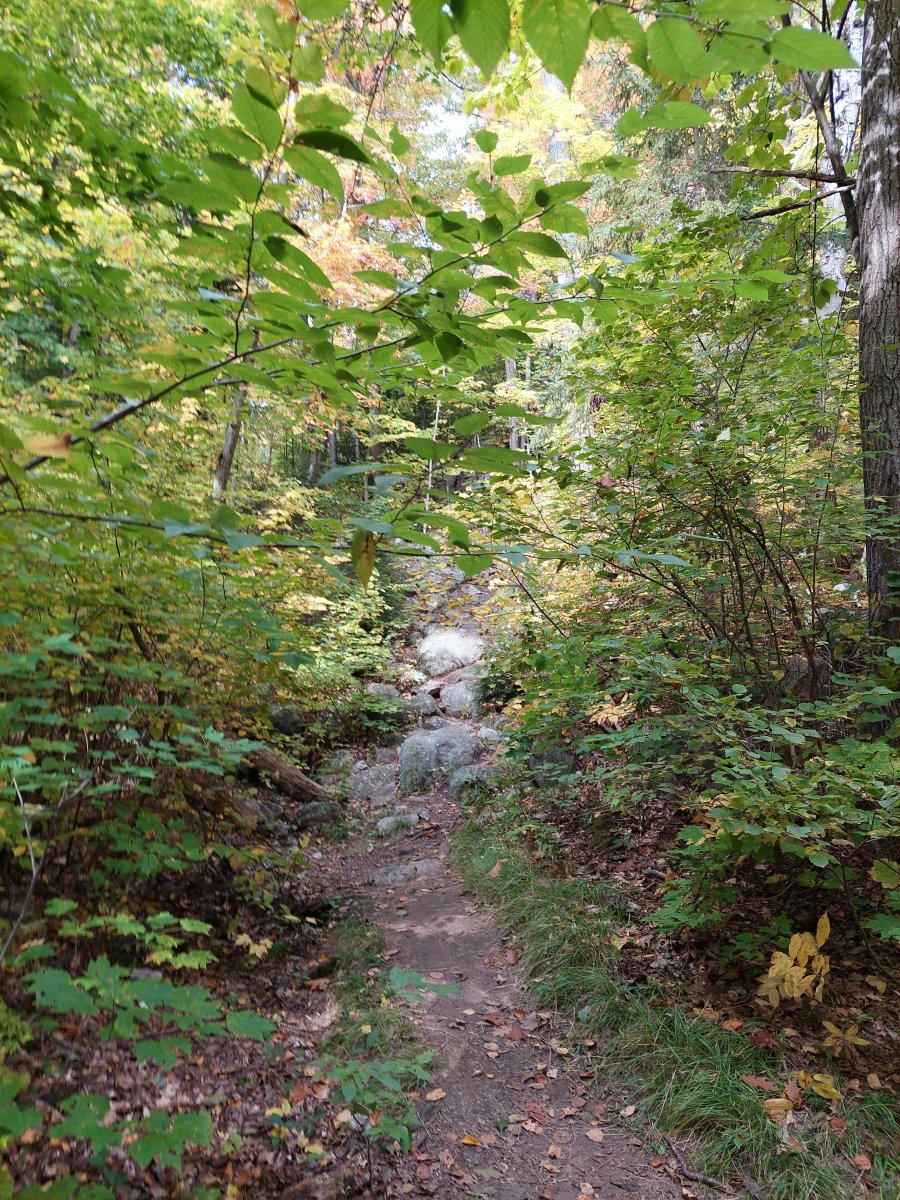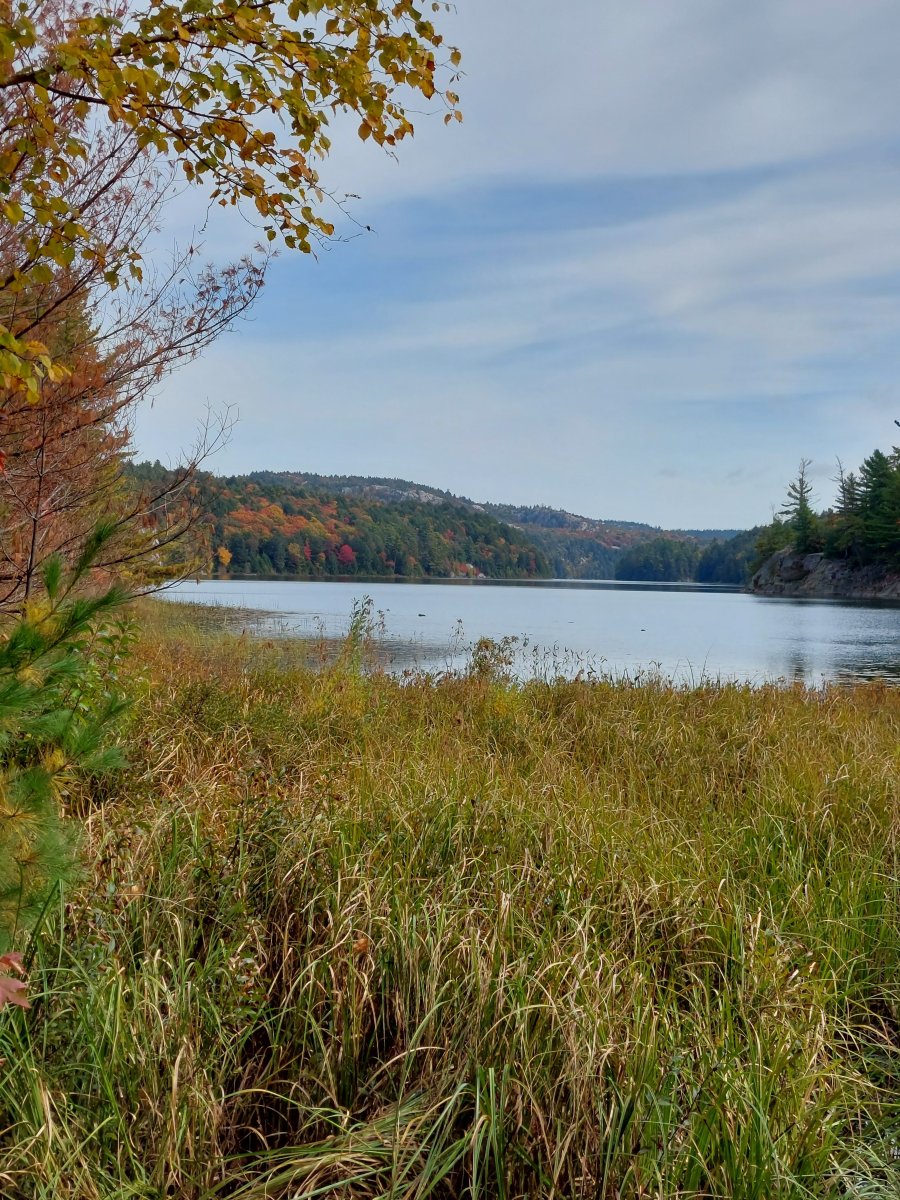ASTRONOMER IN RESIDENCE
Quinton Weyrich
September 19 - October 9, 2022
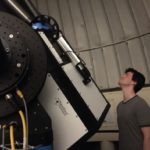
Quinton Weyrich is the outreach coordinator for the Royal Astronomical Society of Canada at the David Dunlap Observatory in Richmond Hill, where he helps host monthly events and educational talks with researchers and educators within the astronomy community. He holds a bachelor's degree in physics from York University, where he served as the student coordinator for the Allan I Carswell Observatory from 2020-2021. Quinton also regularly appears as a host on the astronomical radio program York Universe, hosted by the students, faculty, alumni, and friends of York University. In his spare time, Quinton enjoys stargazing, writing, skiing, and hiking in the great outdoors.
Read Quinton's blog posts as an Astronomer in Residence:
Today I arrived on site at Killarney Provincial Park and got settled into the cabin I’ll be living in for the next three weeks. It’s such a cozy place, and the park is as beautiful as I remembered. I took a trip up here with some friends back in July so I’d have the opportunity to see the area prior to actually starting the job, and I had the opportunity to meet with Tom Vassos who was acting as the AIR at the time. We had a great conversation about astronomy and the various projects we’re working on in our spare time, and that trip only made me more excited for my turn! I loved camping up here, but I have a feeling I’ll enjoy my stay more now that it isn’t so hot. I really hope I get to watch the leaves turn while I’m up here.
It’s a good five hour drive from my home to the park, so I decided to break the trip into two parts. Yesterday I drove to Sudbury and stayed in a hotel overnight, and then I drove the remaining hour into Killarney today. Since I was in Sudbury anyway, I figured I’d take a little detour and visit SNOLAB, which is less than half an hour north of the city centre. SNOLAB is a research centre focusing on neutrino and dark matter physics, and is in fact one of the deepest operational underground clean room facilities in the world. The facility, which is built into a mine, is located under a layer of rock 2070 m thick, which provides excellent shielding from cosmic rays. This, combined with the extreme cleanliness of the facility, allows for the study of very rare interactions, like those associated with neutrinos, to be studied without too much background interference. I’ve always admired neutrino astronomy in particular, so I figured I had to at least visit the facility, even if I didn’t end up exploring past the front gate. And here I am doing just that, at the sign leading to the parking lot for the facility and for the other mines surrounding it! I want to see if I can book a tour of the place on the way out.
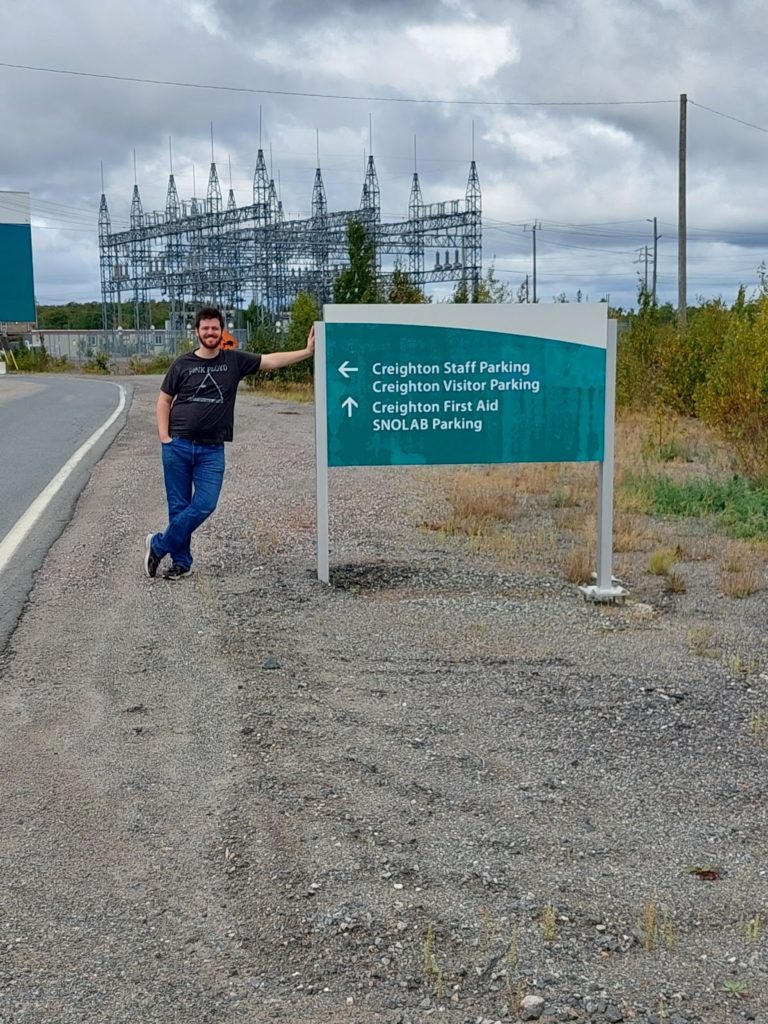
Killarney Provincial Park is to the southwest of Sudbury, about an hour away from SNOLAB. Once I arrived on site and received the key for my cabin, the first order of business was a quick trip into the town of Killarney for some groceries. Killarney is a beautiful town of 500 people that overlooks Georgian Bay. The general store had enough variety to meet my needs, and adorably, it’s built right onto the edge of the water so it’s possible to tie your boat off at the dock and come in for some supplies. I’ve yet to see much of the park itself beyond the George Lake campground I stayed at last time, having spent most of the day getting settled in, but tomorrow I’m hoping to go for a hike up the Cranberry Bog Trail to really soak in the scenery. I’ll be sure to take lots of pictures.
All that’s really left to say is that there’s a good reason this place is designated a dark sky preserve. Walking around out here at night is incredible (as long as you have a flashlight!) I can’t wait for a good, clear night to do some proper stargazing!
Today I went for a nice long hike on the Cranberry Bog Trail. This is a lovely 4km trail that winds through the wetlands to the south of George Lake, accessible from the George Lake campsites. It was an absolutely beautiful day for a hike, temperate and sunny without a cloud in the sky. Altogether, it took me around 2 hours to hike the whole thing, and I greatly enjoyed it. The hike is of moderate difficulty, with a few steep inclines that can be a challenge to make it over, but the scenery more than makes up for it. I’ve uploaded the pictures I took to the photos loop so you can appreciate them too!
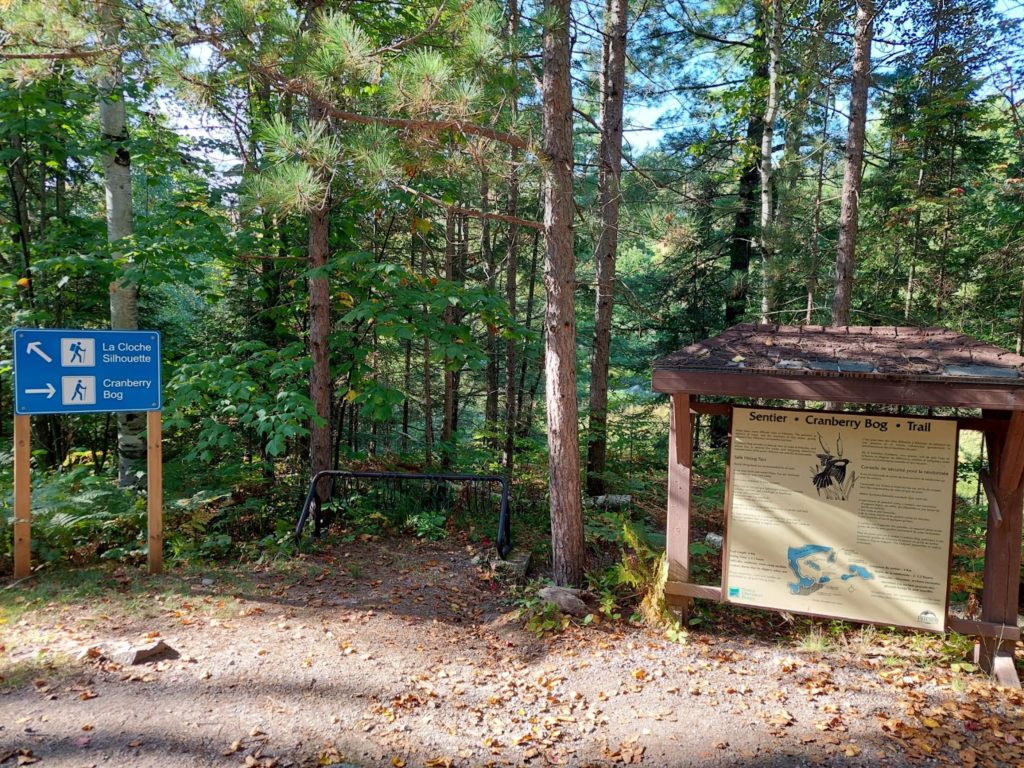
As you can see, the Cranberry Bog Trail is located near the start of the La Cloche Silhouette Trail, a much longer backpacking trail that leads you through the La Cloche mountain range at the heart of Killarney Provincial Park. At 78 kilometres long, this trail will take multiple days to hike, so you should only attempt it if you’re an experienced hiker with the necessary supplies. I am neither, so unfortunately I wasn’t able to check it out. I have work to do tomorrow, after all! Weather permitting, I am planning to do a solar observing event from 2-4 PM, in which I will be teaching the public about sunspots, solar flares, and other fascinating solar phenomena like the Northern Lights! I’ve heard that the aurorae were observed in Killarney earlier this year, actually, and I’m really hoping that I’ll get a chance to see them for myself before I leave.
The sky continues to be clear and cloudless into the night. I was able to snap an image of it with my phone. My camera really doesn’t do it justice, the stars out here are indescribable but the exposure times my phone is capable of only allow for the brightest ones to be resolved. Still, this image should give you a feel for just how dark the sky really is out here. I can’t wait until later in the week when I’ll start doing public stargazing events.
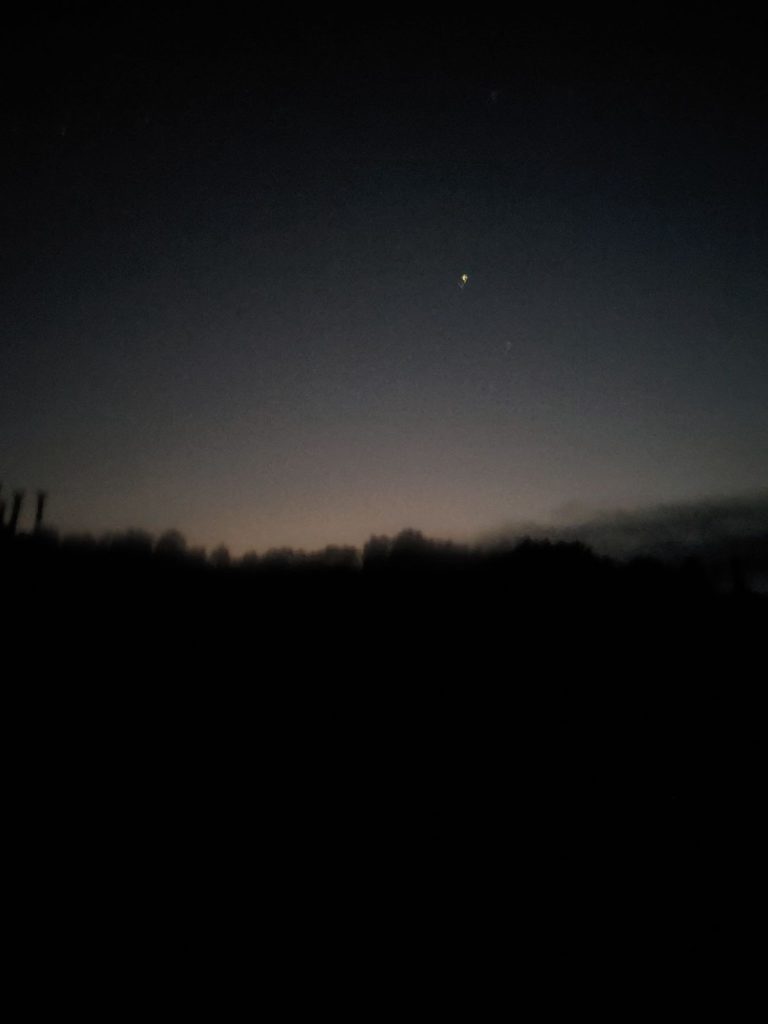
I hosted a solar observing event today, my first astronomy event of the season. It ran from 2-4 PM and I was a little worried it would be cancelled, since it was calling for thunderstorms last night. It didn’t end up raining, but it was cloudy for most of the time I was out there. Having had a feeling this might happen, I printed off some information sheets about sunspots and other solar phenomena and how to observe them safely so I would have something for the guests to engage with even if the sun wasn’t visible. I also showed off the two telescopes so that the guests would be able to have a look at them, although only the 10’’ telescope has a solar filter so I didn’t open up the 16’’ dome. Pointing a telescope at the sun is very dangerous if it isn’t outfitted with a proper solar filter. Not only can the intense light burn your eyes and damage cameras, but it can also shatter the optics inside the telescope itself due to the intense heat. This also makes the telescope a potential fire hazard.
The sun did poke through the clouds around 3:30 however, and with the solar filter on I was able to align the telescope and even resolve some sunspots! The trick for aligning a solar scope is to use the sunlight shining through the finder. If the light is centred within the shadow of the finder scope, you should be able to see the sun within the eyepiece. You can use a piece of cardboard to test this, or your hand like in the demonstration below. Just don’t keep your hand in the path of the sunlight for too long, or you run the risk of being burned. I’d recommend putting a lens cap on the finder when it’s not in use, and whatever you do, do NOT LOOK THROUGH THE FINDER AT THE SUN!
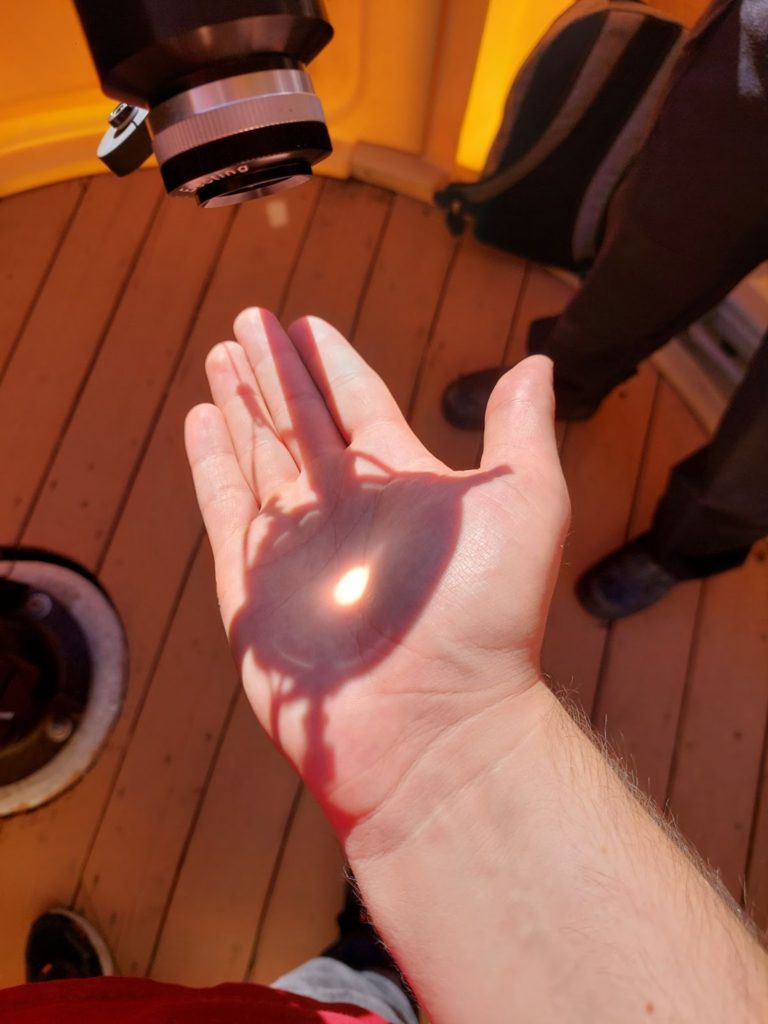
In the above image, you can see that sunlight shining through the eyepiece of the finder scope lands roughly in the centre of the shadow on my hand. This is a well-aligned telescope. And in case you’re wondering what I mean when I refer to a “finder scope”, I’m talking about a smaller telescope mounted to the main telescope with a smaller magnification. Because the finder’s magnification is smaller, it offers a wider field of view, making it easier to find objects that you want to view. Most finder scopes come equipped with a crosshair, and if you align the object within this crosshair, you’ll likely be able to see it in the main eyepiece. Our 10’’ telescope, inside the Waasa Debaabing observatory dome, is shown below. I’ve circled the finder scope to make it easier to see.
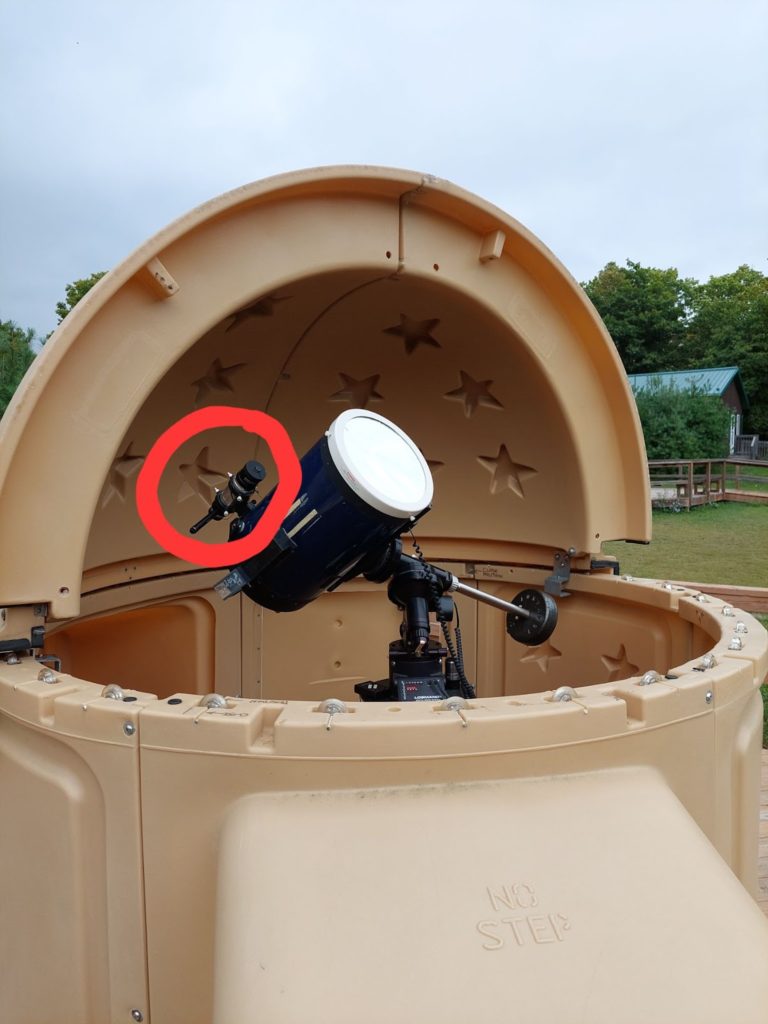
Waasa Debaabing, which is Anishinaabemowin for “seeing far (as the eye can see)” is the name of our observatory dome featuring our 10’’ reflecting telescope, pictured here. The shiny object mounted on the front of the telescope is the solar filter, and the smaller scope circled in red is the finder. The larger dome which contains the 16’’ reflecting telescope is called Kchi Waasa Debaabing, which roughly translates to “seeing very far”.
I was even able to capture some images of the sunspots through the telescope with my phone, which is not easy to do. It can be hard to align a phone’s camera well enough with the eyepiece to resolve a clear image. I’ve attached the picture I took below. The partial white disc visible within the eyepiece is the edge of the sun, and the dark blotches on its surface are sunspots! Sunspots are sections of the sun’s photosphere that are cooler, and therefore do not glow as brightly. They occur when the magnetic field lines of the sun bunch up in one place, preventing the plasma in the region from being effectively heated by convection, and because they result from complexities in the sun’s magnetic field, they tend to grow more numerous near solar maxima. A solar maximum is the point in the sun’s eleven-year cycle of magnetic activity where its magnetic field is the most complicated, and the next one is projected to occur between 2023 and 2026, which means we’re approaching it right now!
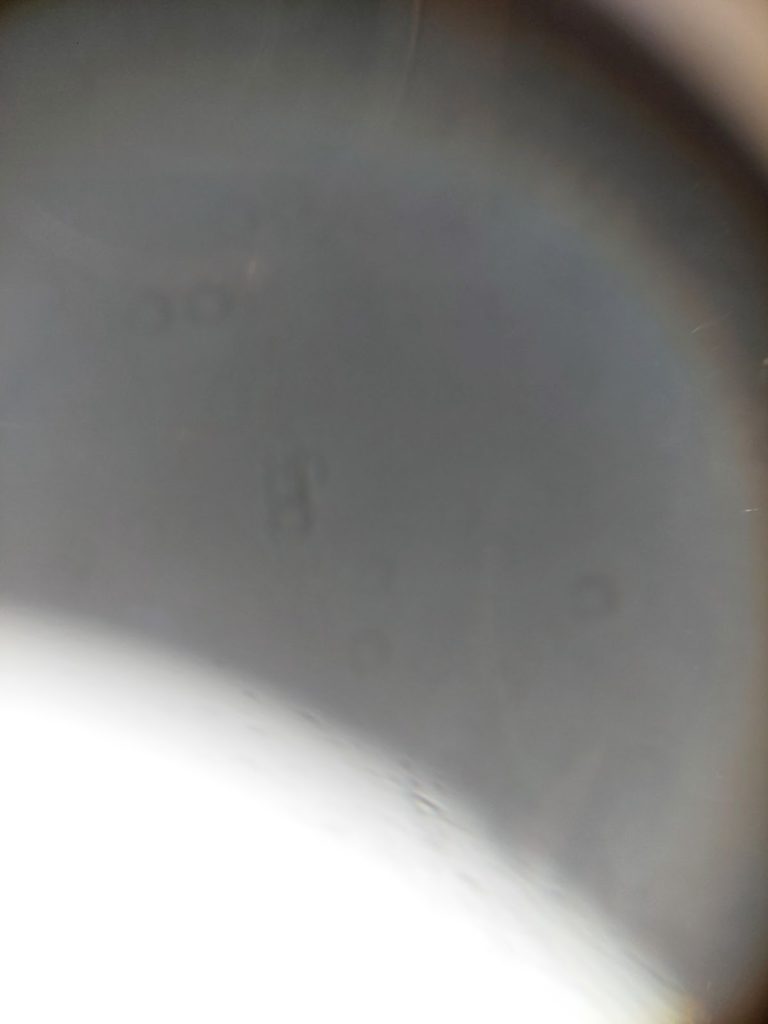
Last night, some friends and I played around with the exposure time settings on our phones and I finally managed to capture a decent image of the Milky Way up here! It really is gorgeous. Shamefully, I’d never had the opportunity to see it up until now. One of the downsides of living in an urban area, I guess.
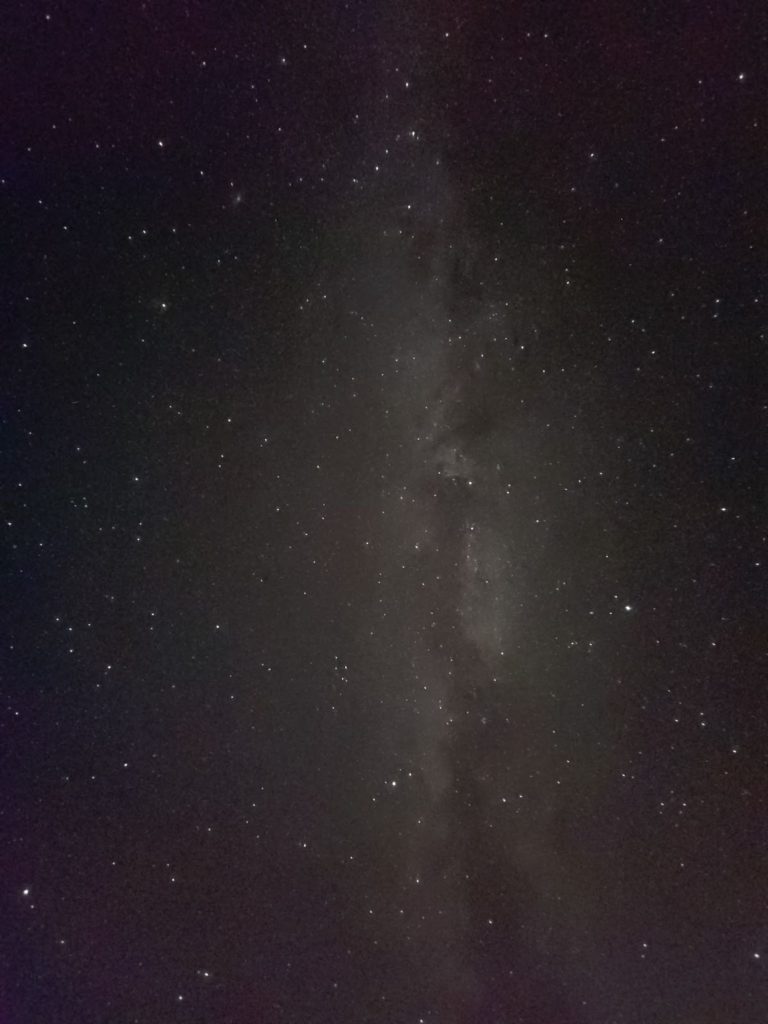
This evening, I hosted a talk I prepared myself about the life cycle of stars. It was my first presentation since arriving here, and while I was pretty nervous for the talk I think it went pretty well! Did you know that the density of matter within a typical nebula, from which stars form, is on average lower than a typical vacuum obtained within vacuum chambers on Earth? Yet these regions of space, as empty as they are, still manage to clump together over time and create the beautiful balls of plasma that make all life - and indeed, nearly all of chemistry - possible.
Tomorrow I’ll be running a late-night starhopping event, weather permitting. I’m eager for the opportunity to teach the guests about the planets, stars, and constellations!
There were some visitors to the cabin area today.
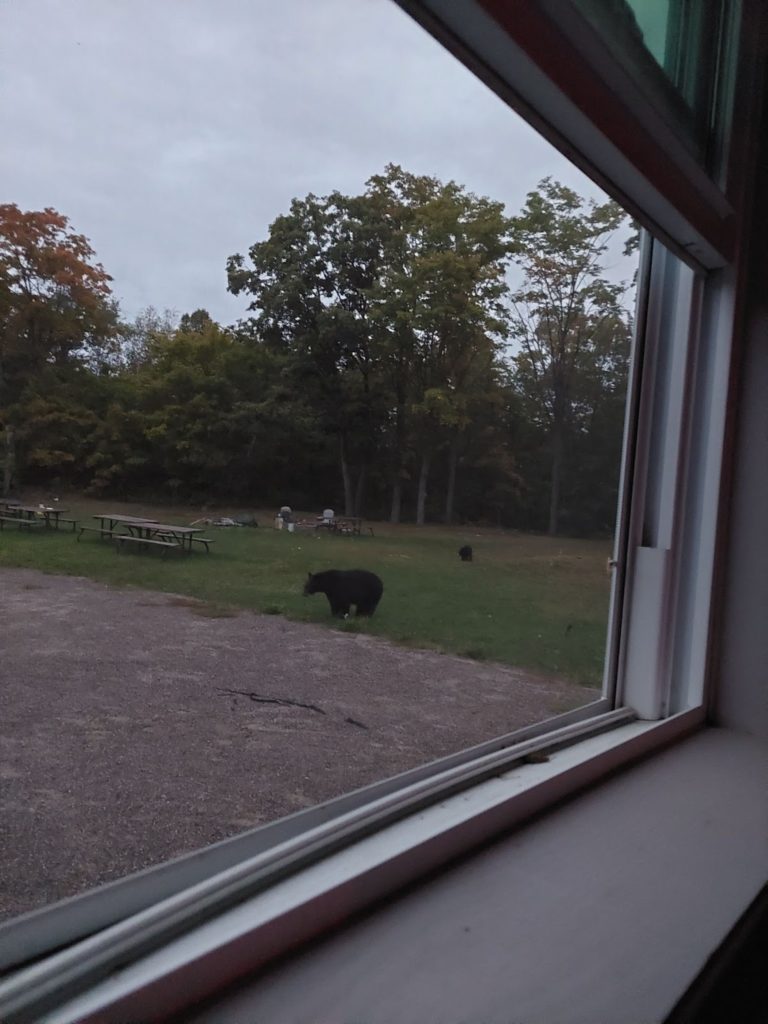
Don’t worry, I kept a safe distance and took this picture from inside. Black bears are a common sight in Killarney, especially in the fall when they bulk up for hibernation. The larger bear in the front is the mother, and the one behind is one of her cubs. There was a second cub as well, at one point the two of them climbed the tree in the background of this image in order to snack on some leaves.
Nature should always be respected, and it’s important not to antagonize wild animals. That said, black bears are not as scary as people often believe. Black bear attacks on humans are quite rare, and the vast majority of them only occur because the bears have regularly been fed by humans and have come to see us as a source of food. This is why it’s so important not to feed wildlife when camping, and not to leave food or garbage out in the open. Black bears are also less protective of their young than grizzlies (which do not live in Ontario), and are more likely to run away if you approach them than attack, even in a case like this when the cubs are nearby. Black bears also prefer to make mock charges at humans when they feel threatened in an effort to drive them away, rather than attacking outright. But none of this should convince you not to take wildlife seriously. Keep your distance, be vigilant, follow park rules, and never harass an animal.
I had initially planned a stargazing event for tonight, where I would have shown guests the constellations and planets from the beach on the shore of Lake George. I had even brought some planispheres from home to demonstrate their use. But unfortunately, it’s raining right now, which means no stars are visible and I run the risk of getting these nice planispheres wet, so I’m just staying inside and taking it easy. Oh well, I’ve had lots of great stargazing sessions already, and I’ve still got two more weeks to look forward to!
Another day, another bear sighting! I think this one’s a juvenile, it’s smaller than the mama bear I saw last week. As far as I can tell it was alone. It wandered out of the woods and started eating grass near the cabin.
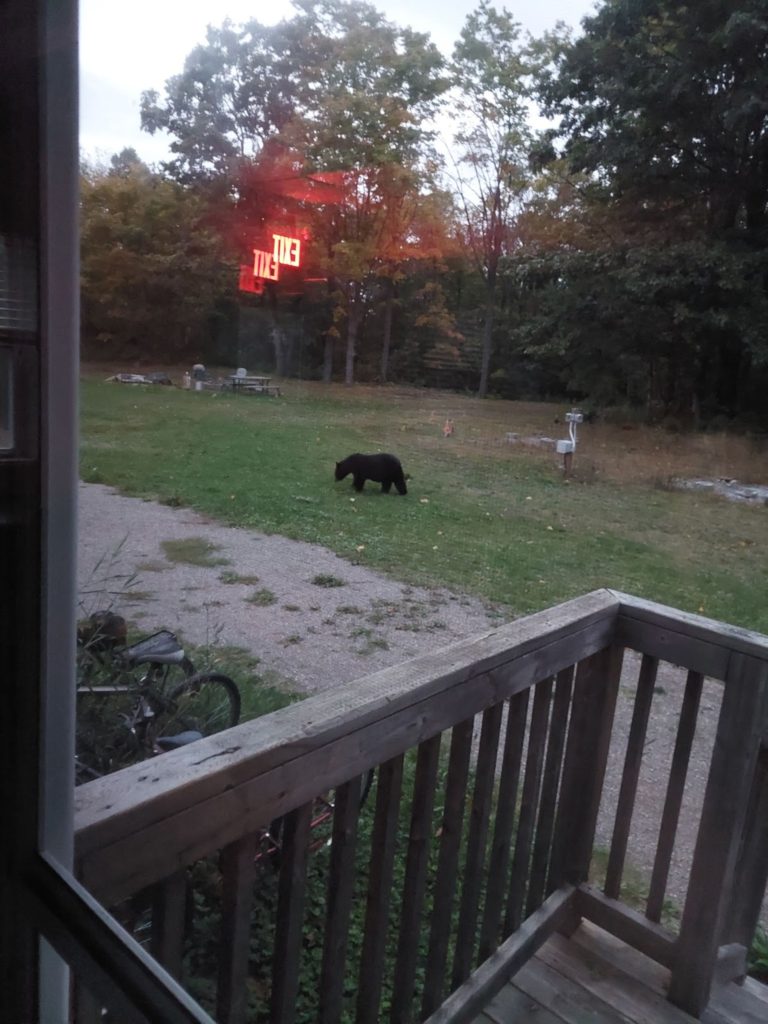
I haven’t had many updates these past few days because the weather here has been quite cloudy, with intermittent rain. I’m a little afraid to go hiking when it’s like this, in case I get rained on, and of course there hasn’t been much to see astronomically. That said, I’ve got a presentation planned for tomorrow night, about the Sudbury Impact Crater, and I’m trying to go for a hike to The Crack, a popular trail here, on Thursday. After that will be the Stars over Killarney festival happening this weekend, where amateur astronomers from all over Northern Ontario will come to the park for viewings and exciting special events. I’m looking forward to the rest of the week, and I’ll be sure to keep you all updated!
Today, while I was in the cabin preparing for my presentation in the evening, a little brown bird flew in the open door and couldn’t figure out how to get back out! I had to get help from one of the rangers in order to help the poor thing escape, it just keep flapping against the windows despite the fact that I had opened all the doors to make it easier for it to get out. It must have become disoriented after bumping into the walls a couple times. The ranger was able to gently grab it with its wings pressed against its body (it was quite tired at this point so it wasn’t too hard to catch) and release it outside, at which point it flew away, seemingly uninjured. I hope it didn’t collide with anything too hard. This will teach me to leave the doors closed, even if the cabin is a bit too warm.
(In case you’re wondering, I’m pretty sure the bird was an American Pipit. I didn’t get a picture of it since I was more concerned about helping it escape, but the pictures I’ve seen match its appearance very closely. This bird can be found in North America and Asia, where it is called the Buff-bellied Pipit instead.)
My presentation was at 8 PM, and I think it went really well! I was talking about the nearby Sudbury Basin, which is actually the third-largest impact crater on Earth. The crater is over a billion years old and was formed during the Proterozoic Eon, during a period of time before multicellular life even existed. As a result, despite the vast size of the crater (it would have been 130 km wide prior to erosion), it’s unknown if it caused an extinction event like the asteroid that made the 180 km wide Chicxulub Crater in the Yucatan Peninsula (which is believed to have wiped out the dinosaurs) since microbial life rarely leaves fossil evidence behind. Amazingly, Sudbury is home to not one, but two impact craters, with the second being located underneath Lake Wanapitei to the east. The Wanapitei crater is much smaller (8.4 km) and over a billion years younger (around 37 million years old) so its proximity to the Sudbury Basin is purely coincidental. Hard to believe, I know, but nature is full of remarkable coincidences like that.
Anyway, here’s a picture of me shortly before the presentation. I really do love talking with the public about astronomy, and I was delighted by how many questions the audience had. I can’t wait for Stars over Killarney this weekend.
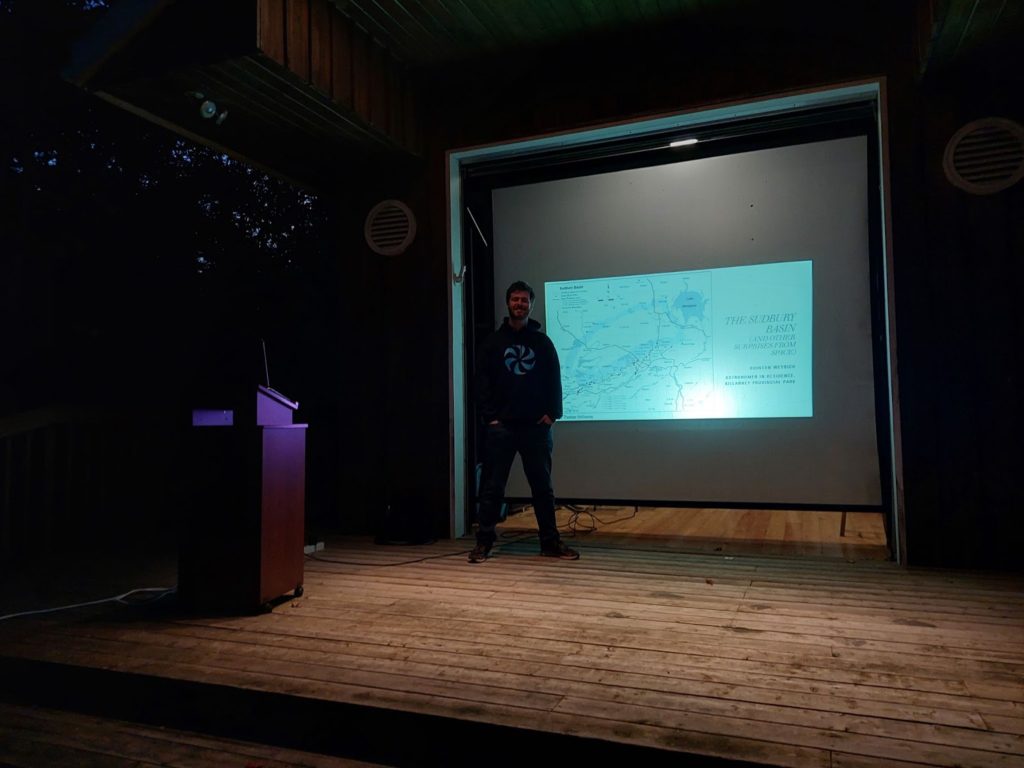
Today I walked down to the beach after sunset and took some great pictures of the night sky. I took a lot of images, which I’ll upload to the image rotation, but I’ll include my favourite one right here.
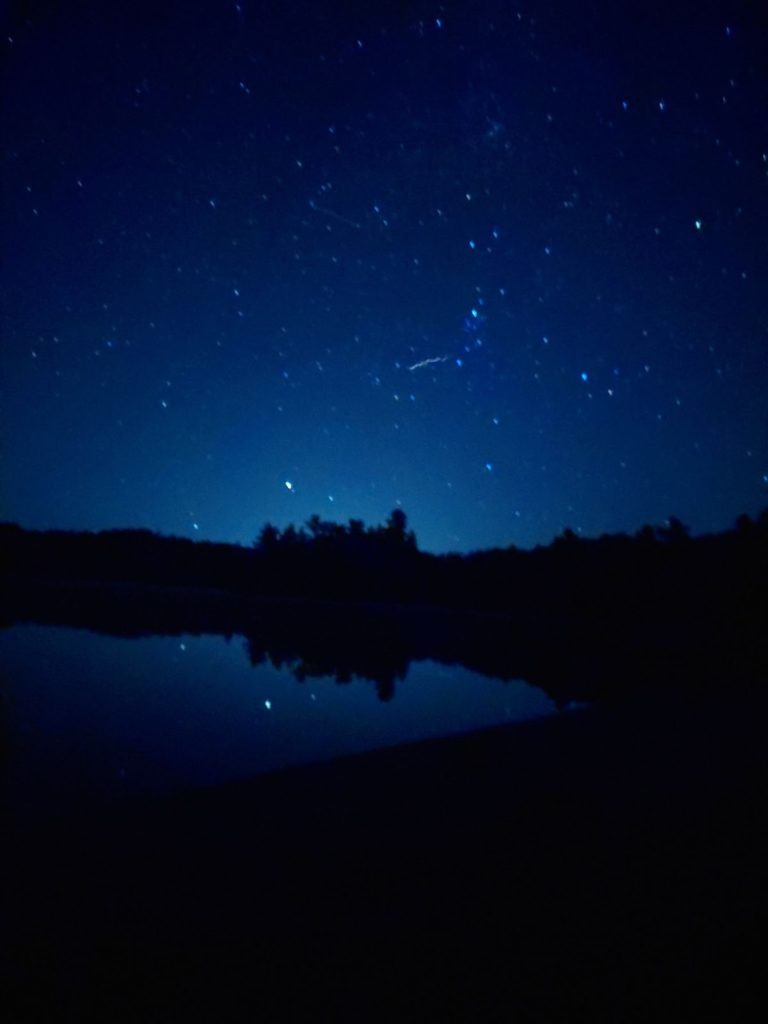
I’m looking out over George Lake to the north in this image, and I’ve set my phone’s exposure time to its maximum value of ten seconds. I took this image by sitting down at a bench and propping the phone up to keep it as still as possible. It isn’t perfect (you can see that the stars are kind of smeared out a little because of the phone’s wobble) but I’m pretty happy with it!
I believe that the thicker, somewhat jagged white line in the sky is the path of a satellite. I saw the object moving slowly through the sky and immediately got my phone out to try to capture it. I think I may have captured a shooting star here too (up and to the left of the satellite) although I didn’t notice it at the time. I did see a few shooting stars while I was out there and we’re during the active period for both the Orionid and Southern Taurid meteor showers, so it’s plausible that I was able to capture one in this shot. What good fortune!
Tomorrow is the first day of Stars over Killarney, and people have already started setting up their campers. I’m really looking forward to showing them the planets tomorrow night! But before that, I’m hoping to get that hike to the Crack in…
This morning I woke up bright and early and went for another hike on Cranberry Bog Trail. I’m still planning to hike the Crack, but since it’s a lot longer I’ve decided to pace myself. Tomorrow, I am going on a hike led by Dr. Gordon Osinski, who is a professor in the Department of Earth Sciences at the University of Western Ontario, the Director of the Institute for Earth and Space Exploration, the Director of the Canadian Lunar Research Network, and the Chair of the Planetary Sciences Division of the Geological Association of Canada. He is also the keynote speaker for the Stars over Killarney festival. He’ll be taking a group of guests and staff on a hike through the lovely Chikanishing Trail, which winds through rocky highlands and along the shore of Georgian Bay, and explaining the geology of the area to us. The day after that, I’m planning to go on another guided hike on the Granite Ridge trail entitled “Humans - Soils, Rocks, and Stars” which will serve as the wrap-up to Stars over Killarney. So that’s three hikes in three days! I have a feeling I’ll be pretty sore after all that, so rather than hike the Crack today, which I understand takes around five hours, I decided to hike Cranberry Bog again, this time in reverse. I started out near the shore of George Lake and followed the twin red and blue trail markers. There were two sets of markers because, as I mentioned last week, Cranberry Bog Trail is located near the start of the multi-day La Cloche Silhouette Trail. In fact, the final part of Cranberry Bog Trail is actually the beginning of the La Cloche Trail, with the two diverging after about half an hour. After this point, following the blue markers takes you on your multi-day trip through the backcountry, and following the red markers keeps you on the day hiking trail. I made sure not to mix that up! It’s not an easy mistake to make, fortunately, there’s a nice, clear warning sign posted at the point where the two trails diverge.
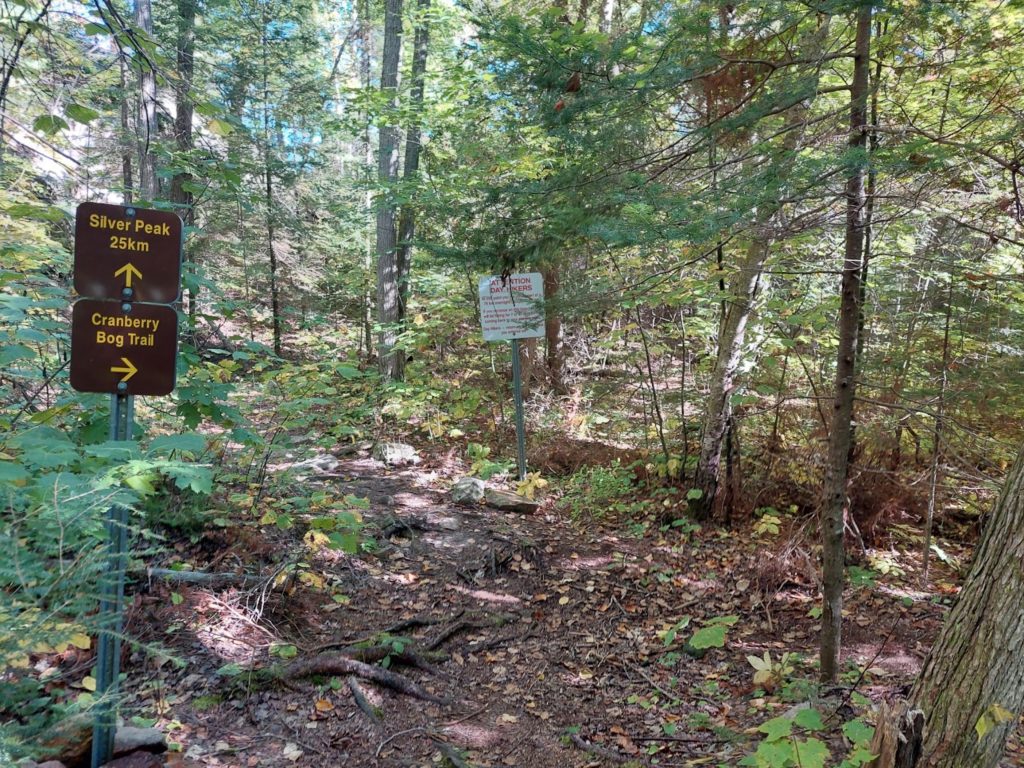
You can’t read the sign in this image, but it’s warning day hikers to turn around because you shouldn’t hike La Cloche Trail without the necessary equipment. I’ll post the other images from this hike in the Images folder for this week so they’ll appear in the rotation.
Tonight was the first night of Stars over Killarney! Hobbyist astronomers, predominantly from Sudbury and North Bay, have been trickling into the campground for the past few days. Many of them are now staying in campers near the cabin area. After sunset, they all set their telescopes up near the observatory domes and we had a great night looking at the sky! Kchi Waasa Debaabing, the 16’’-telescope observatory, was set up to a camera and the images collected by the telescope were projected onto a screen. We then made our way through the superior planets (those that orbit further away from the Sun than the Earth does) and showed images of them on the screen. The crowd was a pretty even mixture of astronomy enthusiasts with their own equipment and interested members of the public from the campsites. After some opening words from Kathleen Chayer, the Head Park Naturalist, and Will Moran, an Anishinaabe Knowledge Carrier, the event was in full swing! As the Astronomer in Residence, my job was to introduce each object and provide some fun facts, and then answer questions from the audience about astronomy and the objects being imaged. I couldn’t have asked for a clearer night sky. We were able to get some absolutely stunning views of Saturn, Neptune, Jupiter, and Uranus, as well as some of my favourite objects from outside the Solar System: the Andromeda Galaxy, Messier 11, Messier 13, Albireo, and the Pleiades. When we brought the telescope to each planet, we played recordings of Gustav Holst’s famous suite, The Planets, which had been recorded by the Toronto Symphony Orchestra and generously made available to us.
In case you’re wondering, I’ll give some information about each of the extrasolar objects I just mentioned. I’ve also included images of them, which were captured by NASA (since the images I took of the objects projected onto the screen are not of very good quality, being a captured image of a captured image taken from a bright screen in the dark.)
- The Andromeda Galaxy is a neighbour to our own Milky Way Galaxy, also with a barred spiral structure. It is about 2.5 million light-years away from us, but it’s getting closer. In fact, the Andromeda Galaxy is one of the only objects outside the Milky Way that appears blueshifted, rather than redshifted, meaning it’s approaching us rather than moving away as the universe expands. It is expected to collide and merge with our galaxy in 4-5 billion years, forming a large elliptical galaxy which astronomers call “Milkdromeda”.
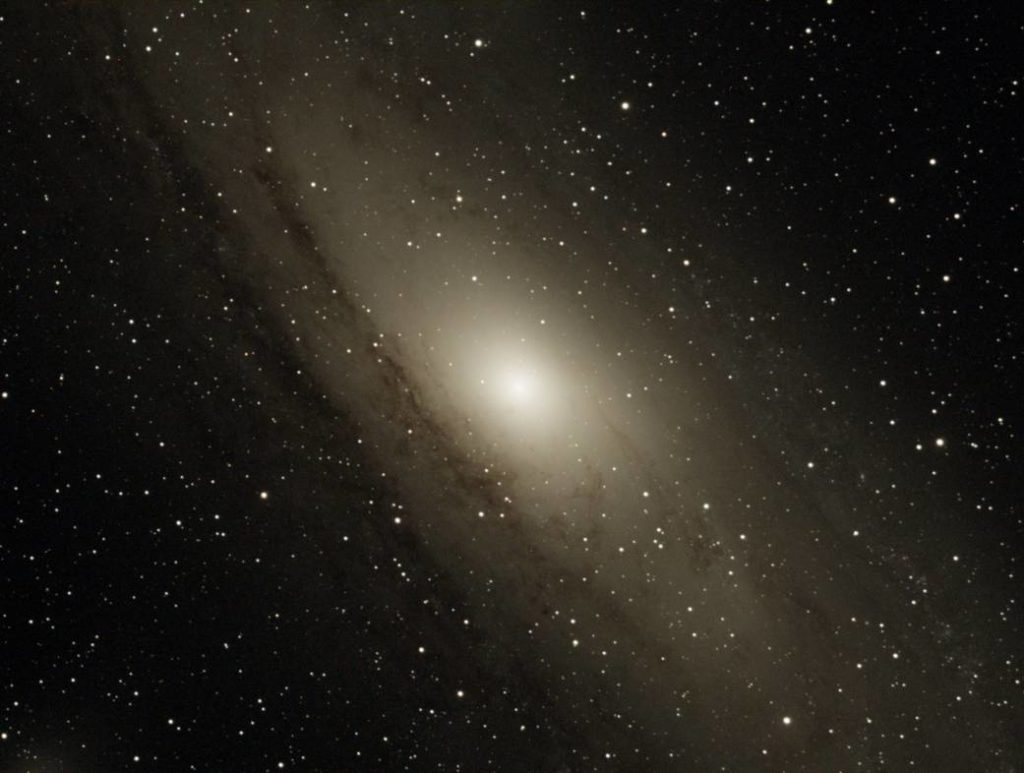
- Messier 11 is an open star cluster, which is a relatively diffuse collection of young stars that would have formed from the same nebula at around the same time. It is also known as the Wild Duck Cluster, and is located in the constellation of Scutum. It is a member of the Messier Catalog, a collection of bright nebulae, galaxies, and star clusters that were often mistaken for comets by Charles Messier in the 1770s. Andromeda is also a Messier object, denoted M31.
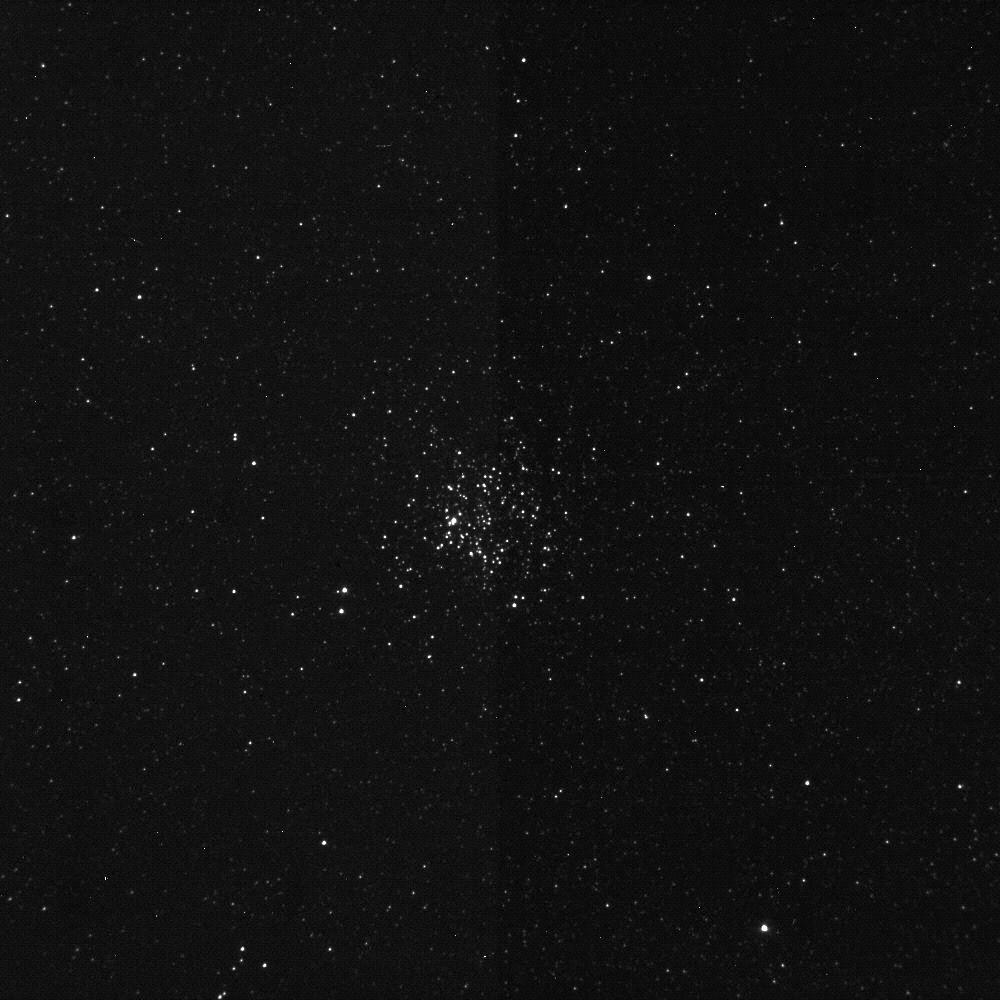
- Messier 13 is a different kind of star cluster, called a globular cluster. These star clusters are much more compact and spherical than open clusters, and are believed to form through triggered star formation, in which a cataclysmic event such as a supernova causes a nebula to contract and begin forming stars that are more tightly arranged than would otherwise occur. It is also called the Great Globular Cluster in Hercules, because it is in the constellation of… well, Hercules.
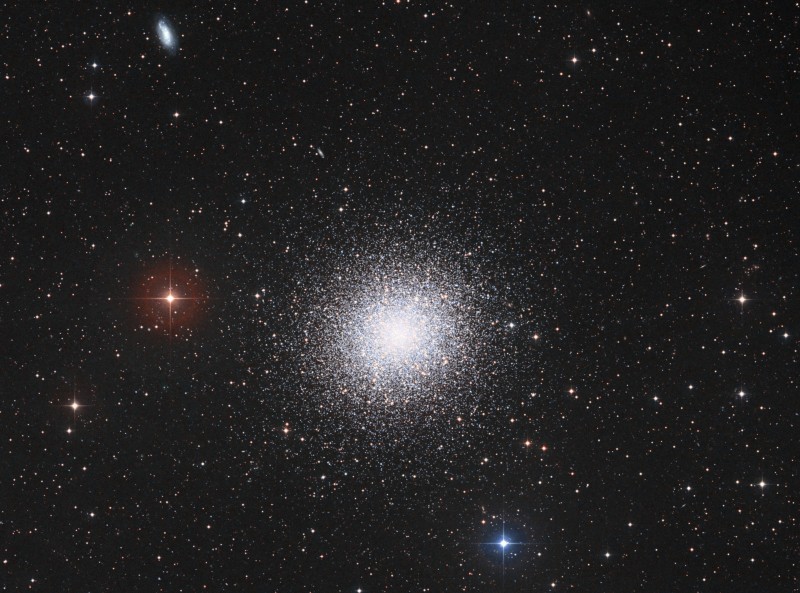
- Albireo is a double star in the constellation of Cygnus. When viewed with a telescope, it can be resolved into two stars, but only appears as one star when observed with the naked eye. Nicknamed Albireo A and B, these stars are actually nowhere near each other, but look as if they are right next to each other because they lie along a similar angle with respect to the Earth. Albireo A is an amber-coloured (relatively cool) star, and Albireo B is the blue (hot) star located below it. Albireo A is interesting because it is itself a multiple star system, consisting of at least three gravitationally bound stars orbiting around a common centre of mass, which are too close together to visually resolve as separate objects even with a telescope.
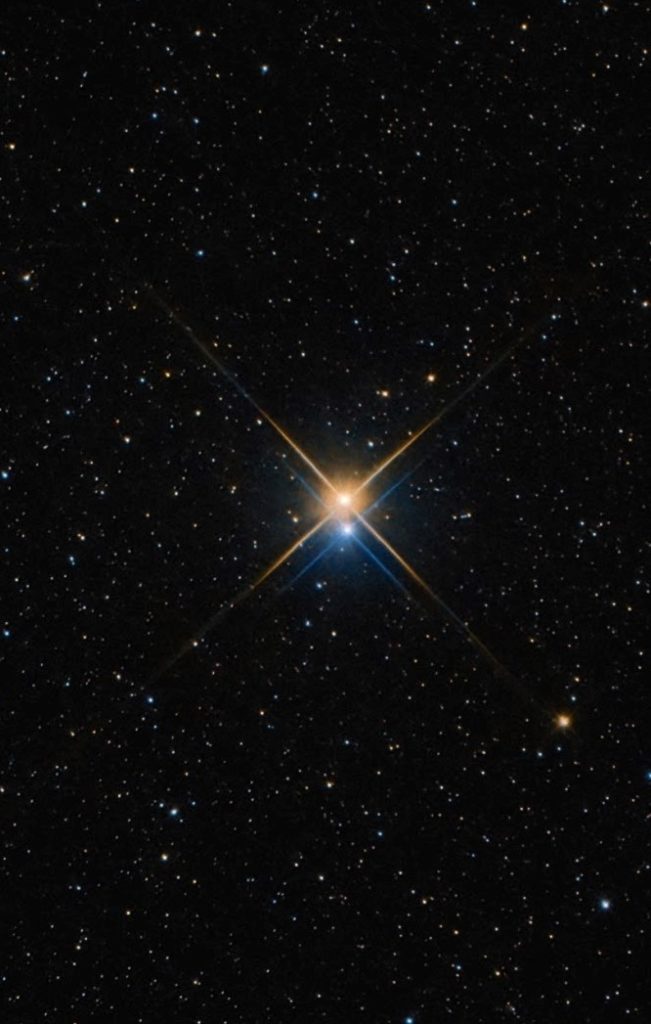
- The Pleiades or Messier 45 are an open star cluster in the constellation of Taurus. It is the most obvious star cluster to the naked eye, as around 6-7 of the stars in the cluster can clearly be made out from Earth. There are in fact hundreds of stars in the group, which becomes apparent when the cluster is viewed through a telescope. This distinctive asterism features in the mythology of many cultures from all over the world.
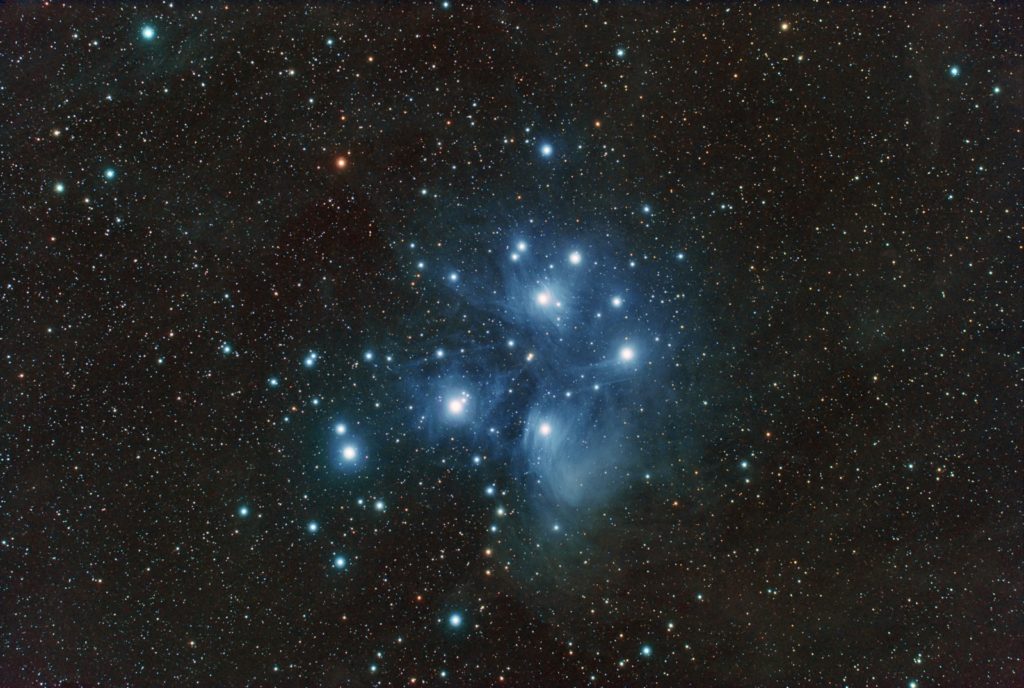
Unfortunately, Mars did not clear the treeline until after 12:30, by which point most of the guests had packed up and gone to bed, so we didn’t stay out late enough to image it like we did with the gas giants. But we’ll be doing the same event tomorrow night, so we may have another chance!
All the images I will take during Stars over Killarney will be placed in a separate image folder for you all to check out.
Today began with a hike along the Chikanishing Trail led by Dr. Gordon Osinski. Along the ~2.5-hour-long trail, Dr. Osinski would show us the fascinating geological features of the park that give clues about this area’s history dating back billions of years. The Canadian Shield, which Killarney sits upon along with most of Northern Ontario, is the product of a long series of mountain-forming events followed by millennia of erosion due to the effects of glaciers and liquid water. The trail predominantly winds over granite ridges down to the shores of Georgian Bay, but offers some excellent views of the La Cloche Range which marches through the park to the north. The La Cloche Range is predominantly made of quartzite, and was created during the Penokean orogeny around 1.8 billion years ago. The granite near the shoreline is comparatively far younger.
Dr. Osinski had all sorts of fascinating geological facts to share with us. For example, if you’ve ever visited the Canadian Shield, have you ever noticed smooth ruts in the rock like this?
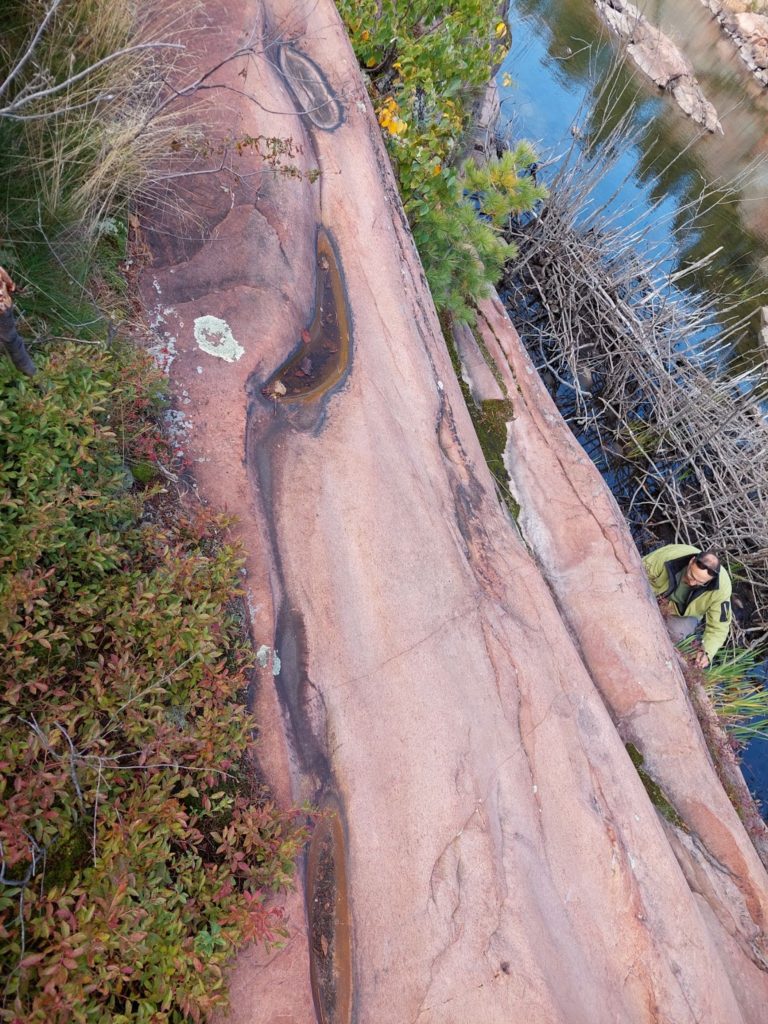
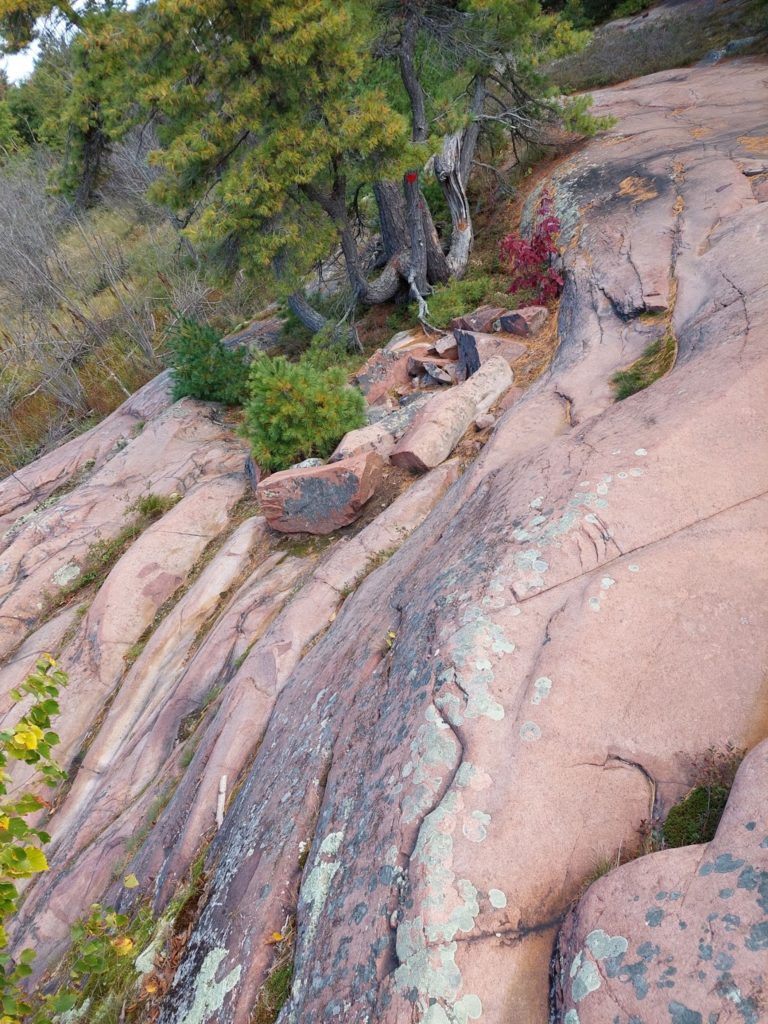
These were carved into the rock during a period of glaciation, when the area was under kilometres of ice. As these glaciers melted, the water contained within them needed a way to escape. Under intense pressure, this meltwater would form jets that could cut divots into the rock beneath as it flowed. The glaciers also left another distinctive pattern in the surface of the rock, which are called chatter marks. These crescent-shaped marks are left by rock fragments embedded in the base of the glacier, which strike the rock each time the glacier jerks forward as it slowly moves.
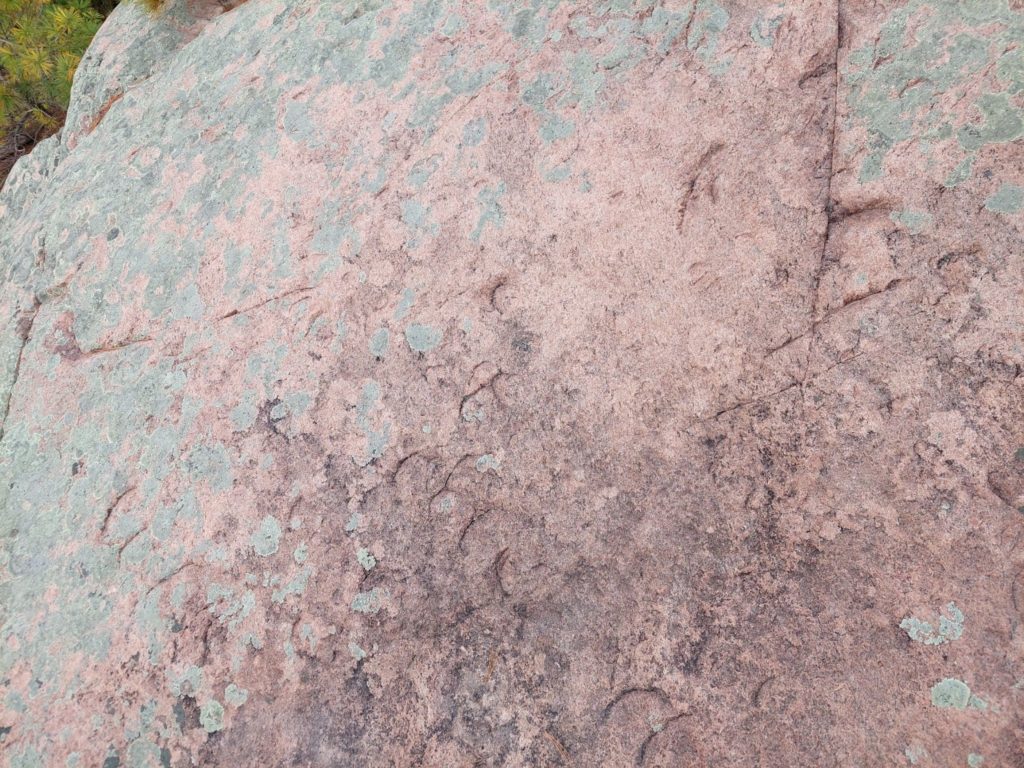
From 2-5, I ran another solar observing event. It was a bright, sunny day and there were plenty of sunspots visible! There was a lovely, continual trickle of visitors from the campsite checking in on the 10’’ telescope, and they all got a lovely view of the sunspots. This time I had access to an eyepiece with a nice, wide field of view that was able to image the entire sun at once, and I managed to take a decently clear image of it with my phone! Hopefully this will give you a good idea of the size of the sunspots on the surface of our star.
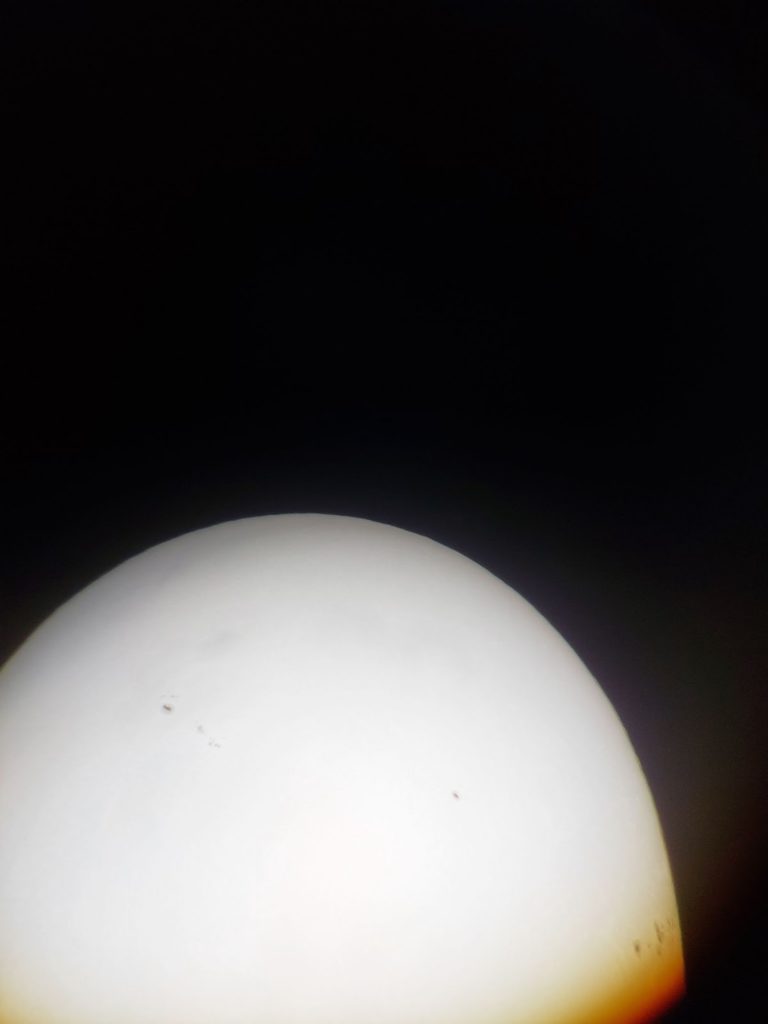
This time the visitors who had come for Stars over Killarney had their own solar scopes set up, which meant we had some awesome variety in terms of images to look at. While the telescope in Waasa Debaabing was imaging the sun in true colour, another telescope had been set up with a hydrogen alpha filter, that only allowed light though if it was at the specific frequency corresponding to the transition of an electron from the second to first excited state in a hydrogen atom. This is hydrogen’s brightest spectral line within the visible range, and since the sun predominantly consists of hydrogen, much of the light that it emits is at this frequency. This light is a lovely, deep red colour (it has a wavelength of around 656 nm, to be more specific), and the best part of shutting all the other frequencies out so effectively is that it allows surface features like loops and filaments, which would normally be drowned out by the bright photosphere, to be seen. Another astronomer had set his telescope up to view Venus, which is actually the brightest planet in the solar system but can normally only be seen shortly after sunset or shortly before sunrise since it orbits more closely to the sun than Earth does.
At 7:30, Dr. Osinski did a talk about his work as a geologist and his experiences training astronauts to recognize geological features. He showed us a series of images of the Martian surface and arid sections of the Earth, such as Devon Island in the Arctic and the Sahara Desert, to demonstrate how similar the two can be. These exotic locales are often used to simulate the surface of Mars in training exercises.
From 9 PM onward, we did another planet viewing. Once again we hit Saturn, Neptune, Jupiter, and Uranus, playing the music from the TSO as we stopped at each one. In order to try to preserve the visitors’ night vision, we would only turn the projector screen on for a few minutes after aligning to each planet, with most of the night lit only by the stars and our red light headlamps. This also meant we didn’t spend any time looking at deep sky objects this time, although our guests were of course free to point their telescopes at whatever they wanted. We livestreamed the entire viewing over Zoom, sharing it with our friends and colleagues at the Allan I Carswell Observatory. While it would have been nice to see Mars through the telescope at one point, it rises above the treeline so late that it once again wasn’t worth it. By the end of the night, I was exhausted, and grateful to have a warm bed to return to! After all, there was still another hike I’m planning to go on tomorrow at 10 PM, so I’ll need to rest up.
Today marks the last day of Stars over Killarney. Our guests filed out over the course of the day today, perhaps after spending a few more hours observing the sun. As a final conclusion to the festivities, we hosted a guided hike of the Granite Ridge Trail this morning at 10 AM, which focuses on the flora in the park, the chemical makeup of the soil that sustains them, the origins of these minerals in geological and astrophysical processes, and our connections to nature and the whole of the cosmos as human beings. It was an excellent hike, full of absolutely stunning views. While Cranberry Bog Trail winds through the wetlands to the east of the campgrounds, and Chikanishing Trail leads down to the lakeshore at the southern tip of the park, Granite Ridge Trail is located immediately south of the highway and passes through some of the highest points south of the La Cloche Range. There are some excellent views of the quartzite mountains to the north and Georgian Bay to the south, which I’ll share here. This hike really made me grateful that I was able to snag a spot so late in the season. The fall colours are already really nice, and they’re only going to get better over the course of my final week. I can’t believe I’ve only got a week left here! It feels like just yesterday I moved in. Still hoping to see the Northern Lights…
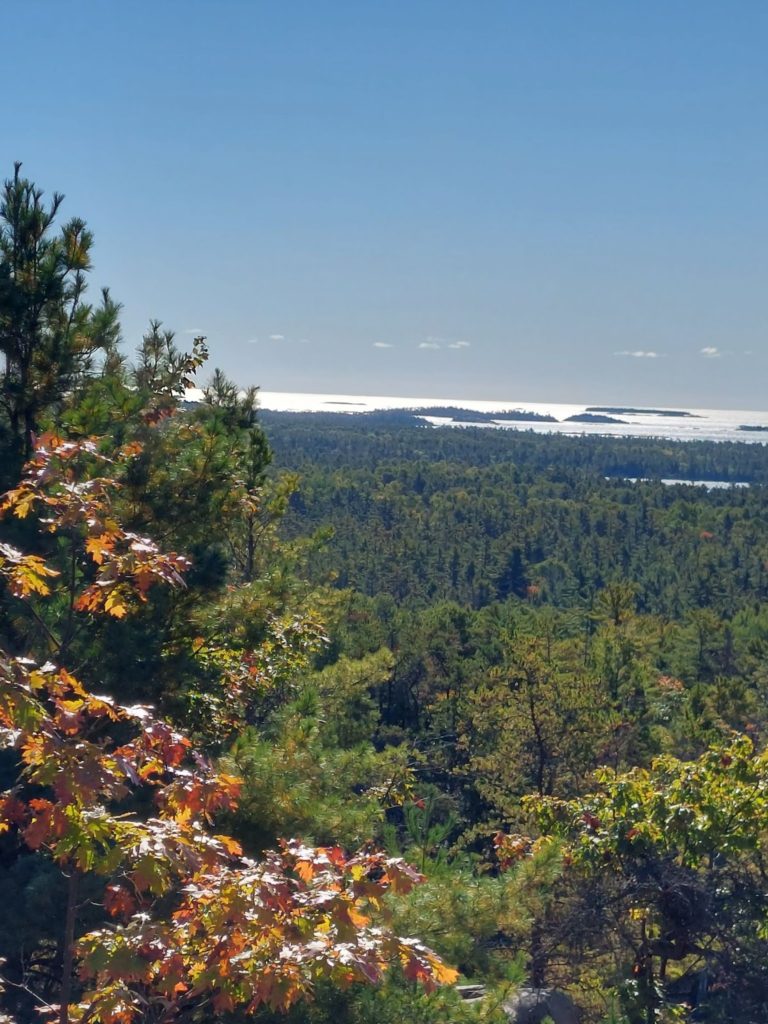
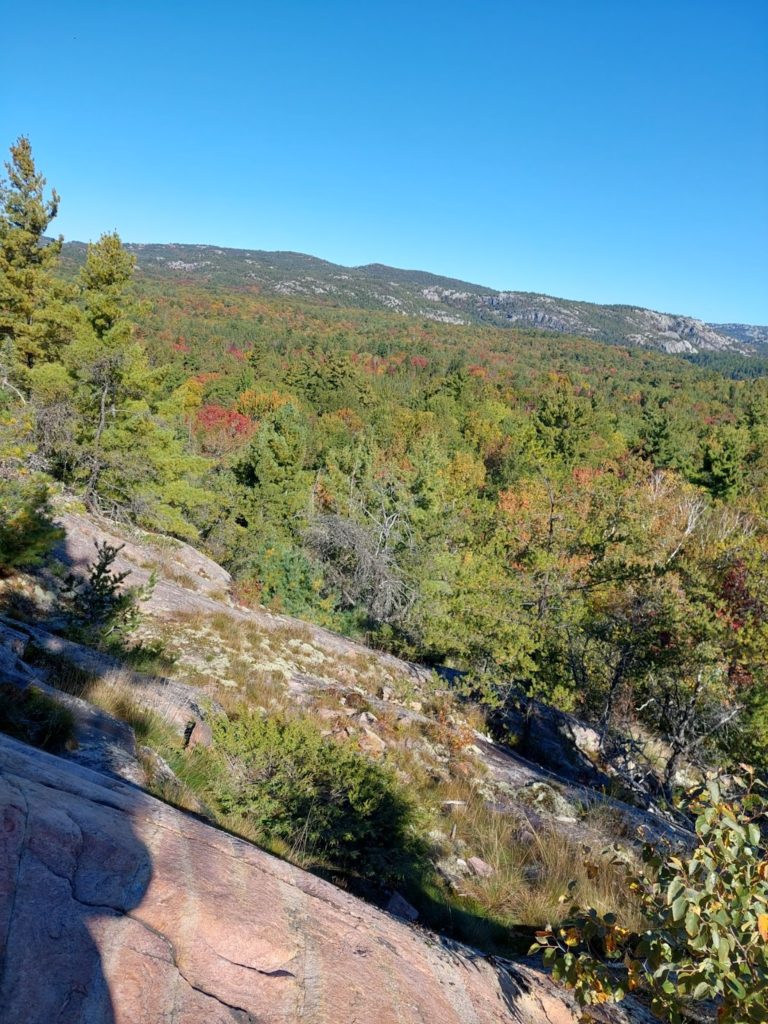
The rest of today was pretty quiet, I was mostly just catching up on work that I’d been putting aside while I dealt with the immediate business of Stars over Killarney. At one point a bear did get caught in a trap, however, which I got to see. Don’t worry, it wasn’t one of those awful spiked traps that you might be thinking of, the Ontario Parks Service doesn’t use anything so cruel. If a bear is staying too close to highly occupied areas, a cage trap is laid for it, which just contains the bear until it can be relocated to someplace further away from human habitation. This bear will be moved out early tomorrow morning, so it won’t be trapped for too long.
We’re all planning to rest up a little after Stars over Killarney, I think. I’m personally not planning anything too complicated for the upcoming week. On Wednesday and Saturday night, I plan to lead stargazing sessions at the beach, which I’ll bring some planispheres to. I was planning to run one of these during my first week, but I got rained out. Fingers crossed that it doesn’t rain on both nights! On Friday I’ll do the Sudbury Basin presentation again, since it seemed to be popular the first time. I’m hoping to get lots more hiking in as well.
Tonight I broadcasted an episode of York Universe from Killarney! If you’re unaware, York Universe is a weekly radio program about astronomy and astrophysics hosted by the students, faculty, alumni, and friends of York University, and it runs every Monday night (except holidays like next Monday) from 9-10 PM on Astronomy.FM: http://astronomy.fm/. Our archive of past episodes can be found here, if you’re interested: https://observatory.info.yorku.ca/home/online-public-viewing/yorkuniverse-episodes-archive/. The episode I just recorded was episode number 507, where Dr. Elaina Hyde and I talked about the time we each spent at the park, the 2017 Nobel Prize for the LIGO collaboration, the recent success of the Double Asteroid Redirection Test (DART) mission (our first foray into the field of asteroid redirection!) and many other topics. I love helping out with the show and chatting about astronomy with other enthusiastic people!
The Allan I Carswell Observatory team at York University helps out with York Universe broadcasts by moderating a chatroom where listeners can hang out, discuss astronomy, and look at our telescope imagery. They also host a weekly, virtual event on Wednesdays called Teletube, which is a series of livestreamed astronomy lectures and interviews on all sorts of fascinating topics! I helped out with plenty of Teletube events when I was a student, but next week, on October 12 at 7:30 PM Toronto local time, I’ll be appearing on an episode once again, this time as a guest. I’ll be discussing my time as the Astronomer in Residence here at Killarney Provincial Park, particularly during the Stars over Killarney festival that happened this weekend. It’s my understanding that several other members of the park staff here will be on air as well, and I’m eager to talk about it with everyone! So if you want to check it out (or if you’re reading this after October 12, if you want to watch the archive of it) check out the observatory’s Youtube channel: https://www.youtube.com/user/YorkUObservatory.
Today was the day I finally got to check out the Crack trail! It’s an absolutely gorgeous trail that slowly winds its way up through the forest and up to the quartzite peaks of Killarney Ridge. It can be quite steep at times, so it’s considered a “highly difficult” hiking trail. Near the end, it involves climbing up a series of boulders that have fallen into a large fracture in the rock face - this is the titular crack for which the trail is named. I didn’t find the hike too bad, but I made sure to pace myself, stopping regularly to rest when I got tired and drinking plenty of water. When climbing over boulders like I did near the end, it’s important to carefully plan out where you are going to put your hands and feet, and take time to steady yourself. A sign at the beginning of the trail advises that you do the following before hiking it:
- Ensure you are an experienced hiker
- Allow yourself approximately 4 hours of daylight to complete the trail (I started my hike in the morning, at 10:30 AM, for precisely this reason)
- Bring sturdy, closed-toed hiking shoes or boots
- Bring water for 4-6 hours per person
- Bring a day pack with a first aid kit, food, and extra clothing
- Bring a paper map which can be obtained at the George Lake Office
- Bring a phone, communication plan, and/or smartphone app which indicates your location
Furthermore, I’d advise you plan your hike for a day where there is little chance of rain, and ideally one where it hasn’t rained recently either. You’ll be climbing up an old mountain, over bare rocks in certain places. These can be very slippery when wet, and you’ll want to be careful as a result. Today the weather was very nice, and it has been for several days, so the rocks were nice and dry. That said, tomorrow there’s a high chance of rain, so I’m really glad I got to go when I did. Here are some images of the terrain I encountered, as well as the gorgeous view from near the top. Look at those beautiful fall colours!
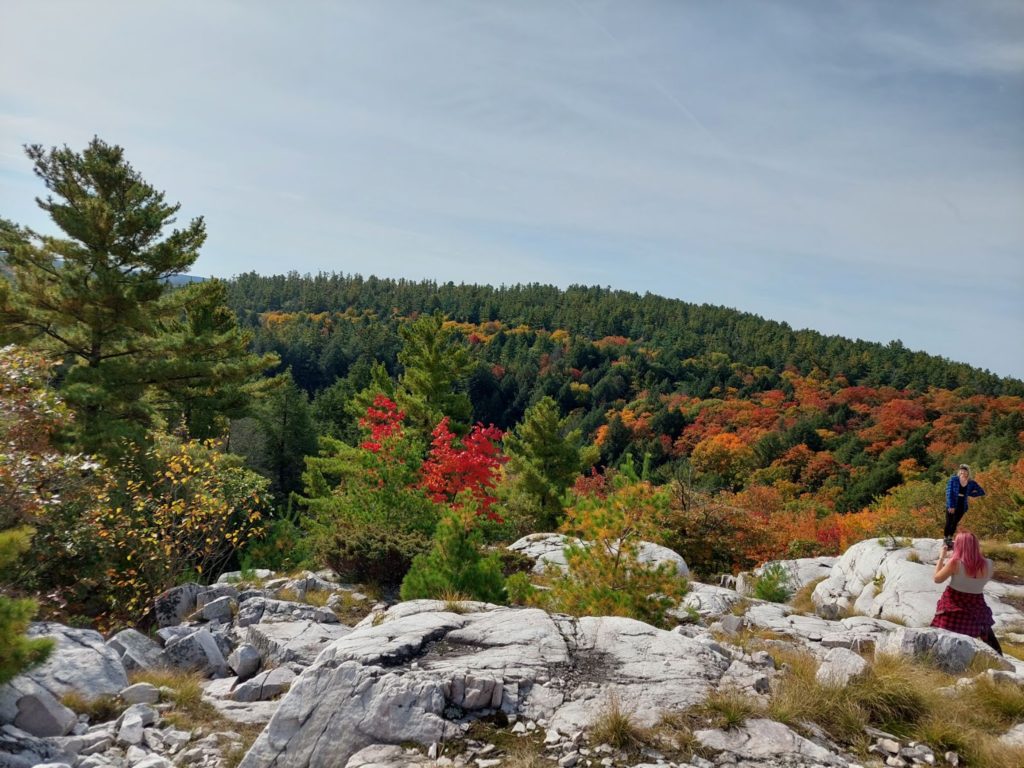
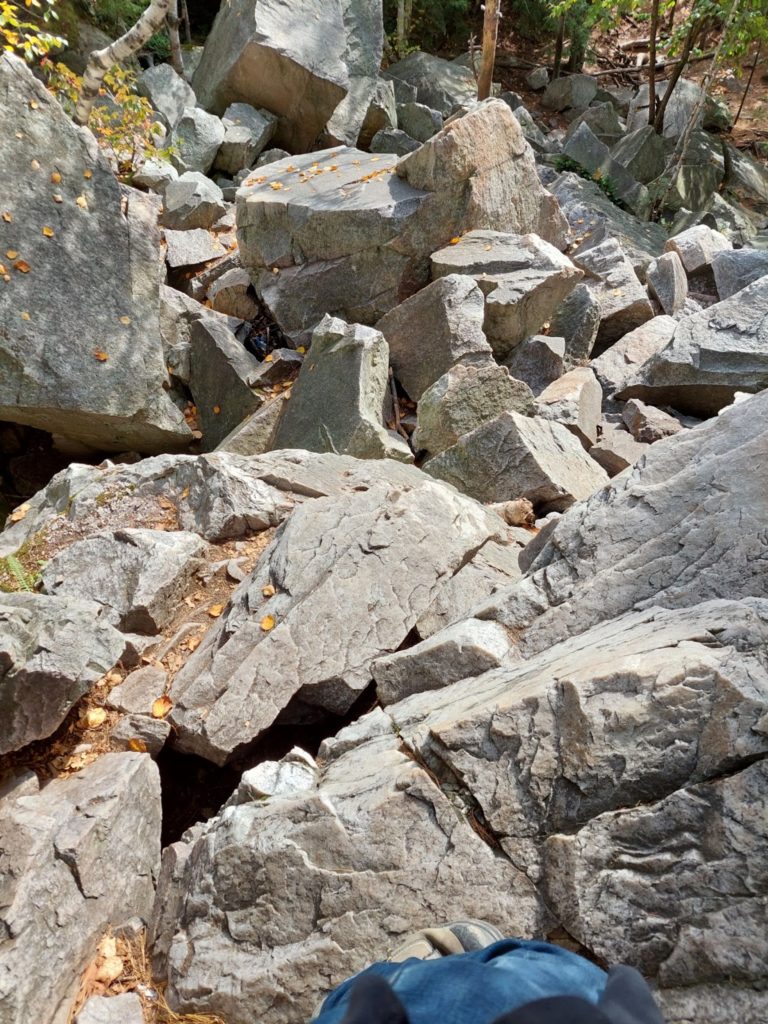
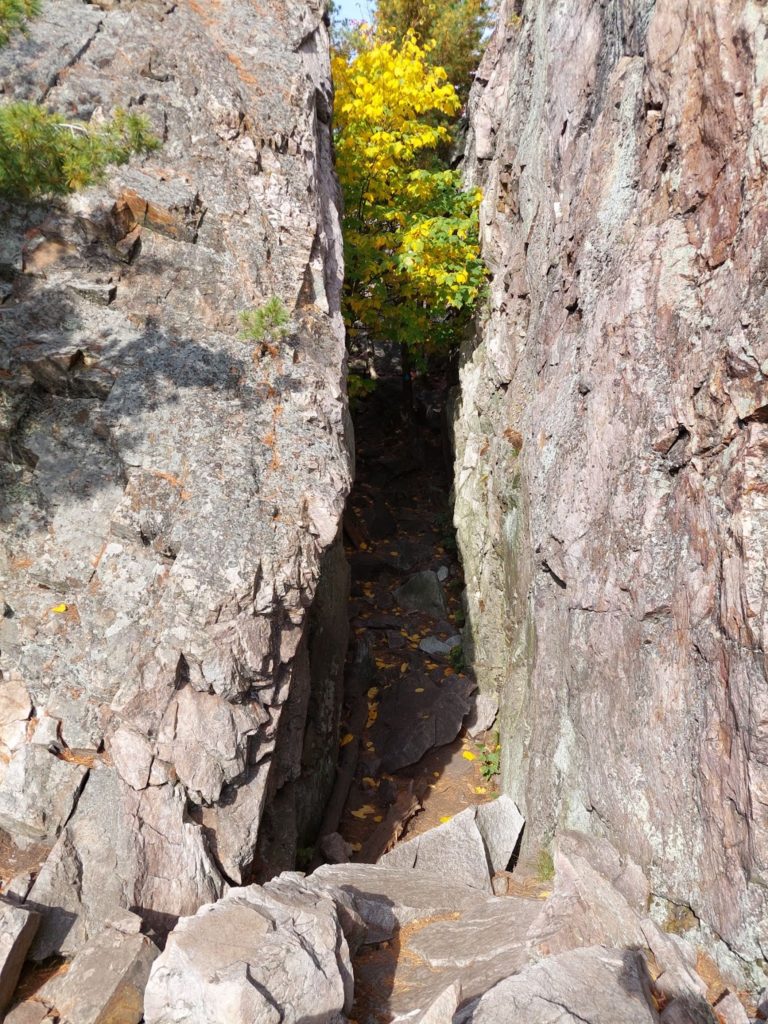
That big gap in the last image is the entrance to The Crack itself.
The Crack Trail is also an interesting example of trail rehabilitation. This trail has recently been redirected, bypassing a steep, badly eroded section that is no longer safe. This section of trail is then encouraged to heal by constructed “check dams” from rocks and logs that will slow the flow of water that is washing away the earth. Soil and organic matter is then infilled behind these dams. Erosion control mats made from jute and coconut fibre can also be used to keep the soil in place and protect it from rain while still allowing sunlight to reach the soil and encourage plant growth. As the plants grow, the mats will slowly biodegrade into the soil layer. I learned all of this information on the trail itself, where a sign helpfully informs hikers of the reason for the bypass they’re encountering. I think it’s so fascinating how trails like these can be protected from the damaging effects of rainwater and foot traffic without polluting the environment, allowing the natural beauty of places like Killarney to be preserved for generations to come. And there certainly was a lot of foot traffic to take into consideration! I must have encountered a solid two dozen people on the trail, all told. It’s easy to see why it’s so popular, with views as stunning as these. I’ll put all the other images I took in the images folder for you all to appreciate as well.
After the end of my hike, I took another quick trip into the town of Killarney. After stopping for a bite to eat at Gateway Restaurant and Bakery - a lovely little place with great pastries and sandwiches, which happens to be closing for the season on October 9, the day I leave - I paid a little visit to the historic Killarney East lighthouse. Until 1962, when roads leading out of town were built, Killarney was only accessible by boat. It had been established as a fur trade outpost in 1820, but developed into a fishing village over time. With Georgian Bay serving as the economic lifeblood of the town, two lighthouses were built in 1867 to guide nearby ships, known as the Killarney East and West lighthouses. They were automated in the 1980s, and now serve as guiding lights for snowmobilers and others who travel across the winter ice.
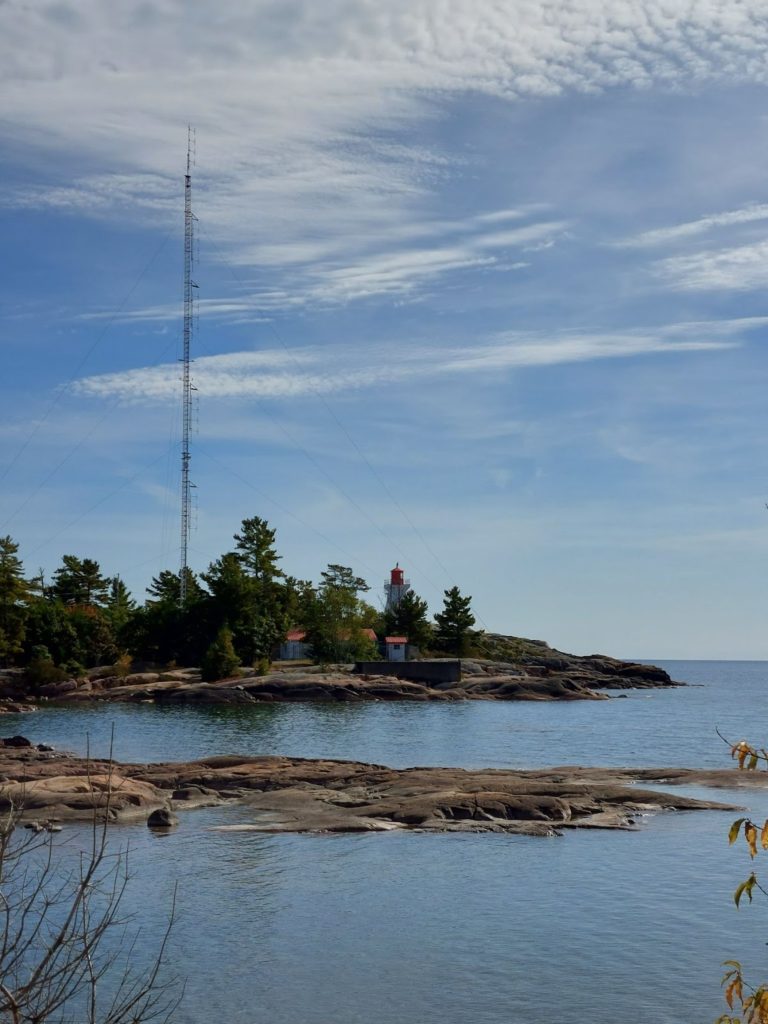
This evening, I hosted a stargazing event down at the main beach on George Lake. The purpose of these events is to show the constellations, bright stars, and planets to the guests, and to answer any questions they might have about astronomy. I was equipped with a laser pointer for pointing out stars and planets, some planispheres for identifying constellations, and a red light headset so I could see the planisphere without ruining my night vision. Unfortunately, the sky was pretty cloudy, but we were able to identify some bright objects like the Big Dipper, Arcturus (brightest star of Bootes, second-brightest in the northern hemisphere), Capella (brightest star of Auriga, fourth-brightest in the northern hemisphere), and Jupiter.
For anyone wondering what a planisphere is, I’ll give you a little demo using one of mine!
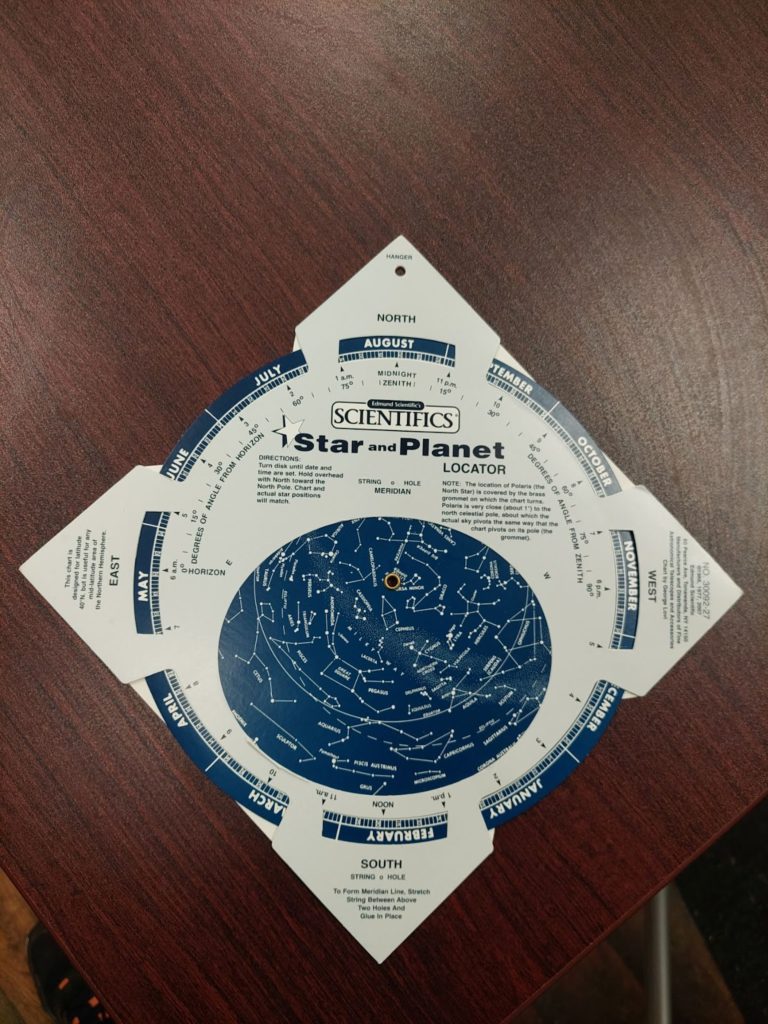
This is a planisphere. This is a pretty high-end one that I got as a gift, but you can print one out yourself if you want. All you need is some thin cardstock, a brass fastener, some scissors, optionally some glue and acetate film, and a printer that is capable of accepting cardstock (and acetate, if you want). When I was in university, I made a tutorial showing how to construct the planisphere based on the following set of instructions: https://in-the-sky.org/planisphere/. I’d highly recommend checking that website out if you want to make your own, as it has easy-to-follow instructions and design templates that will allow you to build a device that works for whatever latitude you live at (your latitude determines which constellations you can see and when, so you’ll need to make sure the star wheel you’re using is accurate for your latitude).
I won’t explain the process of constructing one of these things here - you can check out the website if you’re curious about that - but I’ll explain what they are and how they work. The planisphere consists of a central wheel that rotates within a housing, which is decorated with images of constellations. There is an ovoid hole in the housing that allows a section of the wheel to be seen at any given time; this corresponds to the stars that you would be able to see overhead at a given date and time (assuming your star wheel is for the correct latitude). Notice how the outer ring of the wheel in this image has tick marks on it that correspond to dates, and the inner ring on the housing has tick marks that correspond to times of day. To operate the device, simply identify the markings corresponding to the current date and time, and then rotate the wheel so they line up with each other. You’re now looking at a projection of the sky above your head, complete with labeled constellations!
Notice that, when you point the northern corner of the planisphere toward the north, east is on the left and west is on the right. This is the opposite of the way the coordinates are oriented in actuality. That’s because you’re meant to hold the planisphere upside down, above your head, so it’s easy to compare against the night sky! You’ll also notice that the east and west labels on the edge of the oval skymap aren’t at 90 degrees with respect to the north-south axis. This is because, unless you happen to live at one of the poles, the fixed points about which the stars appear to rotate are not directly overhead. In order to project a hemispherical sky onto a flat disc in such a way that any constellation that could be seen at any time of year is included, it is necessary to introduce distortions. This is why the southern constellations, near the edge of the disc, look kind of stretched out, and why east and west aren’t a full 90 degrees away from the north-south axis. Keep this in mind when using your planisphere! Remember that stars you see on the eastern horizon aren’t a quarter of the way around the edge of the oval from the northern direction! It might take some practice, but eventually, you will get the hang of it!
It’s raining pretty hard today. I’m really glad I went on the hike yesterday! I’ve heard there’s a chance it might even snow at some point this week. I hope that doesn’t happen when I’m running one of my programs! I’ve got another stargazing session prepared for Saturday around 9 PM, and tomorrow I’m going to give another presentation about the Sudbury Basin at 7 PM. Today, I’m just focusing on packing up and preparing for my moveout. I’m moving out on Sunday. I can’t believe I’m leaving here so soon! It feels like only a week ago I moved in. I really hope I can come back next year!
A little bit of rain today, but not much, and certainly no snow that I saw! I did my talk at 7 tonight and I think it went really well! The number of guests at the park is starting to dwindle as the weather gets colder, but everyone who attended had great questions and I feel energized afterward. I’m going to make sure I finish off the perishables in the fridge over the next couple days, get the dishes done, pack up, and sweep up in the cabin before I move out. The fall colours are really impressive now too, hopefully tomorrow I can go for a daytime walk and get some pictures of them!
Speaking of images though, here’s a shot of the full moon and Jupiter above my cabin that I took tonight. When the moon’s full like this, you can’t see as many stars, but I feel blessed to have had an opportunity to see the Milky Way in all its glory during my first couple weeks here. Being from the Toronto area, I’d honestly never seen so many stars before!
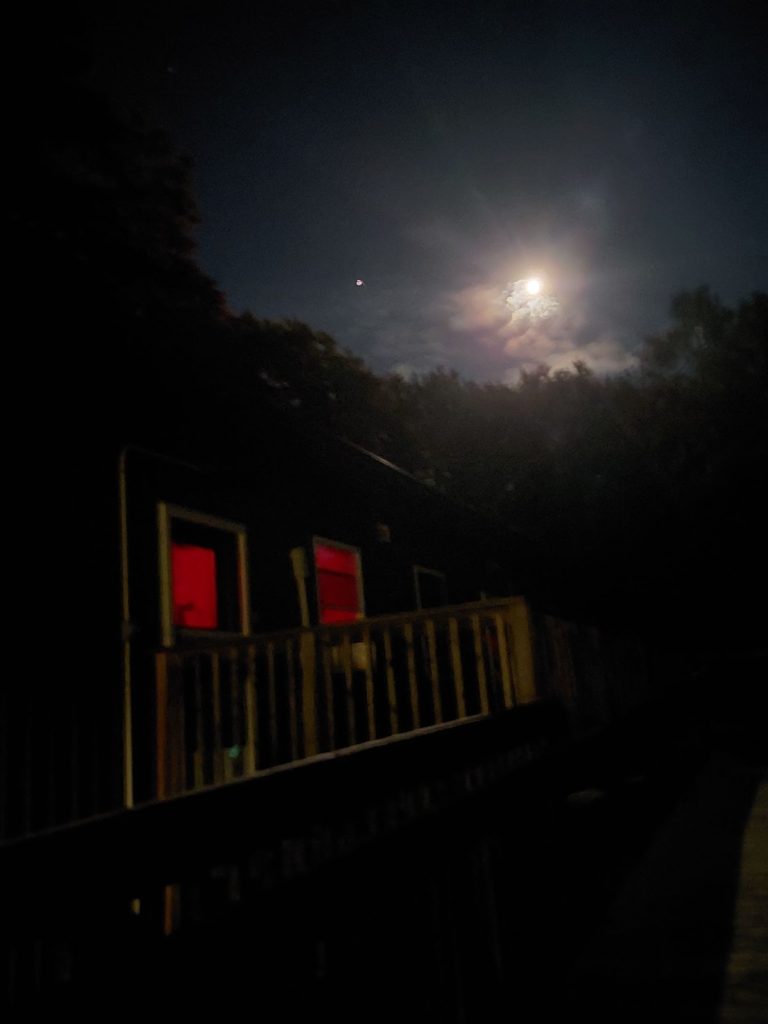
Tonight was my last night in Killarney. I leave tomorrow afternoon, just in time for Thanksgiving! I’ve had a great time here, hiking and swimming and meeting the campers, and of course the stargazing has been truly one of a kind. I really hope I get to come back and do this again someday.
I capped off my time at the park with one last stargaze at the beach. It would have been nice if there had been clear skies, but unfortunately the sky was thick with overcast. I couldn’t even see the moon for most of the night, let alone the planets or stars. But there were still a few interested members of the public who came down to speak with me, and I answered their questions about astronomy, talked about my work, and showed them how to use a planisphere. We had a few planispheres at the park that the Royal Astronomical Society of Canada donated to us to use as gifts for guests, which he handed out for the visitors to take home. They’ll be able to fit them together and use them themselves! If any of you are interested in getting your hands on one of these RASC starfinders, more information can be found here: https://rasc.ca/star-finder.
I’m gonna miss this place. Everyone I met here was so friendly and I really felt at home these past few weeks. I’m making sure that the fridge gets cleared out tonight since I don’t have a lot of room to take things home. Everything I’m unable to eat will be a nice gift for whoever wants it in the staff kitchen, although to be fair it’s mostly just a box of cereal, some pancake mix, and some condiments anyway.
Today is the day I leave. I’ve packed all my things and I’m ready to go. The leaves look gorgeous right now, so I’m gonna try and take a picture of the fall colours on the way out of the park.
I’m so grateful for my time here, and while I’m certainly gonna miss this place, I’m glad that I’ll get to see my family for Thanksgiving. But Killarney is a beautiful park, full of friendly people, gorgeous scenery, and incredible, dark skies. If you’re thinking of taking a camping trip in the summer, I can’t recommend it enough. Maybe if I’m lucky, I’ll be able to come back, and we might even encounter each other. Who knows?
Until then, this is Quinton Weyrich, the final astronomer in residence for 2022, signing off. Happy Thanksgiving, and clear skies.
